July 11, 2025-"The Death Dance of the Dodo (Didn't Hear it From Me)"
I've recently been deeply interested in and affected by the tragedy of the dodo. Most people are vaguely familiar with the dodo, but it is an animal which is most famous for being dead. It occupies this grim cultural place generally as the victim of idiomatic expressions which harp on its fate - 'He's gone the way of the dodo'. In David Bowie's abortive attempt at a'1984' musical (later subsumed into 'Diamond Dogs'), an unreleased song titled "Dodo" describes an characters being sold out to the authorities for "brainwashing" by their own children and neighbors. The chorus "He's a Dodo/No no/Didn't Hear it from me" frames his plight in whispered gossip, the characterization "DoDo" here signifying portents of inevitable doom. This is how, poetically, the Dodo finds its cultural place: a Symbol of Extinction, ill-adapted for a life under the thumb of its masters.
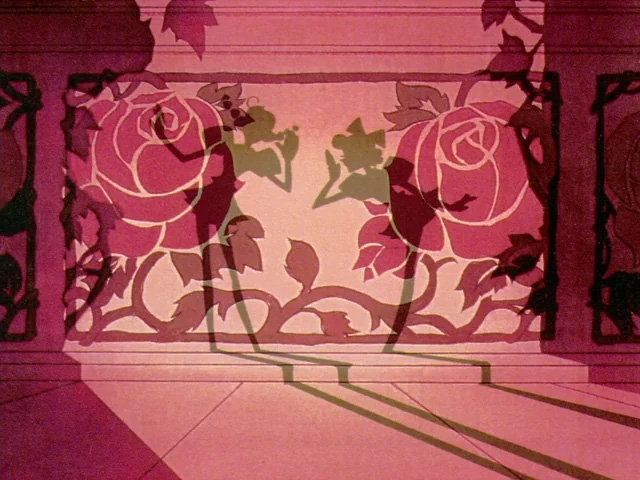
'HE'S A DO-DO / NO, NO / DIDN'T HEAR IT FROM ME'
If you accept the notion that the Dodo was, in the immortal words of Lana Del Rey, Born To Die, there's a map to understanding the other realm that this bird occupies in our collective imagination; being the Bird of the Absurd. While Europeans discovered the Dodo in 1598, most agree that it didn't really enter Western popular culture as an object of fascination until 1865, when famously it was included as a character in 'Alice's Adventures in Wonderland'. It's written that Carroll intended the Dodo to be self-referential to his habit of stuttering and his real name "Dodgson" (*or Do-do-Dodgson for a stutterer*). Here it is the Dodo's role to coordinate the "Caucus Race" where all competitors run in random patterns and different directions and hence, Every1's a Winner and they all get prizes (jellybeans from Alice's pockets). In the Disney™ version, the Dodo encourages The White Rabbit to burn his own house down to scare off the "monster" inside (Giant Alice), singing a catchy chorus, "We'll Smoke the Monster Out"...
...more on that later.
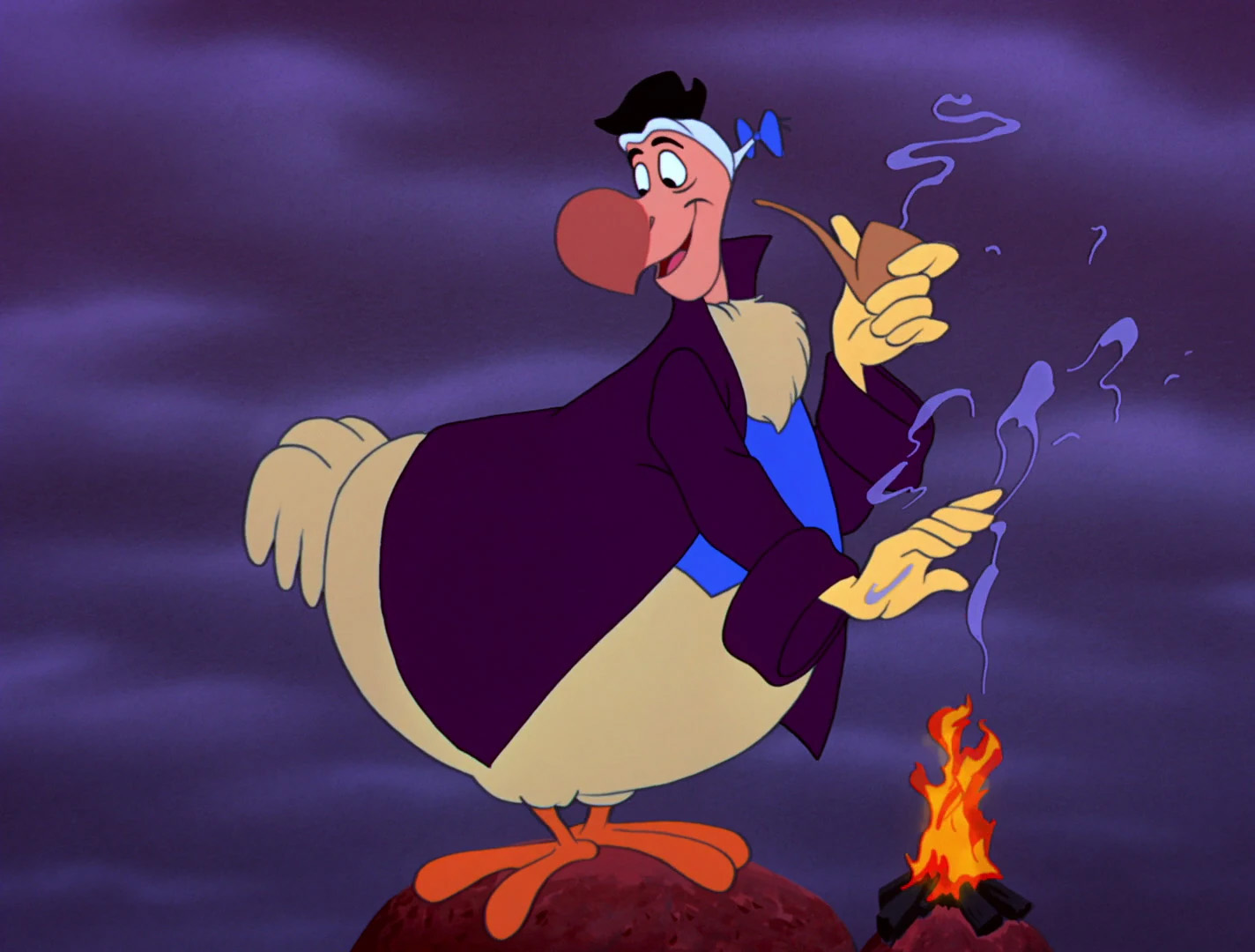

(SMOKING THE MONSTER OUT)
The legacy of the Dodo as the Bird of the Absurd was cemented in the brilliant and influential 1938 Bob Clampett Looney Tunes Short 'Porky in Wackyland', in which Porky Pig travels to "Darkest Africa" (0_o) on the hunt for "The Last of the Do-Do Bird".  The home of the Do-do is indeed a Wackyland, filled with mad and bizarre nonsense creatures, exploring fully the absurd possibilities of the animated cartoon gag to the limits of imagination. The Do-Do, rendered reductively in a beautifully minimal series of shapes and topped at the head with a tiny umbrella is of course Wackyland's most famous and illustrative denizen. The Dodo and everything else in Wackyland embrace postmodernism, reject logic, destroy physics and build weird. The Dodo pops out of the Warner Brothers Logo itself floating in the sky and targets Porky's game hunter with a slingshot. It's all silly stuff! But there's also a potential Utopian reading of the whole thing---this however requires that one take into account the true and tragic story of the real-life Dodo, which indeed lived in an extremely remote region, close to Africa, and was likewise the target of colonial bloodsport...
The home of the Do-do is indeed a Wackyland, filled with mad and bizarre nonsense creatures, exploring fully the absurd possibilities of the animated cartoon gag to the limits of imagination. The Do-Do, rendered reductively in a beautifully minimal series of shapes and topped at the head with a tiny umbrella is of course Wackyland's most famous and illustrative denizen. The Dodo and everything else in Wackyland embrace postmodernism, reject logic, destroy physics and build weird. The Dodo pops out of the Warner Brothers Logo itself floating in the sky and targets Porky's game hunter with a slingshot. It's all silly stuff! But there's also a potential Utopian reading of the whole thing---this however requires that one take into account the true and tragic story of the real-life Dodo, which indeed lived in an extremely remote region, close to Africa, and was likewise the target of colonial bloodsport...

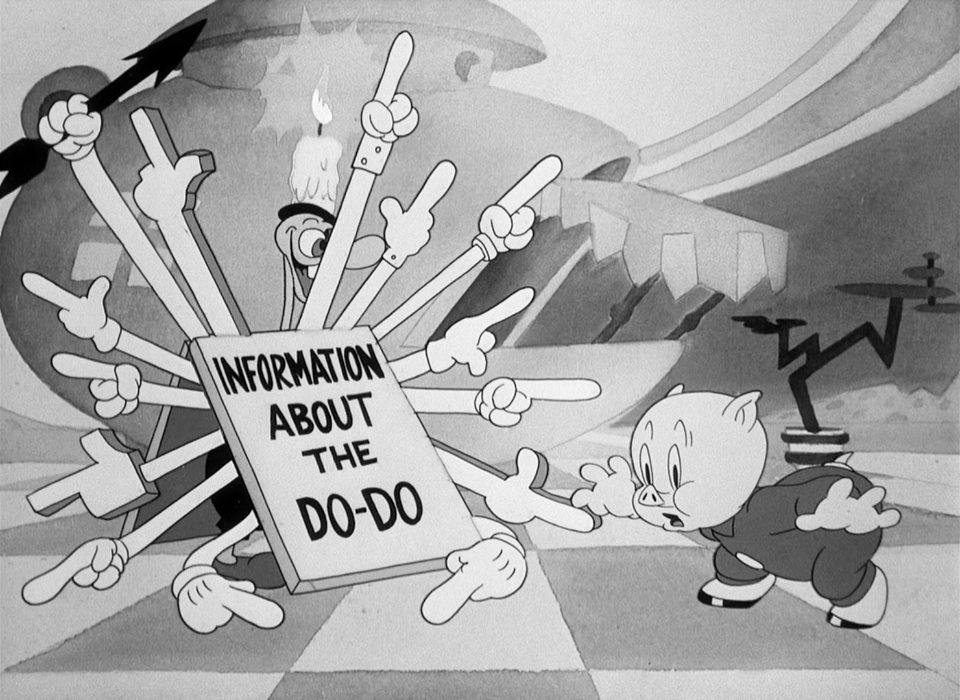
See Dodo Detail inThe Temptation of Saint Anthony, 1617 by Dutch painter Roelandt Savery, who frequently depicted Dodos. The Dodo here has the body of a lobster, and the whole scene would not be out of place in Porky's Wackyland.
So what was the Dodo, in actuality? It evolved on Mauritius, a tiny Island east of Madagascar, populated by unique species endemic to the island, (including The Flying Fox !). It was in 1598 that Dutch Sailors, who were in the region undoubtedly because they were already up to no good in South Africa, made landfall in Mauritius. Mauritius at that time had been virtually untouched by human hands (though possibly some indigineous Madagascarese, East African or Middle Eastern individuals had sailed there over the years without disturbing the island too much.) Finding the Island littered with these oddball flightless birds, the Dutch nicknamed them "Dodaars", or "Fat-ass"---and so the insult preceded the injury. Being short-legged, flightless, and unafraid of humans, the Dodo were an easy prey for the hungry sailors.
IT TOOK ONE HUMAN LIFETIME TO DESTROY EVERY LAST DODO ON EARTH.
There's a natural allegory to be observed in the Dodo's story, in the inevitable end result of the colonial project of land-snatching, subjugation and resource extraction: Extinction, or if you prefer, Genocide. That the Dodo carries with it, alongside the ghost of extinction, also the spirit of absurdity, rhymes neatly (horrifically) with the fact that by 1710, the Dutch had left Mauritius altogether, having taken what they could and ultimately deciding the place was too remote for a practical colony, leaving the Dodo a casualty of a project which was finally meaningless, and so it makes its home now in meaninglessness. In Wonderland the Dodo's dominion of meaninglessness results in the chaos of the caucus race, a mad dash in all directions for all to victoriously claim dubious prizes (the historical Scramble for Africa"?) and destruction by fire. As for Wackyland?
In the end of the Bob Clampett cartoon, Porky Pig disguises himself as a newspaper seller, hocking the headline that the last Dodo had been caught at last. The Dodo, the headline holding obvious interest to him, stops to read it, and Porky hits him with a mallet, casts off his disguise and catches the Dodo by his long silly goose-neck. He jumps up and down, clicking his heels with glee- "Oh Boy, I D-d-did it, I caught the Last of the D-d-d-odos!", to which our dear Dodo replies, "That's right, I'm really the last of the Dodos - Ain't I, Fellas?", and scores of Dodos appear from the shadows to surround and mock Porky!
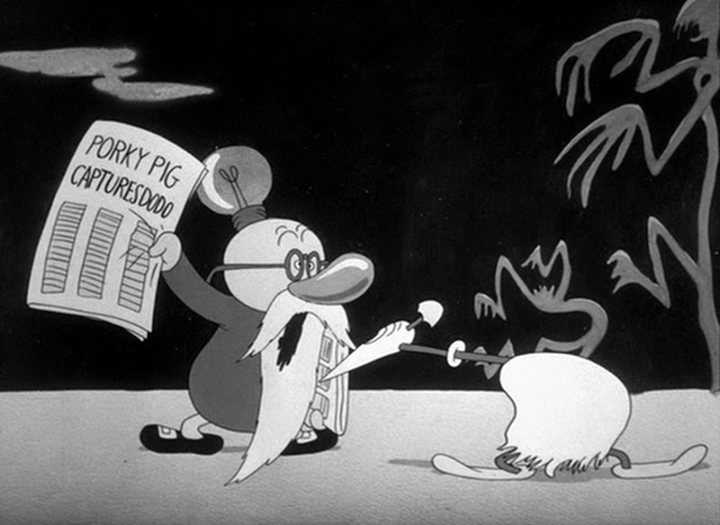
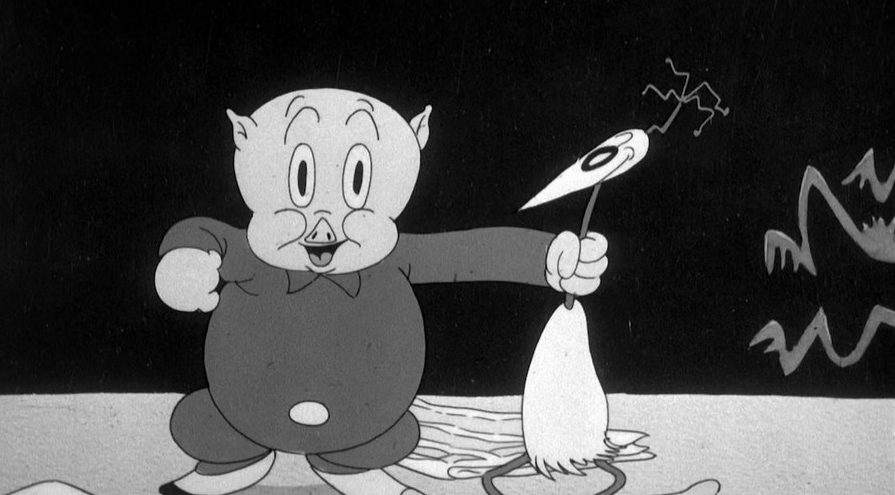
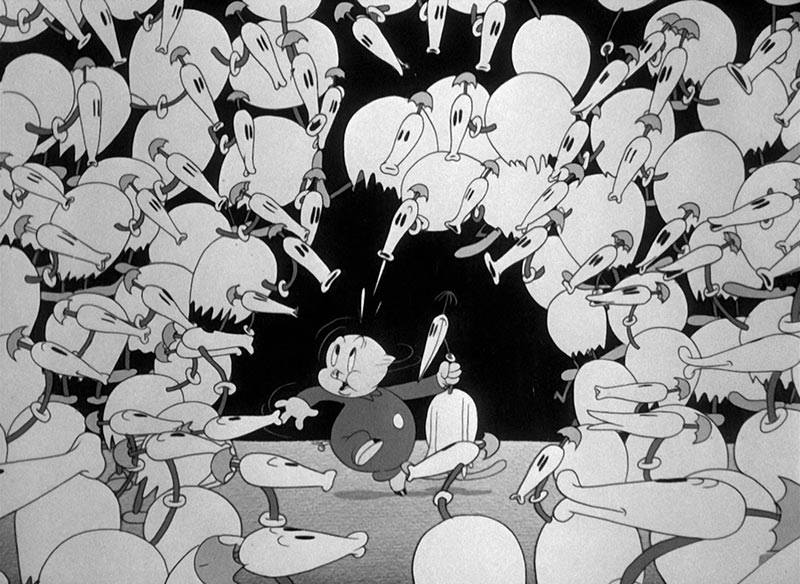
This absurdity is aspirational - if Wackyland reflects the real world's meaninglessness, then forgetting the burden of logic, the so-called "Last of the Dodos" can really be one of many "Lasts of the Dodos." It's hopeful! And if also, our real world is the meaningless one, then is there a possibility for the Dodo to live on in a real sense? De-extinction cloning tech grifters Colossal Biosciences Inc. claim to be working on de-extincting the Dodo as one of their many animal resurrection goals. Scientists are quick to point out their Dire Wolves are not real Dire Wolves, and so if they make a Dodo it would probably only superficially be a Dodo (maybe just a 'Do'). Still, it's fanciful stuff, if the copy on their website is to be believed. One wonders what the end result of such an experiment would be, were it successful. Would their cloned Dodo be an absurd, lonely bird, "The Last of the Last of the Dodos"? Would they make more? Lots of them? Where though would they live? Surely in captivity at first, but then wouldn't these Dodos still be in thrall to a colonial paradigm? Or could they be repatriated to Mauritius? These Dodos being fake and lacking a Dodo's instincts and community, would they even be able to live there comfortably? I imagine the place has changed after 350 years sans-Dodo. I worry that Colossal's resurrected Dodo would simply fall into its prescribed image of doom and absurdity by dint of the fact that the world of the Dodo vanished centuries ago. Maybe the only place a Dodo can be happy is in Wackyland or its cousin country, Wonderland. It's my enduring fantasy that one day I will wake up in New York City, walk out on the street and be delighted to find that, instead of pigeons everywhere, gathered in clusters in parks and sidewalks, were dozens of my beloved Dodos, given a new home and a fresh start in the greatest city in the world. Old ladies feeding dodos bits of bread, couples daring each other to get close. I'm deeply skeptical the pseudoscientists at Colossal will be able to pull off a happy, heatlhy population of Dodos like the one I'm envisioning in our Dodo's Paradise, NYC. In our current technological moment it's probably only possible with AI. I even tried making this image, only to find the results somewhat phony and disappointing:
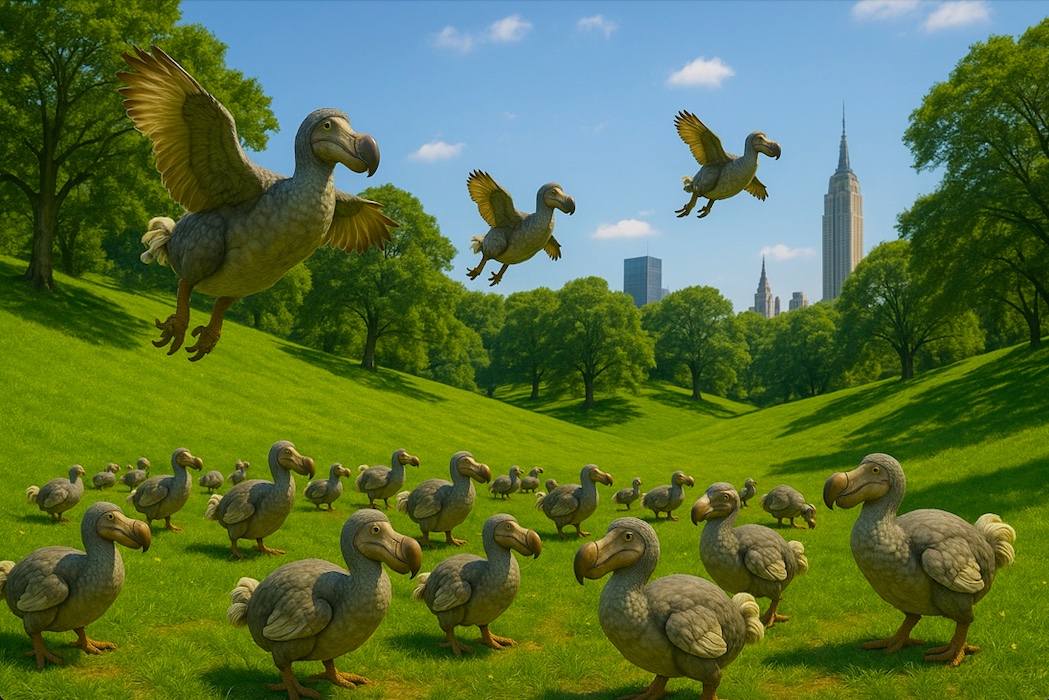
The flying Dodos are amusing, obviously AI models are further evidence that we may live in Wackyland after all. But one should keep in mind that the incredible amount of natural resources even minimal AI tasks consume is inevitably dooming some other natural population of some far-off place that the insatiable Western maw will next dominate, extract, and leave a wake of extinction behind. If we should seek to revive Dodos, we ought to take care that in so doing, we are not damning a host of other innocent creatures to become Dodos of their time. Dear Dodo, Doomed Bird, Bird of the Absurd. you may have perished from this land but you live on as a creature of art, your powers and potential forms limitless.

May 16, 2024-"Dune of Interest"
The first nice day of the year was two Sundays ago, it was well-spent by me---mostly riding my bike through Greenpoint and Williamsburg and enjoying a book by the waterfront (I finished 'Matrix' by Lauren Groff, a good novel about an ambitious and mystic French nun in Medieval times.) I went to the movies twice that day---I've been making an effort the last few weeks to try and see new films. I'm recently fixated on how the contemporary landscape of films reflects our epoch, and it was an interesting experience to see these two films, 'Dune Part Two' (Denis Vellenueve) and 'Zone of Interest' (Jonathan Glazer) back to back. The two films, in terms of tone, form, and content couldn't be more different from each other. Nonetheless, it's impossible to view either in our current political landscape without drawing considerable parallels with the ongoing genocidal activity in Palestine. Glazer himself made this explicit in his much-talked about Oscar acceptance speech---for me, the classiest moment of the whole ceremony; though it seems to have struck a nerve with certain circles and has brought considerably more controversy to the filmmaker than I ever would have imagined...). What Glazer said was that he "refutes his Jewishness and the Holocaust being hijacked by an occupation which has led to conflict for so many people. Whether the victims of October 7 in Israel or the ongoing attack on Gaza — all the victims of this dehumanization, how do we resist?” and two things stand out about this -- one, the basic reasonability and truth of this simple statement; and two, how could anyone, having seen 'Zone of Interest' be surprised that the director had this to say?

When asked about Glazer's speech, the always perfect Kirsten Dunst said,
"My interpretation is that he was saying 'Genocide is bad." I assume this is face she made after saying that.
I saw 'Zone of Interest' at a Regal Cinemas, which was a startling experience while watching it, because I worked at a Regal Cinemas when I was in high school, and being the kind of person I was, I would constantly be asking questions I already knew the answer to about the programming - "Do you think we'll open Lars Von Trier's 'Antichrist'?" I must say I was reasonably impressed because 'Zone of Interest' is easily the most avant-garde film I've ever seen at a Regal by a longshot. The film has little plot and very little camera movement, shot mostly security-style from fixed, unmanned cameras around the property of Auschwitz Commandant Rudolf Höss, whose family lives in a pleasant bourgeois home with a painstakingly manicured garden that shares a back fence with the death camp itself. This is the kind of metaphor that would seem a little too obvious if it weren't actually historically accurate. The way the effect of this horrific juxtaposition is given both gravity and subtlety is in the film's sound design, where the story is really told. (Most deserving sound design oscar winner ever---usually they just give this award to the movie with the most sound!)
The film concerns itself visually with the mundane details of the Höss family's life, never glimpsing beyond the stone wall, but ever-present is the echoing sound of not-so-distant suffering, tuned out at every turn by these Nazi bourgeois. Gunshots, screams, commands, form a sonic atmosphere which lives threateninly beneath every moment of this film, periodically puncutated by the brief glimpses of black smoke billowing out from crematoria. The film's ever-present sound in clash with its pastoral visuals suggest a commentary on our modern engagement with atrocity that I haven't quite seen articulated but I think maybe might get at why this film and the unsurprising revelation of Glazer's political stance might be triggering for some people who are taking an ostrich strategem of dealing with the genocide in Gaza.
 "I love ostriches. They are realists. They believe only what they see. When everything is going wrong and the world gets too ugly, they need only close their eyes very firmly to blot out the exterior world as purely and simply as the little laundress blotted out the prince in Renoir's ballad." - JLG, Revewing Sirk's 'A Time To Love and A Time To Die,' another film about a German soldier as ostrich-type.
"I love ostriches. They are realists. They believe only what they see. When everything is going wrong and the world gets too ugly, they need only close their eyes very firmly to blot out the exterior world as purely and simply as the little laundress blotted out the prince in Renoir's ballad." - JLG, Revewing Sirk's 'A Time To Love and A Time To Die,' another film about a German soldier as ostrich-type.For those living in the United States, the situation out there is a (literally) distant nightmare, like all of our doomed excursions into the Middle East which have plagued the first quarter of this century relentlessly. With our recent histo in mind, from the perspective of an American, it's hard not to look at 'Zone of Interest' as an allegorical code, illustrative of the terms of our prosperity, in regards to our involvement in foreign horrors. Of course, it's obvious the filmmakers did not have this particular war in mind when making the film, having completed it months before Oct. 7, but the sad fact is, for denizens of a Western nation, it appears there is always, if not one then another conflict such as this to hide our heads in the sand from. What's different with this war, as opposed to Afghanistan or Iraq, for instance, is that the technological advent of social media has now done the equivalent of making that wall which divides the manicured garden of the Höss family from the atrocities of Auschwitz a few feet shorter. The distant sound of murder, ever-present through the film takes on a fresh meaning with its advent, that is, a reflection of what we see every time we open Instagram or TikTok. The common word on the Vietnam War is that public opinion in the US was turned against it as its carnage was beamed nightly into our TV sets. That mistake was made sure not to be repeated with the intention distance and obfuscation of the coverage (or lack thereof) of our imperial adventures in Iraq and Afghanistan. But with Gaza that veil of control has been lifted, as there is no stopping the endless leak of social media--no longer highlighted on the nightly news, but straight into our hands and pockets, 24/7.
The sudden intrusion of atrocity clips into our standard video feed of banalities begs the questions of the type of effect it has on our processing of these images via the ways we've been accustomed to through the cinematic language of montage. In the Eisensteinian mode, where 1 + 1 = 3, the clash between two unlike images resolves in a third synthetic image (in other words, dialectics). A typical string of Instagram stories viewed in the Spring of 2024 will thus look something like this:
BRUNCH PHOTOGRAPH->SHOW ANNOUNCEMENT->MASS GRAVE->NATURE ADVENTURE->BIRTHDAY PARTY->DESTROYED GAZA HOSPITAL and so on etc. My belief is it's the tension resulting from this montage that has brought the protest movement against the war to the unignorably intense pitch it has reached (and rightfully so). To continue the analogy of the Vietnam War, it's probable that a similar effect was brought about in the late 1960s by the juxtaposition of 'Gilligan's Island' and other like campy fare with the My Lai Massacre on the evening news following it. It's telling that Instagram introduced a new feature into it's normally infamously uncontrollable algorithm in response to this tension:a switch that filters so-called "political content" out of one's feed. (I struggle to understand how this is supposed to work, as one can read 'politics' into just about any form of content...). This algorithmic filtration catering to those who prefer not to look has an analogue in another interesting feature of this film, the decision to capture the action using 10 unmanned mounted cameras in chosen locations throughout the property. The implication is that these events occur whether we choose to be present for them or not, but while these surveillance-style cameras never peek over the fence, they do capture many interactions between the Höss family (esp. Hedwig, chillingly played by Sandra Huller--I much preferred this film to her other big show this year in Justine Triet's overpraised courtroom procedural 'Anatomy of a Fall') and their Polish servants, obviously impressed into work on cruel terms -- highlighting a dimension of colonialism implicit but often absent from Holocaust narratives.
The subject of colonialism brings us back to the 1 + 1 = 3 formula of Eisensteinian montage and the unlikely double feature I spoke of at the beginning of the issue.
 +
+ =
=
Denis Vellenueve's 'Dune Part Two' hits differently than 'Dune Part One'. Some of this might be because the filmmaking was emboldened by the success of the first installment, or it may be because of its opportunity to more fully tell the second half of the story than in the infamously truncated (and obvious point of comparison) attempt by David Lynch at adapting Frank Herbert's 'Dune' in 1984, thus becoming it's own object rather than something to be held against the previous version; or, perhaps its possible that the timeliness of its release has some effect on our perception of its significance and its aesthetics.
Firmly situated in the epic mode of escapism, 'Dune', like its source material, is at once and exotic adventure and a psychedelic political allegory. The novel has always had an obvious allegorical reading pointing to the involvement of Cold War imperial interests in the resource-rich Middle East, with the depraved Harkonnens and the squarely honor-loving Atreides standing in for the USSR and the USA respectively, and the spice Mélange an obvious stand-in for oil. 50 years on though, in a post-cold war (ish) context, what does this narrative connect to now? In Dune Part Two, we see Paul Atreides and Lady Jessica assimilate into the Fremen tribe of Arrakis, gradually working their way into leadership positions by manipulating the context of a messiah prophecy (conveniently planted into the heads of the desperately religious Fremen by the Bene Gesserit order, of whom Jessica is a member (albeit one in defiance). Paul (Timothee Chalamet) at first resists this messianic identification, but comes to see the political advantage in embracing it in his own quest for revenge on the Harkonnens for the murder of his Father and destruction of their familial dynasty in 'Dune Part One'. However, Paul's taking on this mantle of the savior, the Lisan Al Ghaib is what ultimately results in the corruption of his soul. (this is also signified within the narrative with the revelation of Lady Jessica's and thus Paul's Harkonnen parentage). It's interesting to note that Paul's corruption is mostly absent from Lynch's adaptation (though possibly due to hack-job re-edits---to me it's almost as though Lynch finally made good on the promise of this premise with emergence of the evil Black Lodge Cooper in 'Twin Peaks: The Return'). Chalamet, whose Paul came off as a somewhat unlikeable brat in the first part, makes good on that initial unlikeability by slowly revealing Paul's sinister side, and its in this that that the films relationship to contemporary geopliticking is revealed. One might have classically understood the Atreides to be the Americans and the Harkonnens to be the Soviets, but on a closer reading, you must look at them in a broader ideological scop than that. Despite Paul's boy-scout energy, it's more useful to look at him and his house less as simply "American" but more as simply embodying the idealistic within Western political philosophy (important this can refer either to capitalism, or communism -- the vaguely fascist militaristic pride that the House Atreides presents does not discriminate ideologically and could be found in both mid-century USA and USSR, China, Europe, and other places.)


Will Filmmakers Ever Get Tired of Quoting 'Triumph of the Will'??
With this and the fact of Paul's half-Harkonnen roots in mind, rather than interpreting them as a stand-in for a rival imperial power, it makes more sense to understand them as symbolic of the ideological rot at the core of all of these various Western ideologies ---they are, purely, the spirit of imperialism and colonialism (which stained the so-called communist countries as much as the capitalist ones.) This is one reason why Lynch's Harkonnens are the best part of his flawed film---his powers are at their height when showing us the ugly that lives inside the ideal, whether it's the seedy underbelly of the picturesque suburbs or the black heart beating under the gloss of Hollywood. You can see Baron Harkonnen as an early version of the Man behind Winky's or other similarly grotesque archetypes of the corrupted soul within his later works.
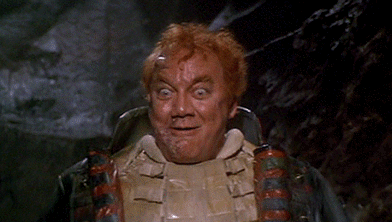


Dune: Part Two reflects the Biden doctrine in the Israel-Palestine conflict as his desire to be the "good guy," a force of "normalcy" in American politics is complicated and paradoxed by his incongruous continuous support for Israel in the face of their atrocity. Much as Paul Atreides looks like the good guy when you put him next to Feyd Ruatha, Joe Biden also looks like the good guy when you put him next to Donald Trump (our real-life Baron Vladimir Harkonnen). But inside both men beats the heart of an imperialist, and manipulating political crises and media narratives to benefit American interests are alays elevated above the lives and sufferings of human beings. This is why Paul accepts his messianic role---in favor of self0interested revenge and power--he crowns himself Emperor in the end, and seizes colonial control of Dune as his "birthright" as an Atreides.
In both 'Dune' and 'Zone of Interest' both present colonial narratives with a focus on the psychology of the oppressor. The depiction of the colonized and their perspective in both films is somewhat of a different story. While in 'Dune' we at least get Zendaya's Chani to remonstrate Paul with her eyes as his hunger for power reveals itself, we also get Javier Bardem's Stilgar, who I'll merit is entertaining but pretty broadly stereotyped in an egregiously old-Hollywood way (not least because of the silliness of casting a Spaniard as an Arab, and even more so for his constant prophecy-referencing dialogue refrains of "As it is written!!"). Otherwise we see hordes of religiously zealous Fremen, subjects for conscious manipulation by Paul and Lady Jessica, or else embodying the kind of Native-American "sacred knowledge of the land, warrior clan" trope, only as Arabs. The victims in 'Zone of Interest' are intentionally and literally invisible by contrast--either heard but not seen (in the case of the doomed victims over the garden wall) or seen but not heard; the colonized Polish house servants, conscripted by the Nazis into domestic and sexual labor. (This also leads to the strangest sequence in the film, where Höss is seen navigating networks of underground basement tunnels to a secret shame sink where he washes his penis). In light of the Biden doctrine towards involvement in this conflict, our positioning ourselves as the hero in a Hollywood epic, our position is complicated by the visibility (or in the case of 'Zone', audibility) of the oppressed. We want to be the good looking white messiah Paul Atreides rescuing the spiritual indigineous hordes, but those efforts only garner Zendaya's side-eye, and in the end we're really revealed as trying to force people to look at the flowers when the sound of death is just on the other side of the wall.
♥
August 11, 2023-"The Barbenheimer Issue"
It's been exciting and noteworthy this summer to see a moment where a pair of mainstream movie releases actually captured the national zeitgiest in a way I haven't seen for a long time. I'm talking of course about the BARBENHEIMER phoenomenon, the confluence of the release of two films which would appear to have so little in common that its funny, and the accident of their shared released date first became a joking meme, then a serious grassroots marketing campaign and resulted in record-breaking box office for both films and endless thinkpieces about the meaning of these films (this is one of them.)People will forget the whole BARBENHEIMER thing with time, like all memes it has a finite shelf life, but these films arguably have serious cultural staying power, and that their impact resulted from a meme doesn't diminish it...you could think of it as "coming for the meme, staying for the movie." I think that this all worked out so perfectly is evidence that perhaps these films have more in common than would be obvious, and those commonalities all have ripples. So I'll try to consider them one at a time, and then together, though the lines just may end up crossing themselves:
Christopher Nolan's 'Oppenheimer' is a relatively straightforward biopic of the famous physicist J. Robert Oppenheimer, of course known for being the leader of The Manhattan Project and the "father of the atomic bomb." As I mentioned in my previous post, Christopher Nolan is the director who brought self-seriousness in comic book movies to a whole new level with his 'Dark Knight' Batman films. Nolan has never exactly been a filmmaker to my tastes, but I'll asknowledge his talent, and he certainly has a fanbase. In light of this new film, I wonder if he was attracted to the material because he considers his role in ushering in the Hollywood superhero era as akin to his 'Manhattan Project'---his intent with those films, I imagine was not malicious, he probably sincerely desired to make the best film he could from IP which is on its face absurd (and should be probably just treated as such---worked for Greta Gerwig!); but in face of the glut of caped crusader films which followed in his wake, it's clear to see, cinematically speaking, he is somewhat of a destroyer of worlds in himself.
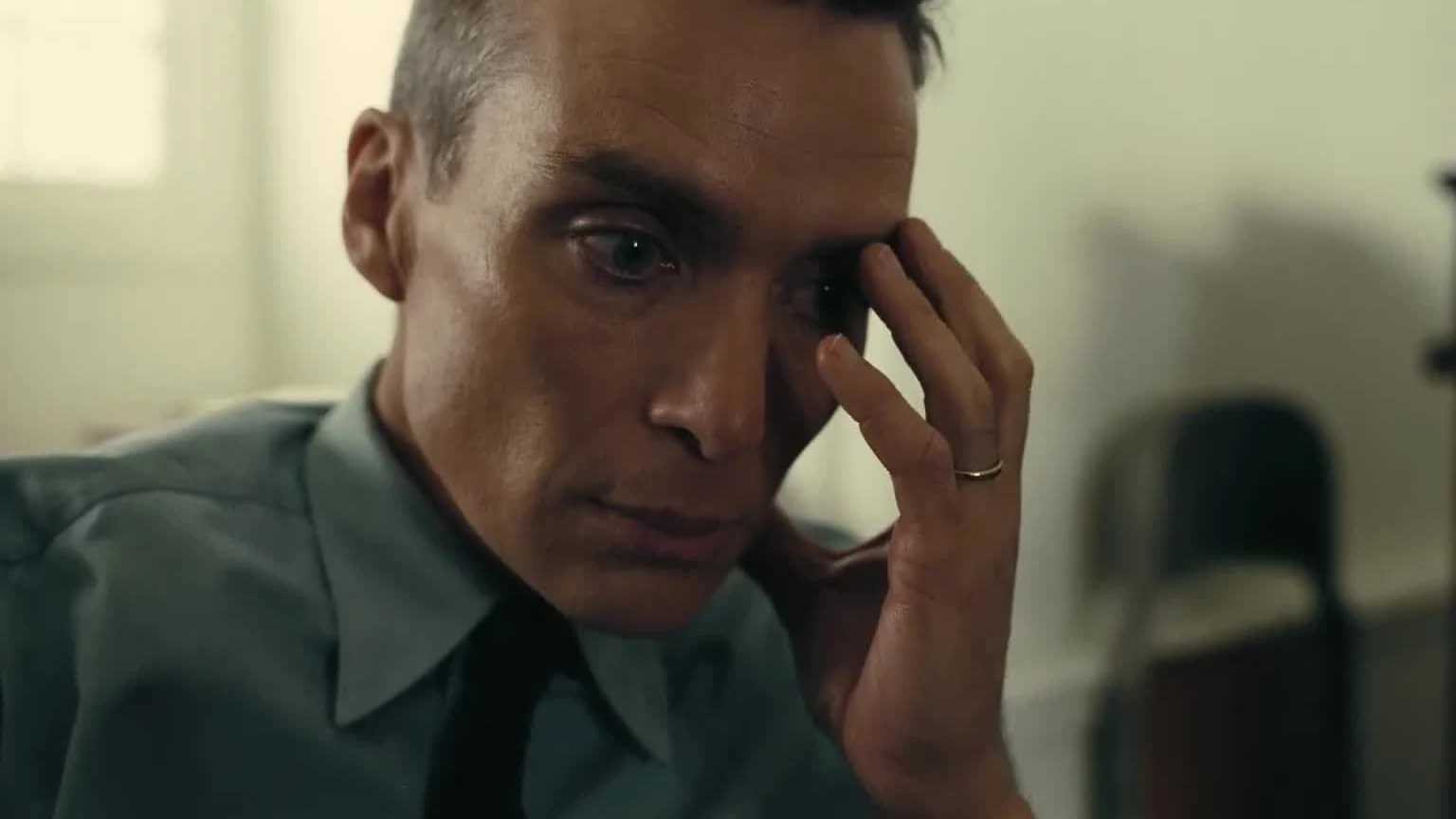
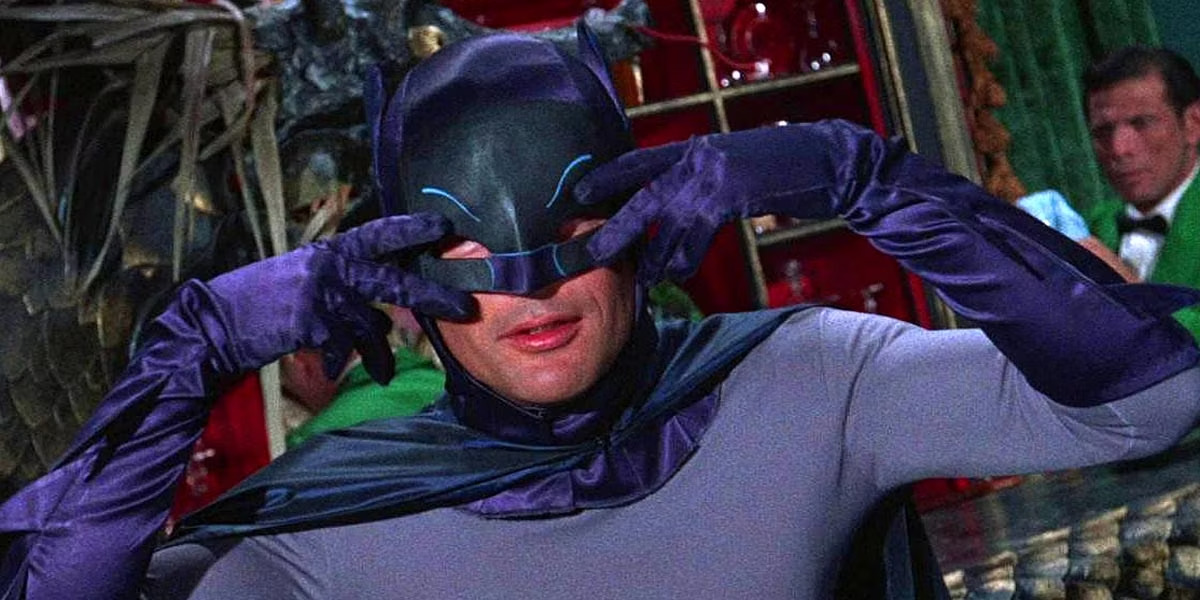
It's easy to presuppose 'Oppenheimer' as a form of atonement since the film is largely concerned with the moral quandry and personal reckoning which Oppenheimer endured in the (figurative) fall-out of his nuclear project. Noble, but there's a major issue, inherently that puts the lie (I think unintentionally) to its noble aims: François Truffaut once said "Some films claim to be antiwar, but I don't think I've really ever seen an anti-war film. Every film about war ends up being pro-war." and this quote kept coming to my mind while watching this film. See, The movie has a bit of a "Chekhov's Atom-Bomb" problem...it's 3 hours long, and you spend the first two hours getting twisted up in a race against time to build the bomb before the Nazis do. You get so hyped and horny for this atom bomb, as they get closer and closer to detonation, and you know its coming. When the bomb finally goes off, it is exhilirating. The whole crowd of military brass and top scientists and officials at Los Alamos cheers and you cheer along with them; cheering, unfortunately, one of the most horrible, unthinkable innovations in human history. The last hour of the movie goes hard on the political persecution of Oppenheimer during the cold war he unwittingly fired the starting gun on, and his moral difficulties confronting what he'd brought into the world. It's impeccably acted tribunal theater on all counts (especially Robert Downey Jr, who has been allowed to actually act for the first time in years nd who I wonder if was also cast in confrontation of Nolan's Superhero guilt); however, it all feels a little dry next to the incendiary spectacle of the Trinity Blast. Was this nuclear aestheticization unavoidable though?
'CROSSROADS'/BRUCE CONNER (1976)
'DR. STRANGELOVE - OR, HOW I LEARNED TO STOP WORRYING AND LOVE THE BOMB'/STANLEY KUBRICK (1964)
Another film that kept floating into my mind as I watched 'OPPENHEIMER' is Wes Anderson's new release, 'ASTEROID CITY', which shares a similar setting of a desert town, under military quarantine, where nuclear tests are being conducted. Anderson, of course, aestheticizes everything, but 'ASTEROID CITY' is something of a manifesto for that aestheticization--the characters, all actors, at one point chant into the camera "you have to go to sleep before you can wake up." A phrase whose meaning the film doesn't make obvious, but I suspect it is Wes answering those critics and detractors who treat his work reductively, by saying one can only closer to reality by examining it at a considerable remove. Nolan, forever conservatively committed to capital-N Naturalism, will never understand this. But Greta Gerwig, who co-wrote her script with her husband and Anderson's frequent collaborator, Noah Baumbach, most certainly does...
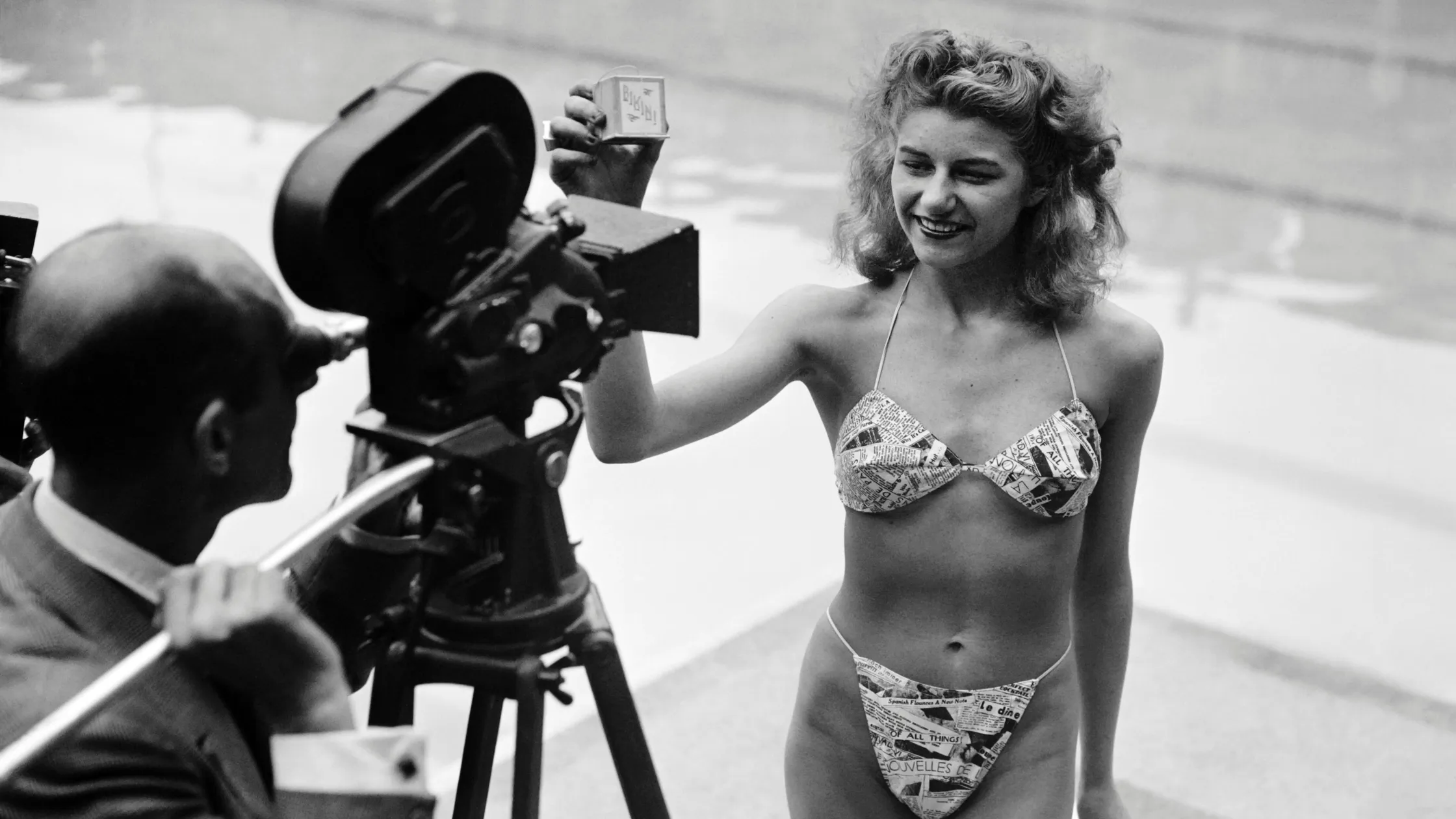
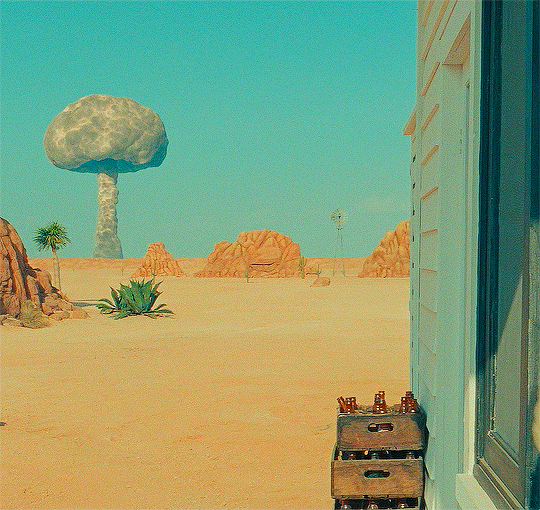
Greta Gerwig's 'BARBIE' begins with as much humor and bravado and carries that attitude through the film---also referencing Kubrick, but this time '2001: A SPACE ODYSSEY', the film opens with debut of the leggy blonde Barbie doll (embodied by Margot Robbie) into a "Dawn of Man" wasteland of girl children with baby dolls, and the revelation is treated as no less explosive. From here we are dropped into Barbieland, a pink plastic utopia, where woman-dolls (all named Barbie) hold all positions of power and the Ken-boys are just eye candy (though amusingly, with no sexual connotation beyond that.) In short order, Barbie thinks of death, her high-heels-molded feet go flat, and she ventures to the "real world" to look for answers, where she and Ryan Gosling's Ken discover the truth about patriarchy. I empathize with and admire Greta Gerwig's tenacity on this project, because there's a tight-rope tension throughout between her ironic points made about the Go-Get-'Em-Girl! propaganda that the Barbie doll in its most feminist reading (and the "ideal one offered by this film) presents, and the disparity with the male-power structures of the human world that produced the doll, including the all-male board of MATTEL™, who of course were the corporate backers of this film. It must have been difficult to get them to sign off onsome of the film's more tart criticism of the Barbie brand, though you can tell there were things they didn't want to touch---notably, Barbieland in the film is depicted as being very body-type inclusive--there are certainly some larger Barbies in the film that certainly no real Barbie doll I've ever seen looks like. (If this is the 'BARBIE' film you want, look no further than Todd Haynes' 'SUPERSTAR: THE KAREN CARPENTER STORY', simultaenously the best film about Barbie Dolls, eating disorders, and the pitfalls of pop stardom.) The film basically treats the whole country as a unified middle class too, wehter discussing the real world or Barbie World, this is something both worlds have in common in the film...But under the circumstances of its making, it's hard to fault the film for these things it doesn't address. It's a lighthearted comedy after all, and your expectations would have to pretty outrageously overestimated to anticipate anything earth-shattering in its subject matter. So it concerns itself with what it can get away with confronting, namely making the subject here gender parity and disparity.
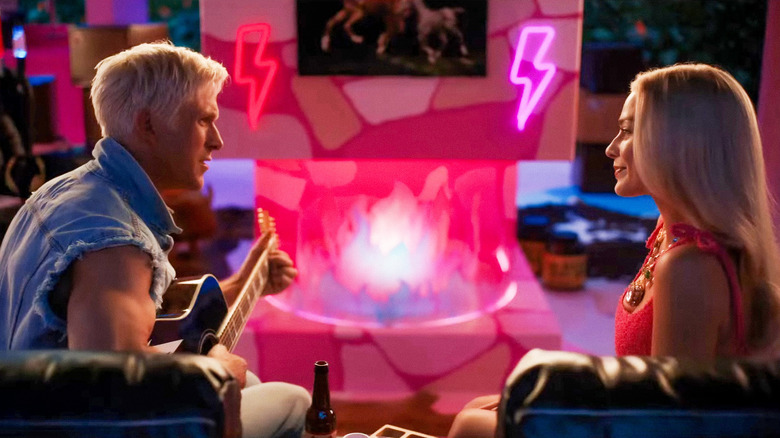
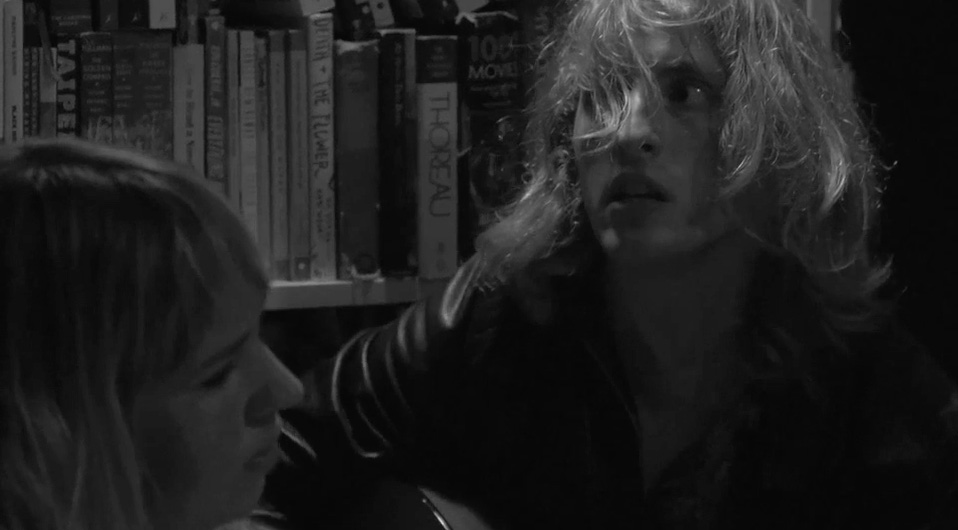
Ken returns from the real world a converted patriarchist and turns Barbieland into a cartoon man-cave, subjugating the female dolls into sudden bimbos and funniest, expressing their affection by playing guitar "at them" (this also happens in my own boys vs. girls film, 'THEY READ BY NIGHT!' but with Lord Byron instead of Matchbox 20.) America Ferrera delivers a monologue spelling out all of the impossible and contradictory expectations society places on women, and this deprograms the dolls (and this could be read as suggesting A. that a more complex feminism is needed above the girl-you-run-the-world feminism typified by the Barbieland utopia, or B. pre-emptively answering critics who may try to fault the film and Gerwig by extension for the problems it doesn't address). The Barbies manipulate the egos of the Kens to trick them into in-fighting and a big musical number, and reclaim their home. Margot Robbie's STEREOTYPICAL BARBIE™ chooses to return to real-earth and live a life of complex womanhood, complete with gynecologist check-ups. (This, and a moment where Barbie tells off some cat-calling construction workers in the real world and explains that neither her nor Ken have genitals also suggests a missed opportunity, where going into the film I was sort of half-hoping to see a neuter prostethic somewhere in there à la Alan Rickman in Kevin Smith's 'DOGMA')
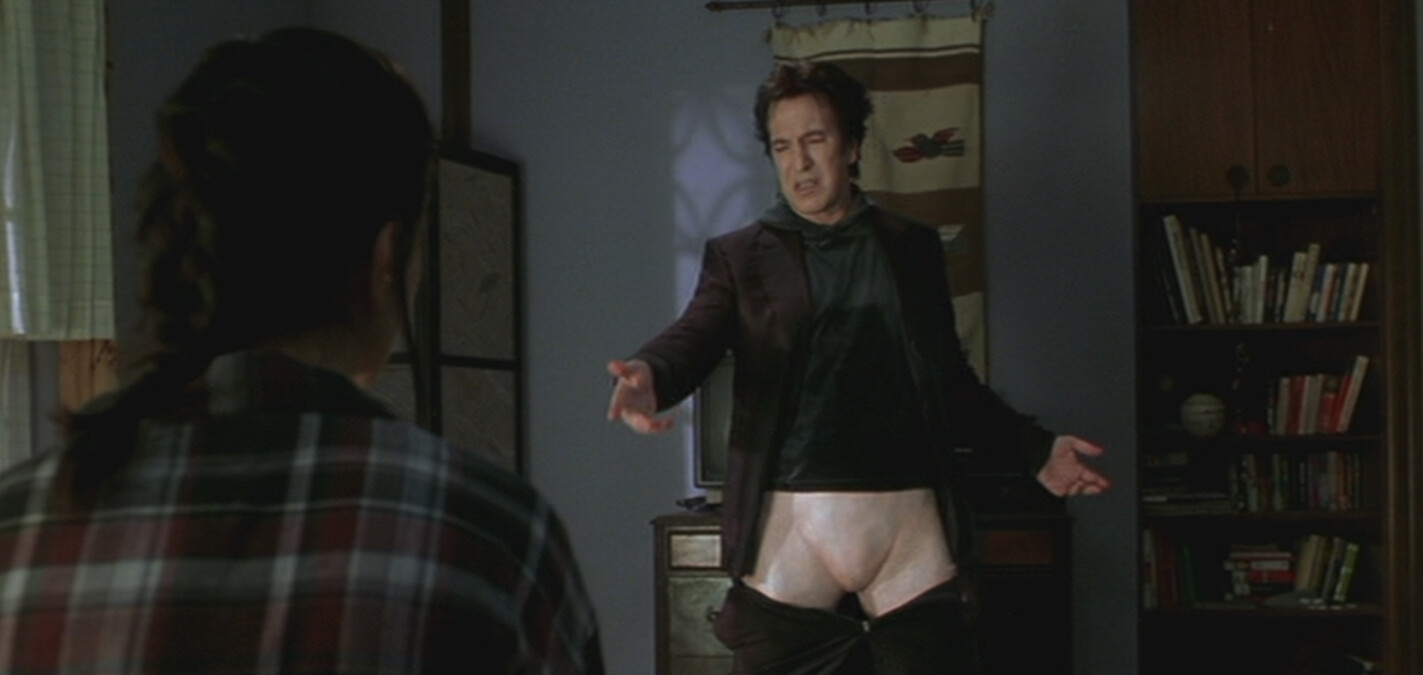
Much has been made of the saturated marketing campaign around 'BARBIE' -- by this I don't mean the grassroots, meme-based BARBENHEIMER thing, but the actual, 150-million-dollar ad campaign* and system of brand partnerships that turned everything from the Letterboxd-"Like Button" to the Google landing page hot pink to coincide with the film's release. I don't want to spill too much ink on the marketing itself, as my friends and colleagues at Cinemovìl have alreadyy penned an excellent piece on this subject, titled "THE BRAND THAT FEEDS YOU". But what ties into that, and might be key to understanding the fascination with both of these films, is something 'BARBIE' comes right up to saying but unfortunately, (and perhaps hamstrung by the corporate interest of MATTEL™, who I'm certain held the keys) ultimately backs down from getting down into. Beyond the problem of society dictating social roles based on gender, is the fact that gender in itself is something which is sold to us.
This uncomfortable truth lives beneath the text of the whole film, most clearly in the scenes where Ken takes over Barbieland and the MATTEL™ board sees sales go through the roof for Ken's Mojo-Dojo Casa House replacing Barbie's Dream House™. Despite the prominence of transgender actor Hari Nef as one of the Barbies, the presentation of gender in the film is rigidly binary- no little boys are depicted as playing with Barbies whatsoever (though the film does allow for the possibility of little girls disliking Barbie dolls per se)---I don't think this necessarily was intention of the filmmakers, but it most certainly was an intention on the part of MATTEL™, whose bottom line has historically been mass-marketing strongly and specifically gendered toys for boy and girl markets, with Barbie being the flagship brand in this strategy. The film deftly dances around this point, but it may have been out of reach. Much is made critiquing the ironies of mean making toys for girls, but whetheror not the girls win in the end, which they do, the toys are still made for girls, and when the girls grow up, they'll have been prepped to be sold make-up, yogurt, countless varieties of shoes (heels or flats!), underwear (bikini cut? boyshort? thong?), fashions, hair products, skin products. When you consider just how many products are superfluously concocted by companies to be sold specfically to women (especially in relation to men), you can really see the true ramifications of that patriarchal control. Its disappointing that the filmmakers seem to have been free to critique one facet of patriarchy, but it seems prevented from exploding that constructed gender division, a 20th century concept which exists to continue the project of capitalism. This gendered capitalism goes all the way up to the marketing of the movies, which brings us full circle back to BARBENHEIMER.

Contradicitng my earlier point, in the final analysis, it's possible that the meme may be more significant than the movies after all. When you consider the original marketing strategies of these two highly gendered films ('BARBIE' is a doll for girls and a girl-power movie for women! 'OPPENHEIMER' is the big boy who made the big bomb, in this film for boys from the boy who brought you 'BATMAN BEGINS','INTERSTELLAR' and not a single film that passes the Bechdel test!). But the BARBENHEIMER meme is an intentional violation of that gendered marketing, and the reason for both films' explosive success. It's telling that it began as two t-shirts sewn together by an amused theater employee (pictured right) recalling the crudely literal half-man half-woman from Tod Browning's 'FREAKS'. It's a non-binary goof on gendered capitalism, and that's why a typical Hollywood top-down marketing campaign would never have had the imagination to come up with it. What's more, this is not the lesson the studios will learn from these films' runaway success either. In the Cinemovìl article I linked to earlier, they go on to talk a lot about the strategy that MATTEL™ has moving forward in making films, and predicts that 'BARBIE's success will lead to a panoply of films based on increasingly questionable toy-based IP (I'm talking Hot Wheels, Polly Pocket, Rock 'Em Sock 'Em Robots, even fucking UNO). If this all comes to pass, and we really do have a "Mattel Cinematic Universe" on the horizon, then perhaps the other strange commonality between these two films is that it's now Greta Gerwig's turn to succeed Christopher Nolan as our cinematic "destroyer of worlds." Variety reported this week that 'BARBIE' has shattered Warner Brothers' house box-office record for a domestic release. The previous record-holder? 'THE DARK KNIGHT'.
There are some hopes for the optimists out there: One being, that Greta Gerwig is a pretty good filmmaker, with bona fide DIY roots, who made a creative, funny, and critical film, with gorgeous practical effects and production design. I don't think she'd sell out to the point that she'd encourage this trend wholeheartedly (though I'll grant it's not her decision ultimately). The other is the simple fact that while Barbie is a humanoid doll, and its not hard to project a persona onto that doll and build a story around her -- this is the whole conceit of playing with dolls, after all--I have a lot of skepticism over MATTEL™'s abilitiy to repeat the trick with successively weaker and weaker IP. You can make a narrative film based on superheros and comic books, sure, there's stories and characters, it makes a fair amount of sense, however bad those movies are. But who the fuck would want ti see a Hot Wheels movie, or an UNO movie?? The cinema will survive.
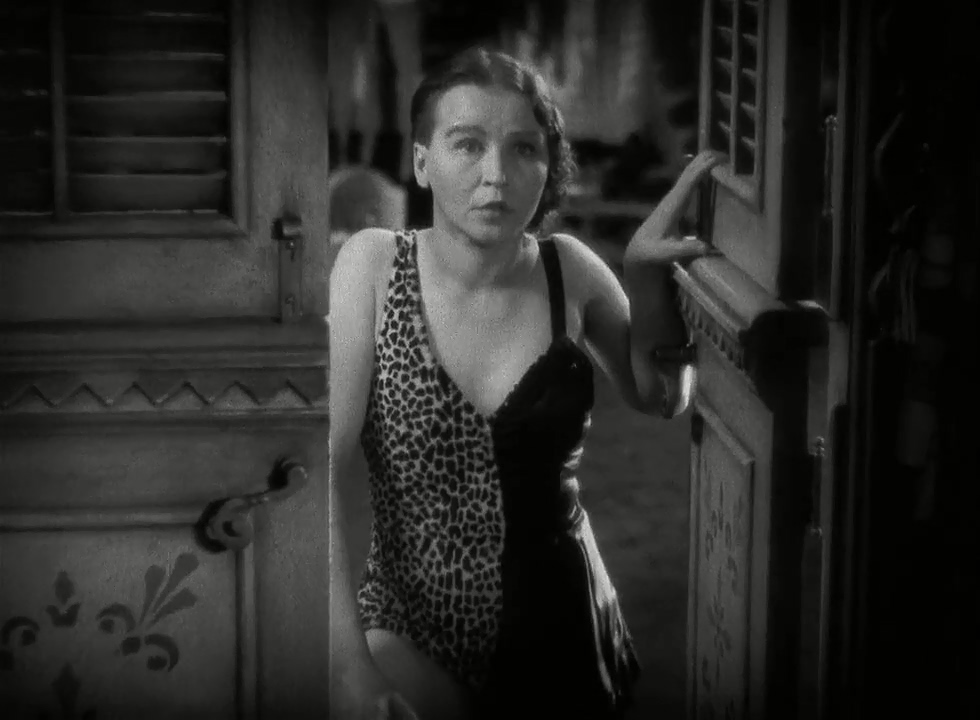
February 16, 2023-"Look, a book?"
Idea for a film book: The year is 2008. The Oscars that year celebrate some films from 2007 that could be described as objets curieux among American films: Paul Thomas Anderson's 'There Will Be Blood', a 3+ hour historical character piece, epic but minimally told, with oddball dialogue and a famously unforgettably intense and off-the-wall Daniel Day Lewis performance at the center-- the story of a raging psychotic oil baron capitalist and his uneasy alliance with a power-hungry young charismatic-Christian faith healing preacher. The film, while being oh so good never to say so, illustrated the tension at the heart of the modern Republican party----these were the end times of the George W Bush era, his painfully irrelevant lame duck session in the midst of quagmiring two adventurous and ill-advised foreign wars, with the homeland economy at the precipice of a major crash, and the Neocon coalition of the Christian Right and Industrial suits in finance and "Big Oil" had become ridiculous and hated in the eyes of most Americans, and the film reflects that hatred in its despicable and insane grotesque pair. Daniel Day Lewis won the oscar, but that film was too good to win Best Picture. That honor instead went to 'No Country For Old Men', by Joel + Ethan Cohen (based on a Cormac McCarthy Novel). That film, a violent, quiet and cold neo-Western, despite its' dreamy non-ending, is more conservative aesthetically and laments the existence of an aging texas sherriff, unable to comprehend the brutal violence surrounding him and too weary to deal with it. The Sherriff, as played by Tommy Lee Jones is both pathetic and sympathetic. Jones physically resembles George W. Bush, (that film also features Josh Brolin, who would portray him in Oliver Stone's surprisingly apologistic 'W.') and it's with this portrait of him that the public opinion of the establishment would in time come to identify---many center-left liberals who felt during his presidency that he was a destructive, evil buffoon, came later to regard him as an essentially good but simple man, chosen for a job he was never prepared for and made to confront violent realities he was woefully ill-suited to contend with, manipulated at every turn by powerful and sinister interests (that money-mad holy rollin' GOP as embodied by DDL + Paul Dano in TWBB).
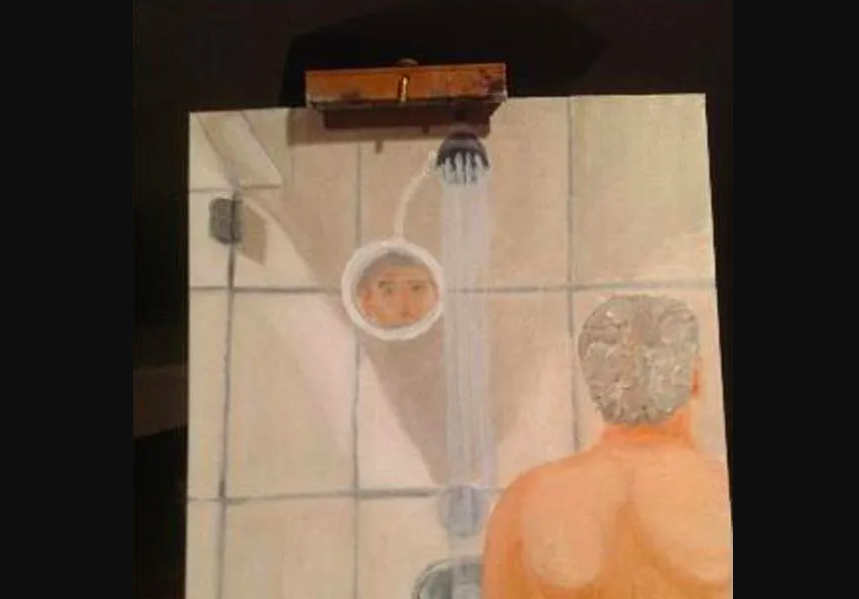
No Country For Old Men?
These films were among the last of a certain era in American popular cinema, as well as being the end of the Bush Era. May of 2008 saw the release of MARVEL STUDIOS' 'Iron Man', and it was a resounding smash hit. Robert Downey Jr.'s career, marred for years at that point by drug abuse and bizarre behavoir was revived resoundingly, and he was also surprisingly oscar-nominated the following year for his satiric "Blackface" turn (an uncomfortable joke worthy of his father, a Prince) in Ben Stiller's 'Tropic Thunder'. But 2008 this seemed at the time to be a new beginning for Downey, it spelled a doom for an American cinematic aesthetic. That year, Barack Obama ran for president and won in an enormous landslide, the optimism and progress at the heart of the very concept of our first black president was palpable on that night of celebration. His campaign had been rich with iconography typified by the famous Shepard Fairey HOPE poster. Barack Obama was a hero to a country that desired heroes after the failures of the Bush Era, a country that flocked to see 'Iron Man'. That year, two other landmark super-hero pictures were released as well: Christopher Nolan's 'The Dark Knight'. The other side of the coin from the colorful and fun, pop-action fest of 'Iron Man', 'The Dark Knight' is really a stone-grey miserable picture, depicting an ideological battle for dominance between the authoritarian Batman and the extreme nihilism of his nemesis the Joker (Heath Ledger). In spite of the nastiness at the heart of this film, it was a massive hit, a cultural phenomenon far surpassing the first installment in its series, 2006's 'Batman Begins', a boring and pretentious film with zero sense of the iconic. Ledger died that year, and won the oscar posthumously (this acting honor was previously unheard of for a comic book film), cementing a legendary status for him, placing his image among the stars.
The third major IP title of that summer, a flop in its time which has developed a cult following since, and easily the best of the three films was 'Speed Racer', made by the newly-out transgender Wachowski Sisters who had created 'The Matrix'. 'Speed Racer' is a candy-colored sensory overload of pop fantasia, a big-budget avant-garde film which takes the aesthetics of its anime roots seriously, textually anti-capitalist and soaked in MDMA, it was doomed to failure. (I saw it three times in theaters :p)
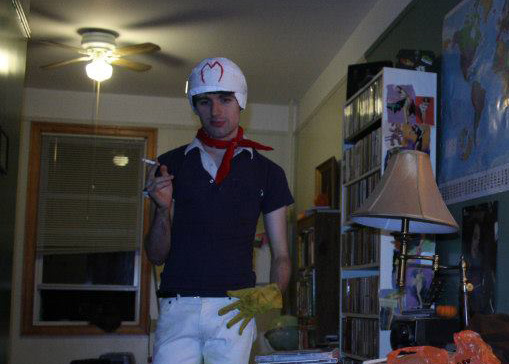
I was a big fan.
The style of 'Speed Racer' came over the next decade to define the character of a new niche left: anti-commercial, fervently decadent and sexually ambiguous, but lacking the necessary sight to see the darkness beyond and beneath the colorful world we lived in. In much the same way, a niche right-wing arose aping the character of Nolan's 'The Dark Knight', that blend of fascism balancing nihilism would come to define the growing spectre of what came to be known as the alt-right--reflected literally in moments such as the Aurora cinema shooting and the online culture of 4chan trolls, often utilizing quotes and images from that film. This culture would ironically come to adopt also the language of the Wachowskis' ' Matrix' films, the red pill as a shorthand code for "waking up" to the alt-right POV, suggesting an alternate world where the misfits of the niche left and alt-right might have found community along a different, undiscovered ideological line. But what of Obama and Iron Man?
'Iron Man' was the first entry in what would explode over the next decade as MARVEL STUDIOS' hostile takeover of Hollywood and popular American cinema. Acquired by Disney the following year in 2009, the rollout of MARVEL movies resembled more of a strategic cultural battle campaign rather than your average Hollywood movie release schedule, amping up production each successive year and oversaturating the market with their endless well of IP. The American public ate it up, and all of this bears a particular relationship to the political landscape of the Obama era, which gave way to Trump in 2016. See Iron Man himself does not have super-powers---he is a man in a suit, and all of the power comes from the suit. By a similar metric, we had ascribed heroic qualities to Obama, a man who hadn't necessarily done anything heroic beyond being the man in his particular historic position. All he had to do was be the first black president--he even won the Nobel Peace Prize at the very start of his presidency, which he was at the time somewhat embarassed to accept, an acknowledgment of the disconnect between being and accomplishment per se. Obama was a man in a hero suit, and while the type of president eminently skilled at maintaining, he found he wasn't the type to create sweeping, heroic change--the kind of action you imagine a "hero" would take. But still the movies fed the collective mind of the country, and as we continued to dose them, the doses got larger and the element of heroic caricature became more extreme. (30 more films and 12 TV series would be released under that banner between 2008 and 2023, with many more on the way.) Affter 8 years left the USA Unsatisfied with the practical naturalism of the real, non-icon Obama (the same practical naturalism that would define the aesthetic of mainstream "quality cinema" during those years), the public sought a leader to reflect the cartoonish heroism they craved---an Iron Man who could never take of the suit if he tried, full of insults and one-liners like Deadpool, big and destructive like the Incredible Hulk, a flag-waving avatar worthy of the title of Captain America.

From 2007-2008 (pictured left), I WAS A TEENAGE USHER! at the Regal Cinemas in Kingston, New York---this was the period of time when I was most engaged with mainstream films in wide release, a budding aspiring film-maker with free tickets to anything that would open in that 12-hall cineplex. I saw all of these films in theaters just before embarking on my adult life as a filmmaker in New York, and this book will attempt to connect the political and cultural threads that the popular cinema has reflected since those days I began my own quote-unquote "hero's journey." The book will cover the growth and dominance of the militaristic and bombastic, fascist MARVEL films and the realization of their ultimate cultural culmination in the Trump era, along with mining the avant-garde cinema contemporaneous to the 2008-2020 period for 'Warning Shadows' of what was to come--in a manner that owes a significant debt to Siegfried Kracauer's landmark study From Caligari to Hitler. It will also touch on the failures of the naturalistic cinema and its centrist political analog to satisfy the needs and confused desires of the American people, and will look beyond at the fractious polyculture of the post-pandemic, post-Trump US cinematic landscape, and speculate on possible cinemas to come.
If anyone knows of a publisher who's loose with book advance money send it my way--someone will have to pay me a lot of money to watch 31 MARVEL movies!!! Or maybe if I don't get paid off a book advance, I'll have to raise the money by making my own:
♥
September 25, 2022-"Fifteen People"
Usually when a certain personality accrues fame for maxims, aphorisms, epigrams or other bon mots of this kind, there's a strong likelihood that certain remarks, whether representative or not of the artist's true feelings or philosophy, tend to rise to the top of the heap and become forever associated as the personality's one-sentence take on the world. For instance, Godard's well-known quote, "A film must have a beginning, middle, and end...though not necessarily in that order," is typical of this kind of maxim. This comment doesn't actually bear much relationship to the bulk of Godard's work, even his narrative films, nonetheless, at the event of his death last week at the age of 91, it was repeated ad nauseum in print eulogy after print eulogy as one his lasting contributions to verbal culture. Thought i suppose it's hard to really distill so long and complex a body of work-- it is simply easier for most people to pull out a pithy bit and call that an encapsulation of a life. Some might prefer a wordless tribute:
Similarly, Warhol is often best-remembered by those who remember in terms of these kinds of quotes, as having said "In the future, everyone will be famous for 15 minutes." This was celebrated even during his lifetime, his innovative MTV show during the 80s was called 'Andy Warhol's Fifteen Minutes'. Like many quotes of this type also, it's probable he never said it. What's often overstated as regards this particular quote is it's supposed prophetic nature---I can see to a degree, that the short attention span of the cycle of current events might be said to illustrate this point pretty completely, however in my opinion, it seems as though it might feel more accurate to adjust this quote in our modern age (since the quote never existed, I'd consider this free territory)--if you look around, you might notice that it's not so much "fifteen minutes" everyone is famous for, but more like, In the future, everyone in the world will be famous to fifteen people." As an illustration of this point, let's start by looking at some ugly posters:
This is just a small selection of the infinite variations on this theme that seem to exist in the market for cheap posters---I believe most of these were done by the same artist, a Chris Consani---most people have seen posters of this type on sale in stores that sell rock n roll records and other nostalgia, in cheesy bars or some person's silly "man-cave." One likes to imagine this foursome being presented in increasingly absurd situations, such as working at an airport check-in or hanging out in a skate park--if anyone has access to DALL-E, you know what to do! We can sit here and joke about how goofy these posters are, but I definitely wouldn't have to explain to most people who any of these individuals are---you know already. Two of them have been the subject of "major motion pictures" this year alone. And this is part of what I'm getting at--there is a type of fame that exists, that seems to be dying slowly, to be phased out and replaced by a new kind of fame, of a much more limited variety. You might call this older type of fame, embodied most clearly by the icons in these posters (most of whom were themselves painted by Warhol), STARDOM. This is a type of ubiquitous, inescapable fame, often bestowed on people who seemed to transcend a strictly human form and become cartoonlike caricatures of themselves, so famous they belonged in a different subspecies of human. (This was the type of fame that Warhol and later Bowie approached with intentional irony in their work and personas.) Now, people of this type still exist--Beyoncé, Tom Cruise, Donald Trump to name a few, but they are a dying breed. Even these ones I just mentioned made their fame decades ago, under paradigms that have since shifted. Once monolithic institutions that granted fame, Hollywood, the record industry, broadcast television---these are defunct, decrepit monoliths! Systems of notoriety that have since replaced them, i.e. social media, the 24-hour news cycle, the streaming giants---are identifiably short shelf-lifed, yes, but likewise are they ever-increasingly atomized in terms of audience participation. The mono-culture that once existed, under whose influence the whole country would receive the same daily television broadcasts, be sold the same CDs in homogenized brick-and-mortar big boxes, and be delivered the same 12 Hollywood movies to the local multiplex, has been blown to pieces by the cultural and technological developments of the past 15 years. These new engines of fame don't have the same reach as the old ones because the internet encourages hyper-individualization (at least, to the point that they can use that to sell you something). What does exist now of a mono-culture is one that represents brands rather than people in its pantheon (in fact, for a detailed discussion of how brands constitute our modern era's answer to Olympus, I'd highly recommend reading Yuval Noah Harrari's 'HOMO DEUS'). What the most insidiuous of these brands sell us, is fame itself, but the fame they offer is not that cartoonish, caricatured fame of Elvis and Marilyn---instead we see a constellation of cults. My gods may not be the same as your gods, but when I'm with the rest of the cult, they're as famous as James Dean. And you know, maybe this is better. While nostalgia might push us to think, "these were icons, wizards, true stars"--remember, this is also the world mentality that produced Maoism and Trumpism.
Than again, perhaps all this fame always was an illusion. The history of Hollywood is rife with the names of countless stars and starlets who, though marketed as such in their day, never came close close to achieving the kind of fame granted to a Garbo or a Dietrich, though ask around and I promise you that Silvia Sidney and Kay Francis have their cults even to this day. MGM pictures claimed to have had "More Stars than there are in Heaven!", however, behind closed doors, Louis B. Mayer was fond of a different maxim: "MGM has only one star, and his name is Leo the Lion." The brand is king...has anything changed?

On the subject of News on the March, I'd like to invite you all to The Film-makers' Cooperative screening room on November 5, where THE SHOPLiFTERS will be screening as part of the two person show, featuring work by Erica Schreiner and myself, titled 'Focus on Filmmakers: Experimental Features. Pre-sale tickets are available at this link--Get em fast! It's a tiny room. Check out the flyer below for further details (phot cred. Patrick Sandefur):

June 17, 2022-"Handwringing Handwriting"
I think it is much better to hand write things than to write them on a computer, or a typewriter (typewriters I think can appear romantic, which is why some people like
them, but utimately are they practical for anyone? In my experience they are always awkward and difficult to control.) Handwriting improves your memory, as it is a physical action linked directly via neuron-function to the brain--a bit
in the way playing a musical instrument becomes an exercise for itself. When you write by hand, the instrument is your body and the song is your thoughts. As in Jazz, infinite variation can exist within a personal style of hand-writing---each person's is unique, intrinsic to their mind and body communication, and formed via their
various lifetime influences.
In high school I began writing everything using all capital print letters, as a practical solution to a problem where I would get grammar points off on handwritten papers for capitalizing random letters throughout words and sentences. My dad, a journalist, mostly handwrote notes in all caps, and I'm sure some of my letterforms probably came from looking at his writing. Observe for comparison:

My Dad, a master VHS Cataloguer, once taped 'A Page of Madness' and 'Fear and Desire' off TCM for me.

Myself, a sometime VHS Chronicler, once taped a performance titled 'Zoo Club FKA Saxifrage FKA Mitochondrial Eve' at the Glove (RIP)
Most of my films start out handwritten--usually as a note in a notebook that expands to a snippet of dialogue or eventually a fleshed-out scenario. For larger projects, I tend to keep dedicated notebooks for each film, as well as a series of notebooks for smaller ideas--at any given moment I'm carrying about 3 on me. When I choose a particular notebook for a given project, I try to match certain elements of the film's conception to the notebooks' design; for instance, the notebook I wrote 'They Read By Night!' in was shiny silver, like the walls of the 60s Warhol Factory; conversely, 'THE SHOPLiFTERS' was written in a small red moleskin, chosen for its' resemblance to Mao Tse-Tung's Little Red Book:
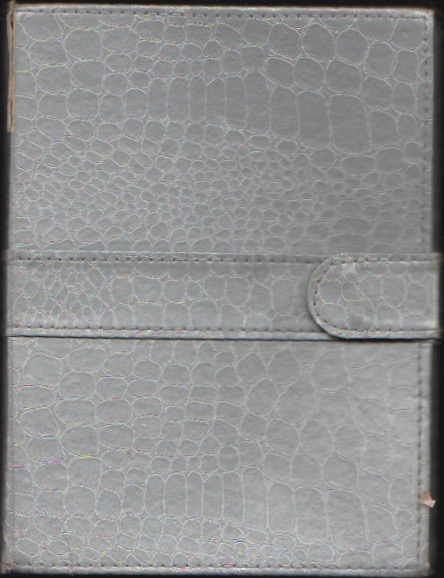
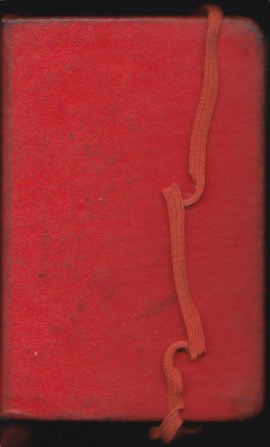
During most of the run of Toyzanne as a band, I wrote lyrics and short films in this small notebook decorated with shiny art deco showgirls. And When I began taking notes for 'Love in the Year 2064' I was using what, at the time, was a sterile white notebook...
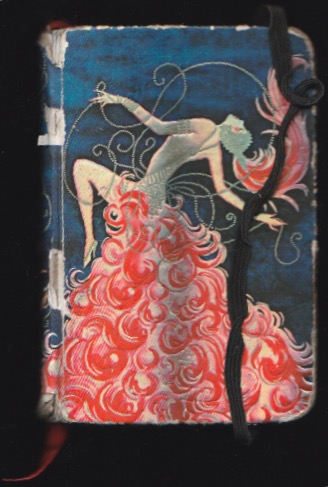
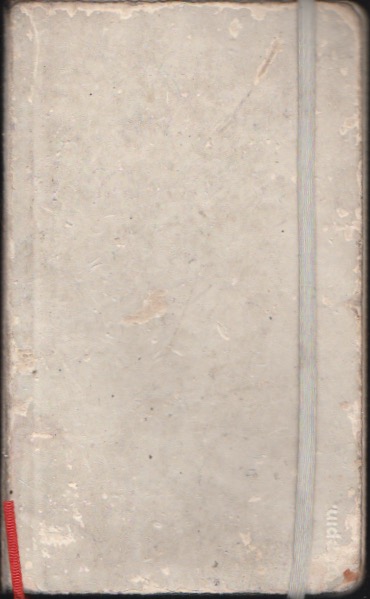
I chose this white notebook because I thought I wanted the vibe of a bleached, sterilized future, but the longer and more demanding that this project became, the dirtier and dirtier my white notebook got until it no longer resembled the spirit of what I was trying to write. I realized that if I wanted to write a futuristic film, I'd have to make an exception to my regular hand-writing practice and do most of the work on a computer. This proved to be the right strategy, but as a result, for a couple years my handwriting habits suffered and I became disconnected from my hand, in a figurative sense. At some point I started to feel a kind of depression over this disconnection with my hand, so I've been making efforts to return to handwriting, now that the script for 'LITY2064' is complete and in pre-production phase.
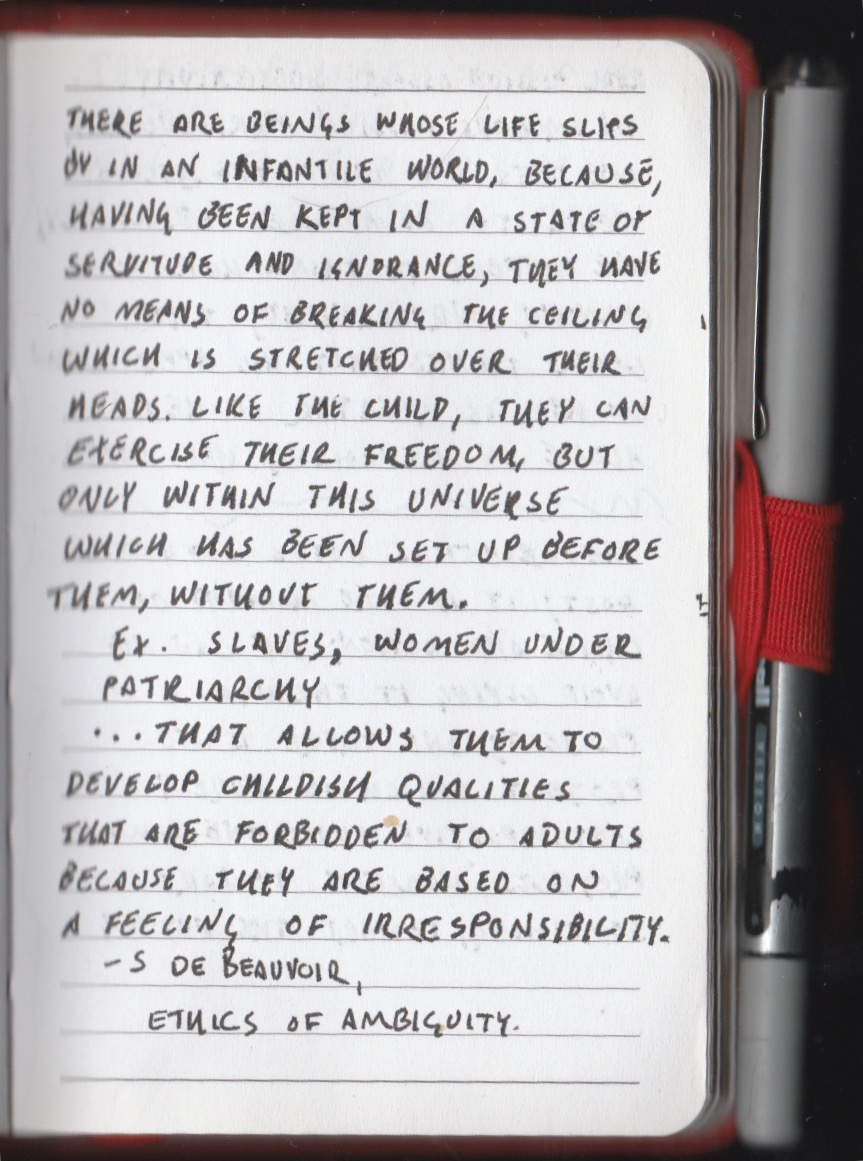 I have a long-cherished habit I've always kept of copying inspiring or intriguing passages out of books (this one, left, recently copied from Simone De Beauvoir's 'Ethics of Ambiguity'). This habit formed the basis for the quotation-heavy script for 'They Read By Night!'--that notebook is filled with passages from Marquis De Sade, Lord Byron, Battaile, Krzhizhanovsky--really actually looking back over it, it's staggering how many books I read in 2014-15 when I was preparing to make that film---was it that I had so much time, or maybe I felt an urgency, like there wouldn't be enough time to get it all in. It's marvellous to think how much time and energy one has and had at the age of 24. The script for 'Cornelia/Fabian' was also written this way, copied from an old German book that I'd read several years back, and rediscovered while flipping through the pages of my old Toyzanne notebook (with the showgirls).
I have a long-cherished habit I've always kept of copying inspiring or intriguing passages out of books (this one, left, recently copied from Simone De Beauvoir's 'Ethics of Ambiguity'). This habit formed the basis for the quotation-heavy script for 'They Read By Night!'--that notebook is filled with passages from Marquis De Sade, Lord Byron, Battaile, Krzhizhanovsky--really actually looking back over it, it's staggering how many books I read in 2014-15 when I was preparing to make that film---was it that I had so much time, or maybe I felt an urgency, like there wouldn't be enough time to get it all in. It's marvellous to think how much time and energy one has and had at the age of 24. The script for 'Cornelia/Fabian' was also written this way, copied from an old German book that I'd read several years back, and rediscovered while flipping through the pages of my old Toyzanne notebook (with the showgirls).Recently I took a trip to Paris with Holly, and while there we experienced a chance happening--ultimately mundane and meaningless but of sufficient potential mystery that the next morning I found myself inspired, scribbling page after page of handwritten scenario. This project doesn't as-yet have a title in mind, just a fair amount of cryptic narrative to spare--experimental music, secret keys, satin masks, storage facilitiess and a strange hotel. My instinct with this project is to let it flow freely directly from my hand as it touches the page, and even if there's no "conclusion" in a traditional sense, well, so let it be.
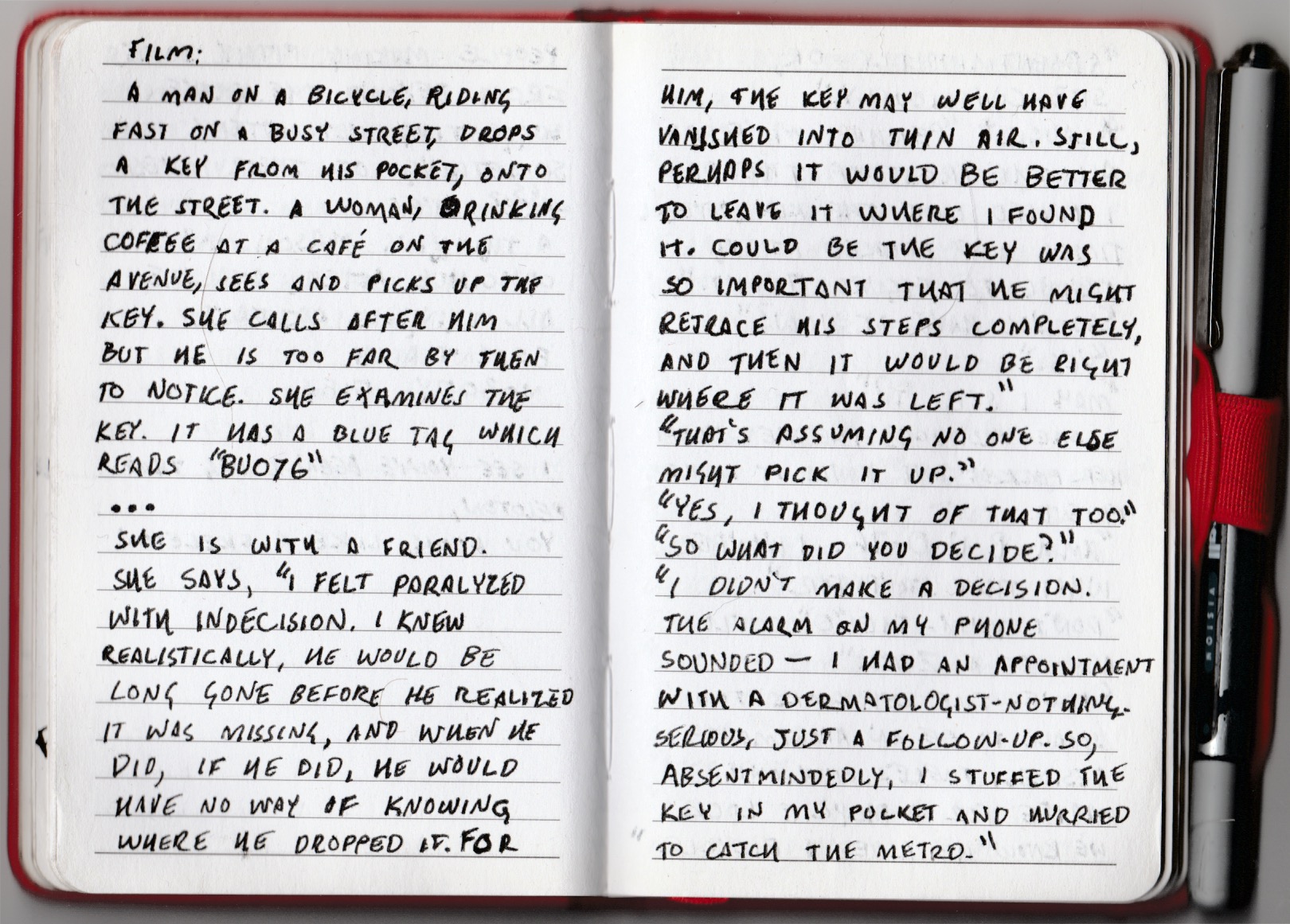
I'm also working on a new film that I shot on 16mm while in Paris---similarly, there is little specific concept around what this film depicts, just images and ideas. But on the same, all of the film's titles are to be handwritten, probably lots of puns in French and English. I'll close out this little blog post with a handwritten title card that may or may not appearin that film, and an image of defeet.
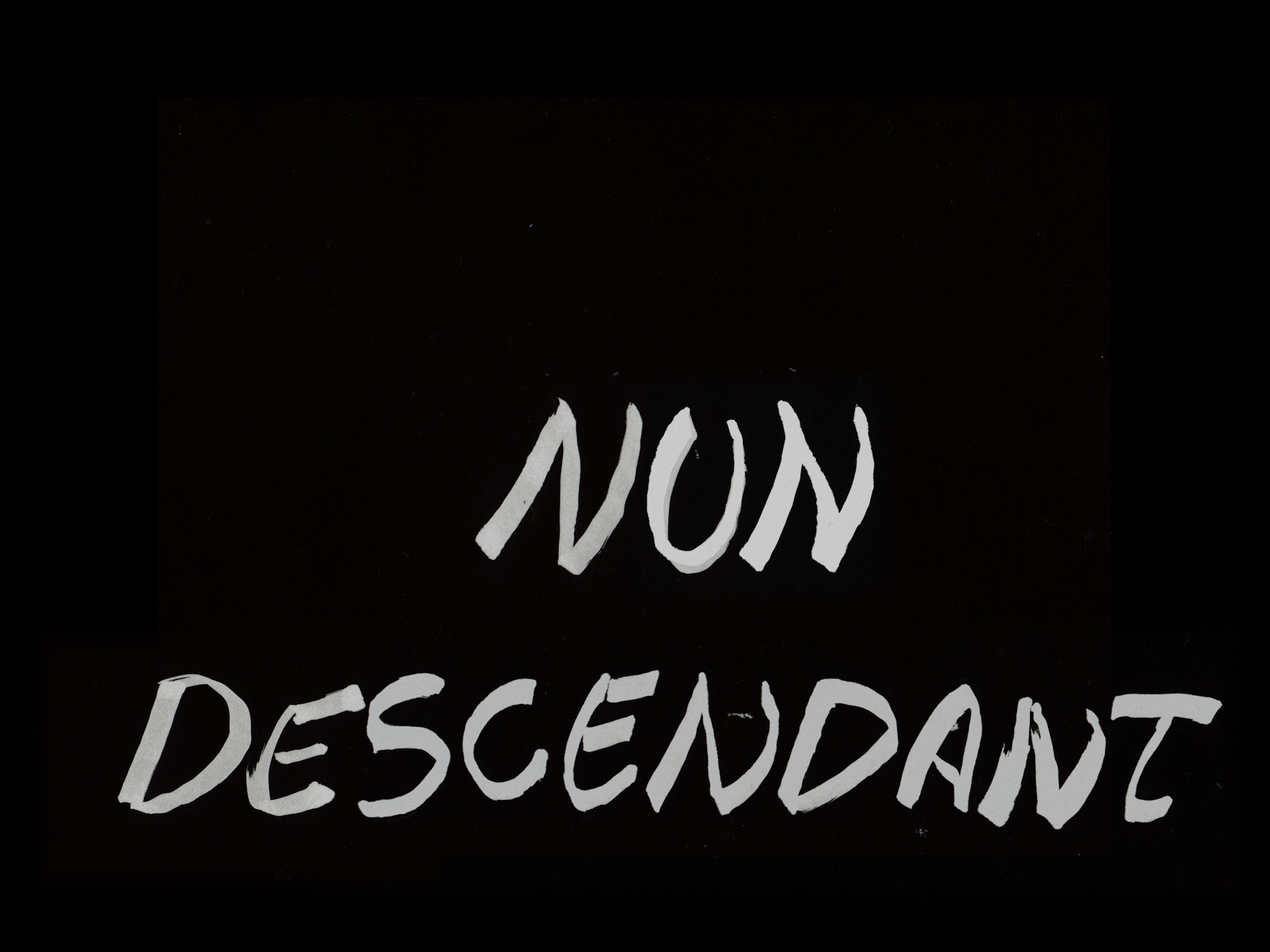
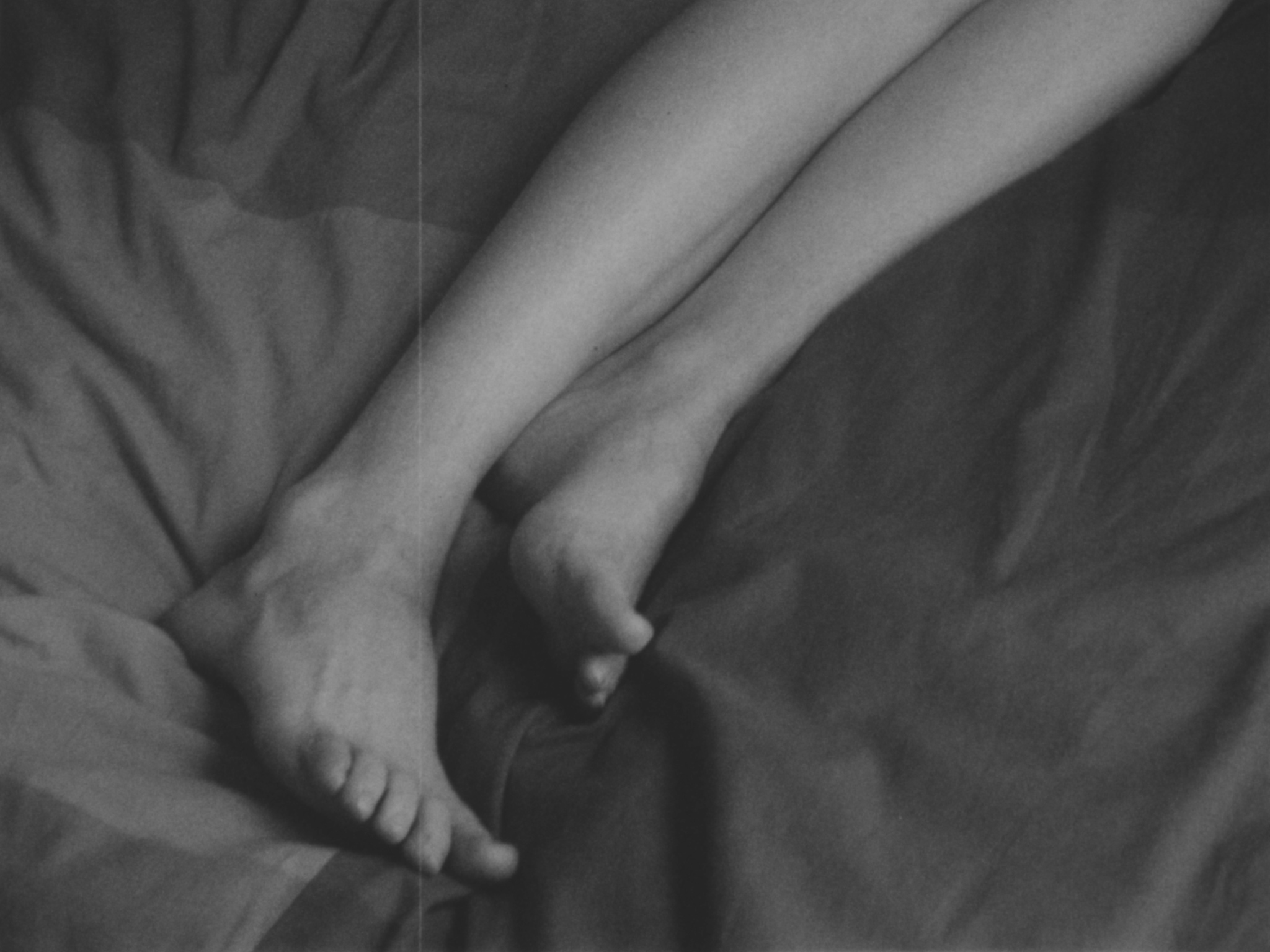
♥
March 17, 2022-"THE MARCH OF NEWS"
It being the month of March, and the loosely defined purpose of this blog being "News" (on the March), there's a fair bit of news about myself I'd like to briefly share with whoever might be reading or listening. So let me just climb up on my anchor desk and have a look at the teleprompter:
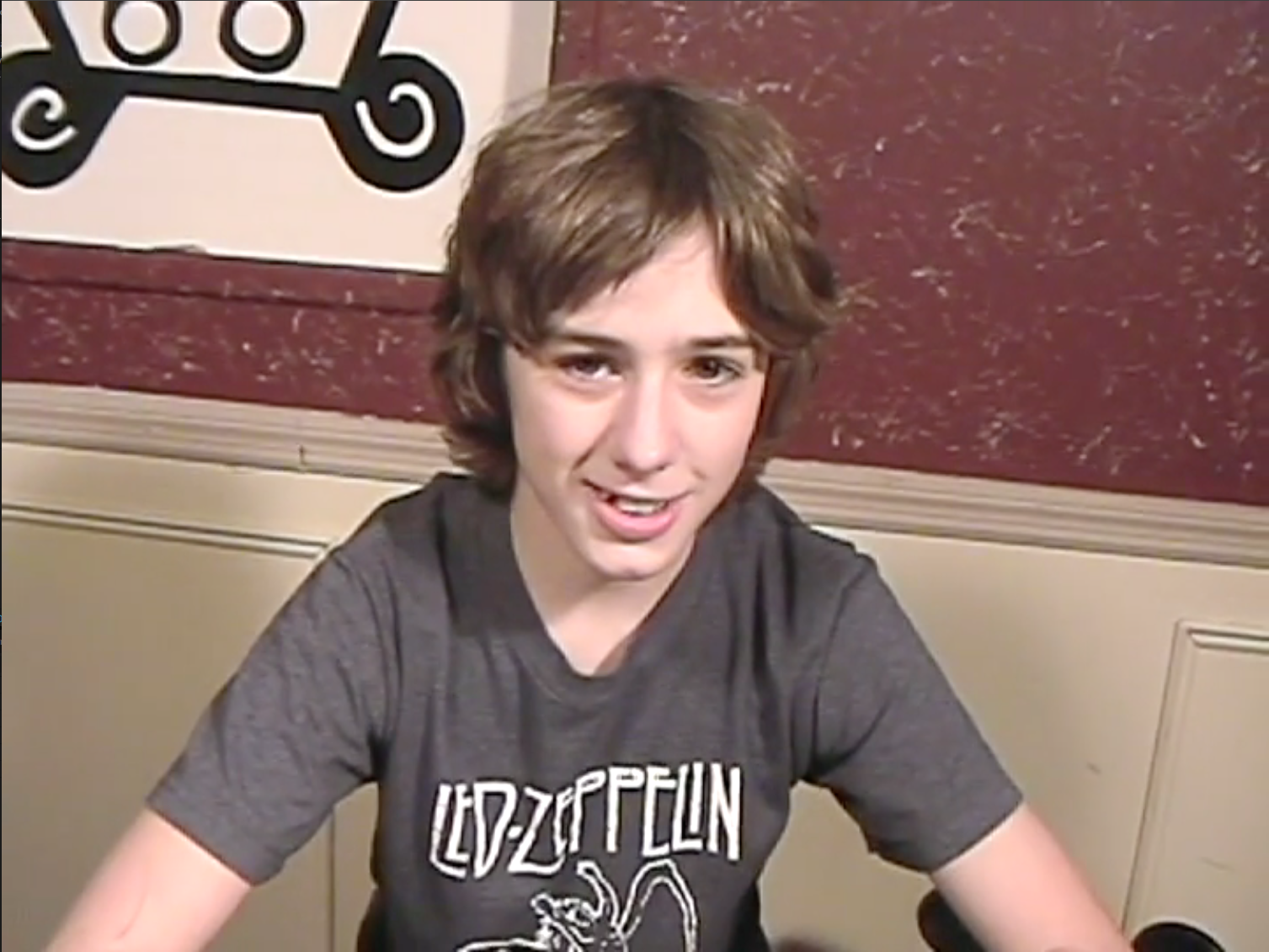
ITEM #1: THE MUSEUM OF MODERN ART: NEW YORK CITY SYMPHONIES OF THE MILLENNIUM FILM WORKSHOP
This was actually a fairly big deal that I somehow overlooked in my last blog post because I was more interested in the moment in talking about music videos---but on February 16 and 17, I program I co-curated with Victoria Campbell for the Millennium Film Workshop, titled 'NEW YORK CITY SYMPHONIES OF THE MILLENNIUM FILM WORKSHOP' screened at New York's Museum of Modern Art (or in popular parlance, the MoMA). This was a huge group show featuring 26 different filmmakers spread across two nights, all experimental visions, viewing New York City from a panoply of angles. The programs were hugely succesful, overselling the 200 seat theater on the second night---people were sitting in the aisles and on the piano bench. At MoMA!

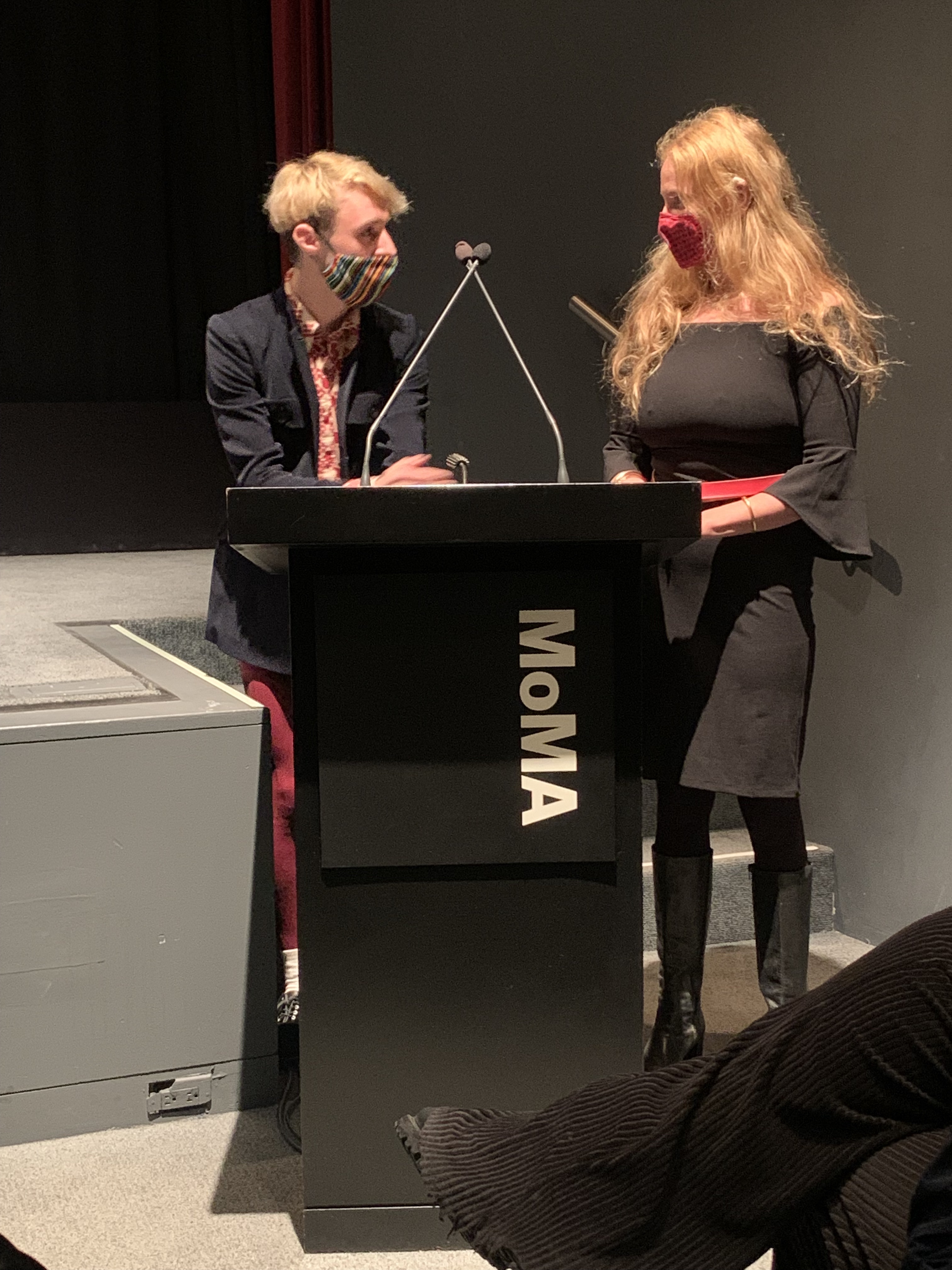
Packed House at MoMA (shout outs to Brendan Winick and cherry brice jr. in this pic)///
Program introductions by myself and Victoria Campbell
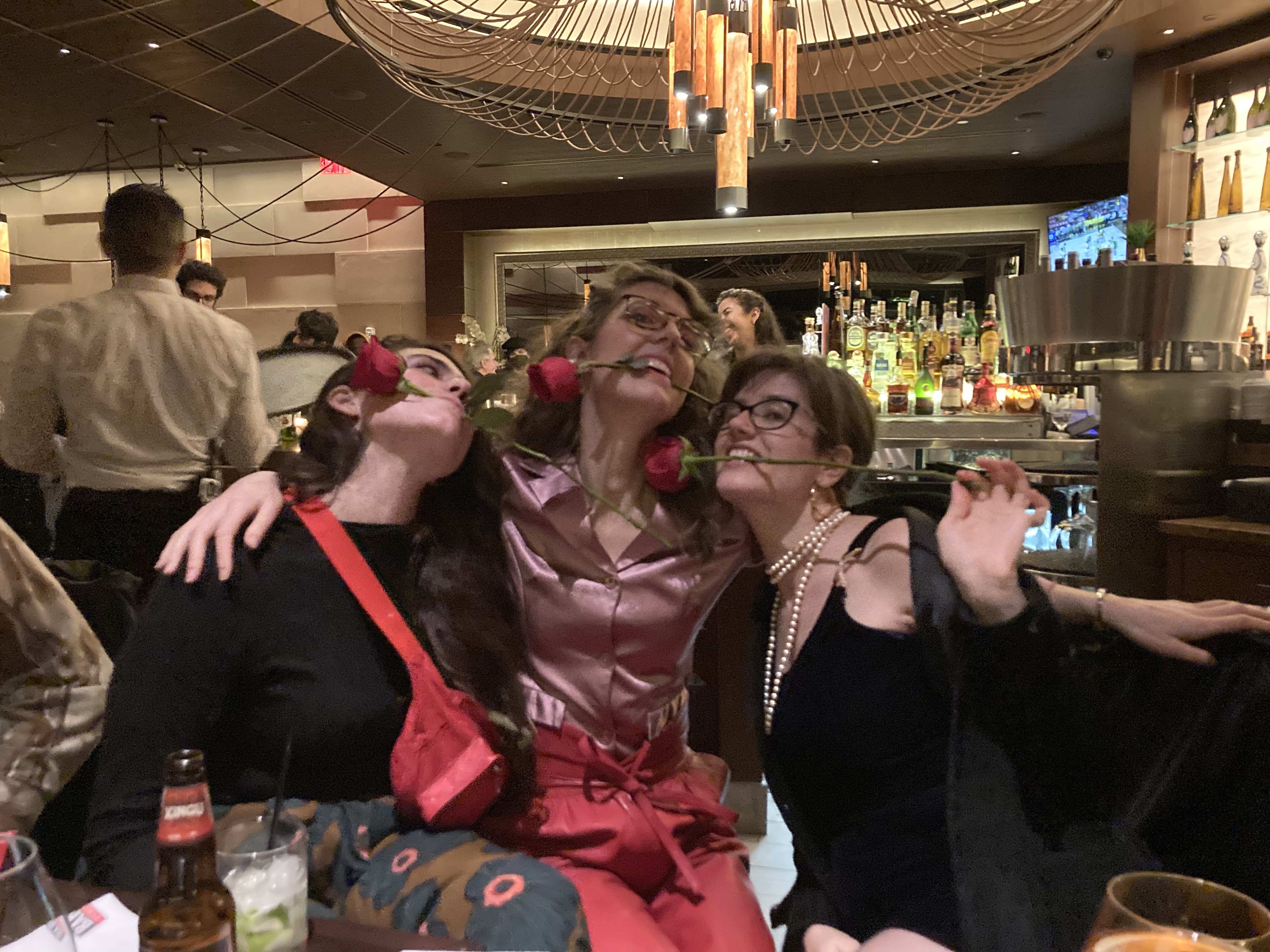
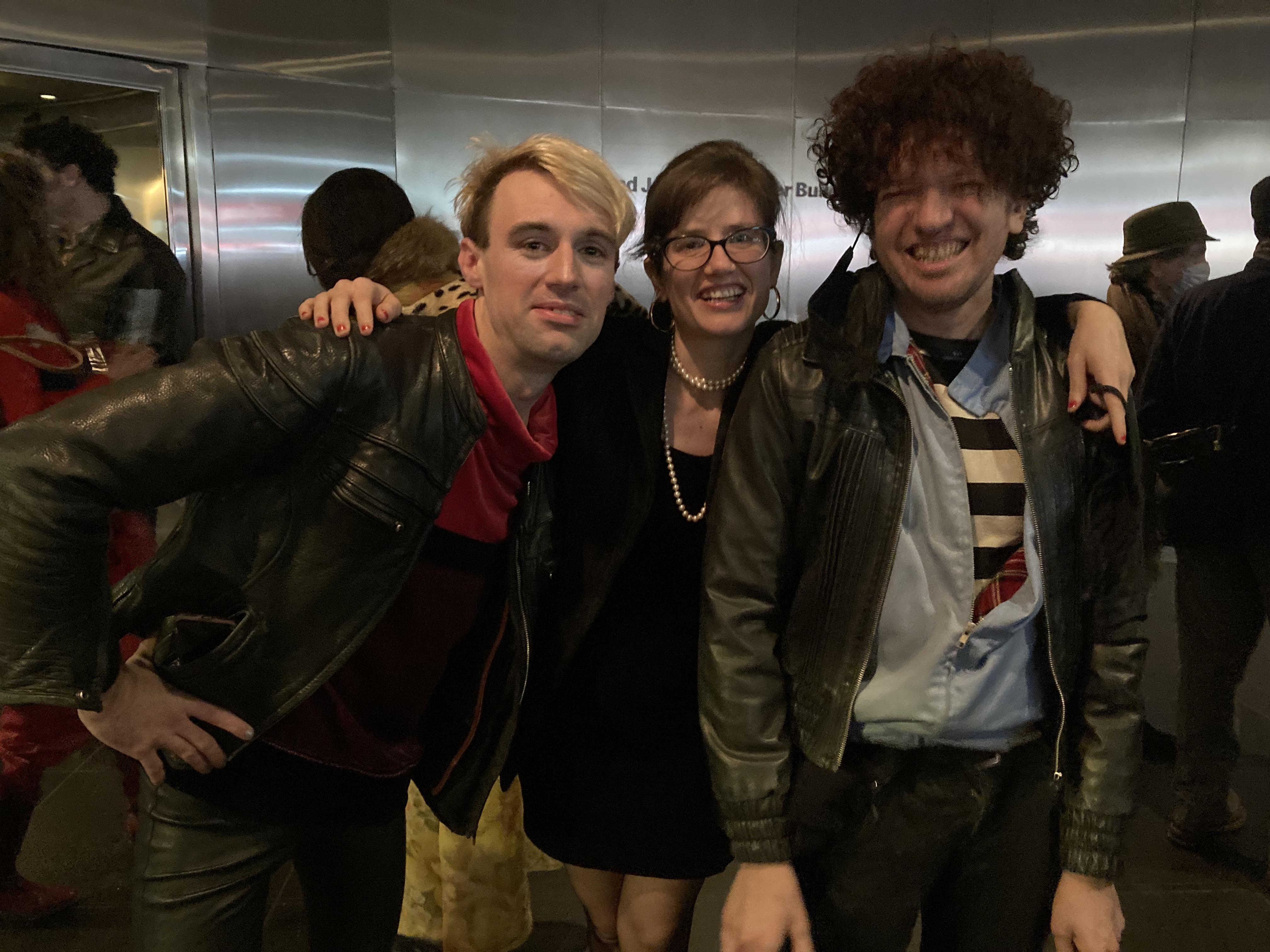
Mickey, Holly and Nikki doing the tango for 3 at the afterparty///family reunion at MoMA with Nikki Belfiglio and David J. White
Among the selections was 'Night Portraiture', a short edit of a longer film I'd made back in 2013 together with David J. White and Nikki Belfiglio, which was actually never shown or released except at home to friends who visited. This was part of a series of films where we'd traipse around New York City between the hours of 1 and 6 AM in some state of intoxication (klonopin was the poison of choice for this particular jaunt) posing like elegant trash, improvising scenes with found objects, staging miniature musical interludes and ridiculous dialogues. We made three of these films, only completed two and released none, until now-finally having our premiere at The Museum of Modern Art was an experience exhilarating and humbling in equal measure, and I'm proud and grateful for the opportunity to do so. (And here's the version of our film that screened that night, for those who missed the event):
ITEM #2: CORNELIA/FABIAN (TAKES 2 & 1)
I made a new film last month - and this one is a real film! Shot on 16mm with the help of Erica Schreiner (and Ben Hozie on sound). The ostensible purpose of this film was to test whether this funny wind-up old Bell & Howell 16mm camera would be suitable to shoot an upcoming film that Erica and I wrote together over the fall and winter. I'd been wanting to try out 16mm, not having used it since school--but I wasn't sure if the motorless camera would be feasible to shoot dialogue scenes with. I dug through an old journal and found a passage of dialogue I'd copied out of 'Going to the Dogs: The Story of a Moralist', by Erich Kastner, a 1929 novel of Weimar Germany in the vein of Doblin's Berlin Alexanderplatz or Isherwood's 'Berlin Stories'. Our first attempt to shoot hit a snag because I loaded the film incorrectly, resulting a blurry colorful miasma that we folded up into the "Take 1" portion of the film. (Which, naturally, comes second.) Holly here plays Cornelia, an actress describing her new role to Jakob Fabian (myself) and Erica Schreiner did the camerawork while Ben Hozie did sound, so it was a family affair ♥ plus Meow's cutest cameo yet.
ITEM #3: M. EXECUTIVE DIRECTOR
The people on the board at the Millennium Film Workshop have elected me executive director, succeeding a storied line of executive directors that have included Ken Jacobs, Howard Guttenplan, Joey Huertas and other luminaries--and so, for the next couple years I will try my hand at running a non-proft. I hope I can live up to the title! We have some fun events planned at the moment and monthly open screenings as always---check millenniumfilm.org for updates and to see our online shows! (this site is also where lives my cool and flattering executive director photo, from the set of 'CORNELIA/FABIAN', reproduced here:)
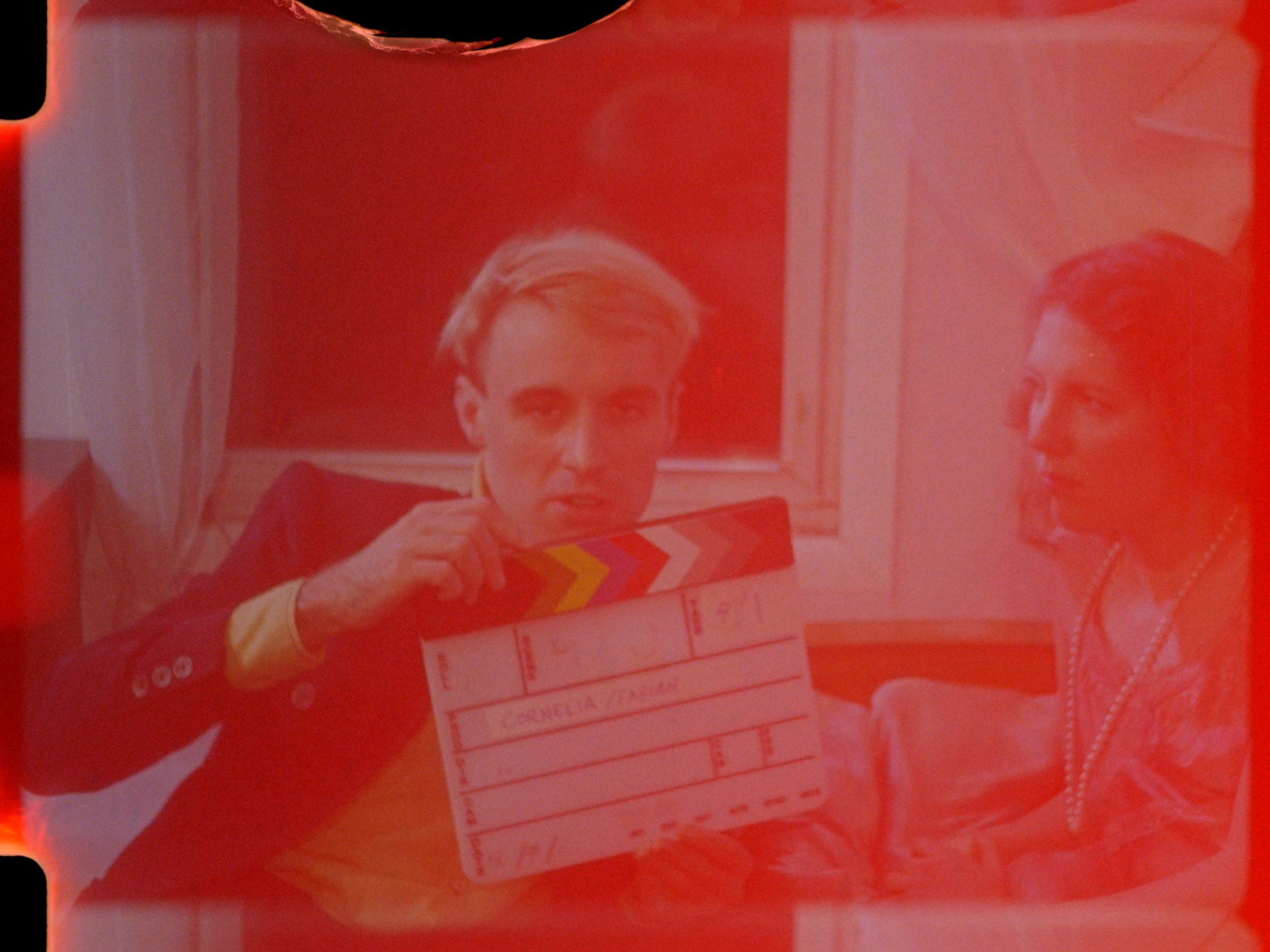
ITEM #4: MORE ACRYLIC GESSO
Acrylic Gesso played another show on February 27, at Bar Freda in Ridgewood, Queens, NY. This was the debut of our new electronic sound set up, and a couple songs we hadn't really done live, including Temptation Island' and 'Ray of Light' (Madonna). We are looking to book more! We have even switched up our sound since this recent outing and have all kinds of new tricks. We have also launched our website, acrylicgesso.com, a domain I couldn't believe was completely available! The website is still semi-under construction, but this week or next I'll be adding video and maybe some more info about us. Here's a clip of us doing 'Robot Straw' at Bar Freda:
BAR FREDA SET LIST: (This will likely be very similar to the tracklisting of our upcoming record, ACRYLIC GESSO: A PRIMER)
February 3, 2022-"Is it video or is it music?"
Or is it art or a commercial? What are music videos for? Why are they made? Who are they there to please? I've made more than a few music videos (there's 18 on the main page as of now.), and I usually try to approach the task with the same artistic integrity that I would bring to a feature or a performance piece. Why then, is the end result typically something which appears disposable or commercial in nature? Is it a form where the product itself is something which undermines the task of making it?
I have a friend who has characterized the music video as being the bastard child of cinema and pop music, a forced combination of two unlike forms containing none of the transcendent qualities of either. The artist-pessimist might view it as a flagrant commercial enterprise, an excuse to visually exalt the sex appeal of the musician in order to move more copies of the single. As a frequent maker of music videos though, my counterpoint to these observations has always been to point out that only in the music video do the cinematic techniques pioneered during the silent era and they heyday of the 60s avant-garde find their way to popular consumption---techniques notably absent from most narrative cinema. And as easily as one may characterize music videos as a bastard blend, the best of them can represent a fusion of forms and sensibilities between filmmaker and musician---most famously, for instace, Björk's collaborations with Michel Gondry.
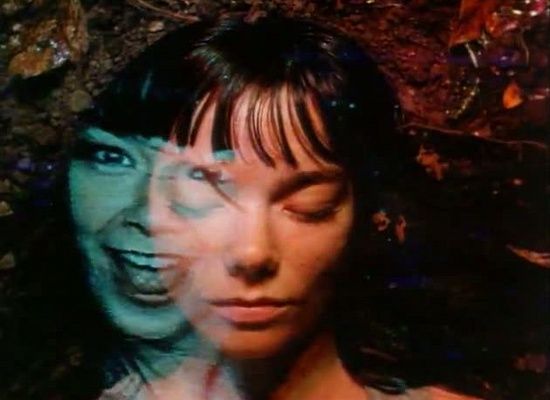
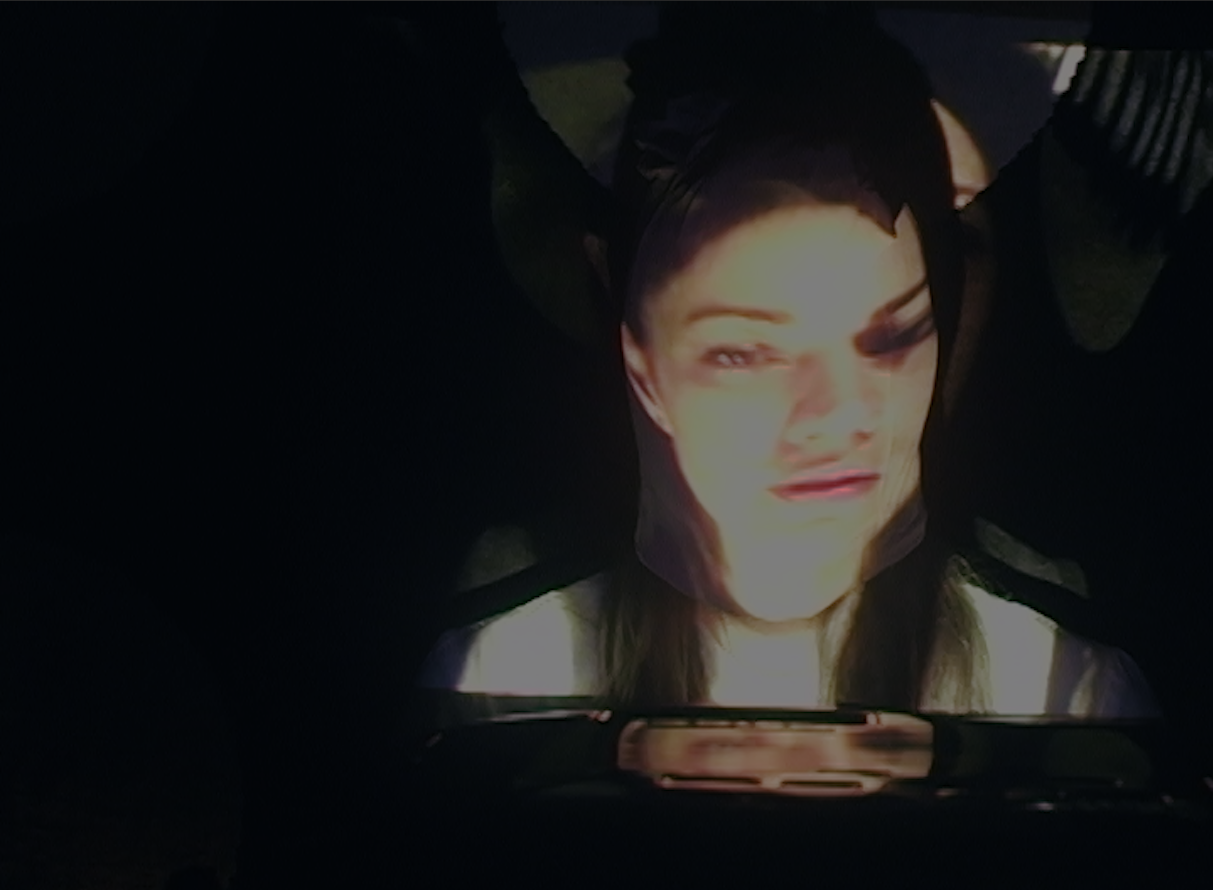
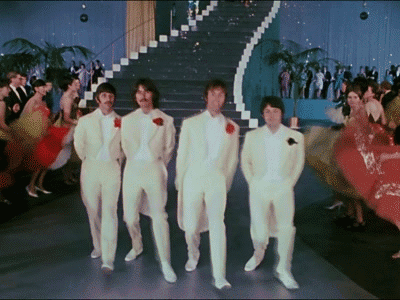

David Bowie's music videos from the late 70s prefigured the rise of both more creative and more commercial videos, as well as more music videos in general, with the advent of MTV in 1981. 'Boys Keep Swinging' and 'Ashes to Ashes' are the best Bowie videos from this era. Featuring an American Bandstand Drag Show and a bunch of clowns and weird religious figures walking in front of a bulldozer respectively, these videos surely must have some deeper meaning than just trying to sell records. Of course, Bowie had been making artistic little music films like this since the late 60s---the little-seen 1967 promotional film, 'Love You Till Tuesday' has amazing clips for 'Space Oddity' (where Bowie plays both Ground Control and Major Tom), 'When I Live My Dream', and 'Let Me Sleep Beside You', which is a personal favorite bit of Bowie Ephemera---this clip is definitely in the commercial category of advertisement of the artist's sex appeal, but as a piece of Bowieology it's invaluable because it feels like the first moment in his career where he steps away from music-hall goofiness and realizes bravely that he is sexy. (possibly more so than anyone else who ever lived). There's something transcendent in the realization that a music video can capture a moment like this in an artist's development---a document like this can become something of a Barthesian writerly text when free-associated with the art that came after it and rise above the initial intent behind its making.

Of Course, I didn't grow up in the 70s or 80s, and by the time I was old enough to develop a serious interest in music videos, they were mostly gone from MTV. Still,the first decade of the 21st century had some incredible music video work---maybe, freed from MTV and into the Wild West of early YouTube allowed artists to work more expressively and in a more direct-to audience way. This was the Hype Williams era of hip-hop videos, the indie-rock renaissance, and the explosion of French Electro. This was also the era that Home DVD releases of the video work of Spike Jonze, Michel Gondry, Chris Cunningham introduced me to music video milestones like 'Windowlicker' (Aphex Twin), 'I Fell in Love With A Girl' (White Stripes), and 'It's Oh So Quiet' (Björk)---to me this was really the music video's golden era, much more so than the 80s. I see this period as ending or peaking with Beyoncé's epic self-titled video album 'Beyoncé', overshadowed somewhat unfairly in my opinion by her watershed follow-up 'Lemonade'. It was around this time that I started making music videos myself, largely for my musician friends in Brooklyn. The occassion of writing this particular entry comes from a desire to take an extended break from making music videos---you burn yourself out on it, and the commercial elements I've discussed and the relations with collaborators around that can cause a pressure and malaise---though maybe one not entirely due to the genre, and that's what I'm trying to figure out. See, at this point I've made about 30 or so, some of them among my favorite work I've ever done. My first bit of real attention I ever attracted as a filmmaker was when my fan video for David Bowie's 'Valentine's Day' hit YouTube days ahead of Bowie's official video, had a brief viral moment and was later included in a Bowie fan art show in Bristol, UK. I've made 5 videos for The Yin Yangs, 2 for Holly Overton/MPHO, 2 for NO ICE, 3 for Bodega Bay/Bodega, 2 for Sic Tic....the more I consider it, though ostensibly these videos have been made with "commercial" aims---to accompany the release of an album or single, all that fades into the past with every band breakup and badly written video release write-up. (I think only 2 or 3 of all the bands I've ever made videos for still could be described as an active entity...and it's only been a few years!) What survives is a bunch of short, musical films I made with my friends--in other words, a "personal cinema."
And while I'm waxing nostalgic, here's a few other music videos I love (and images I borrowed from them):
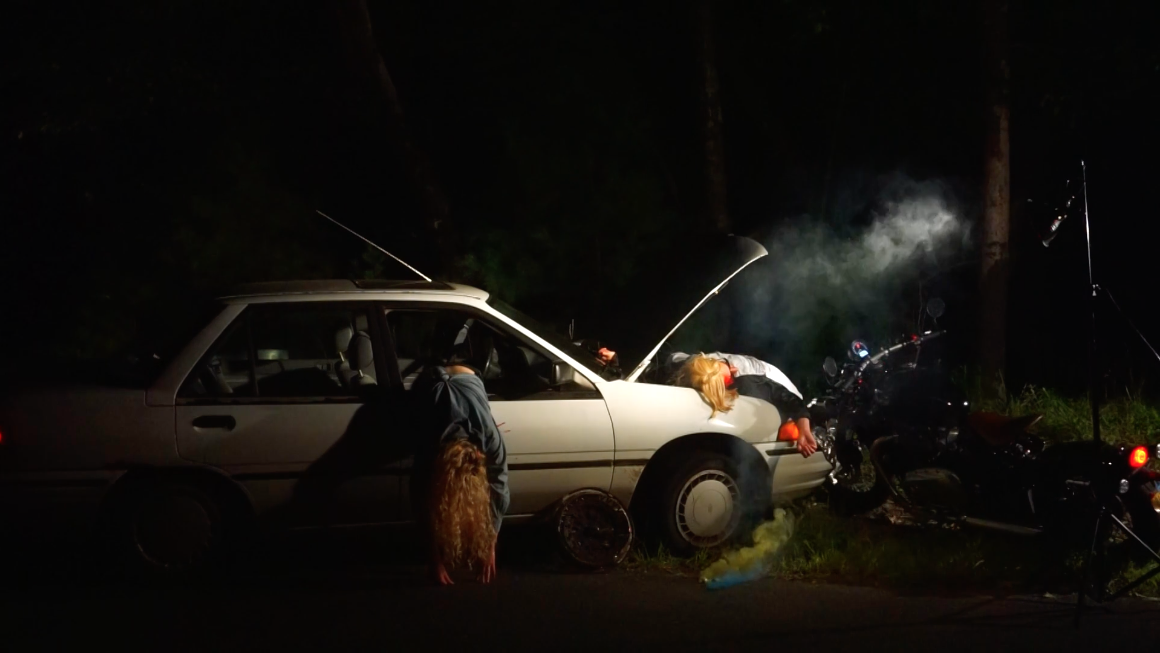
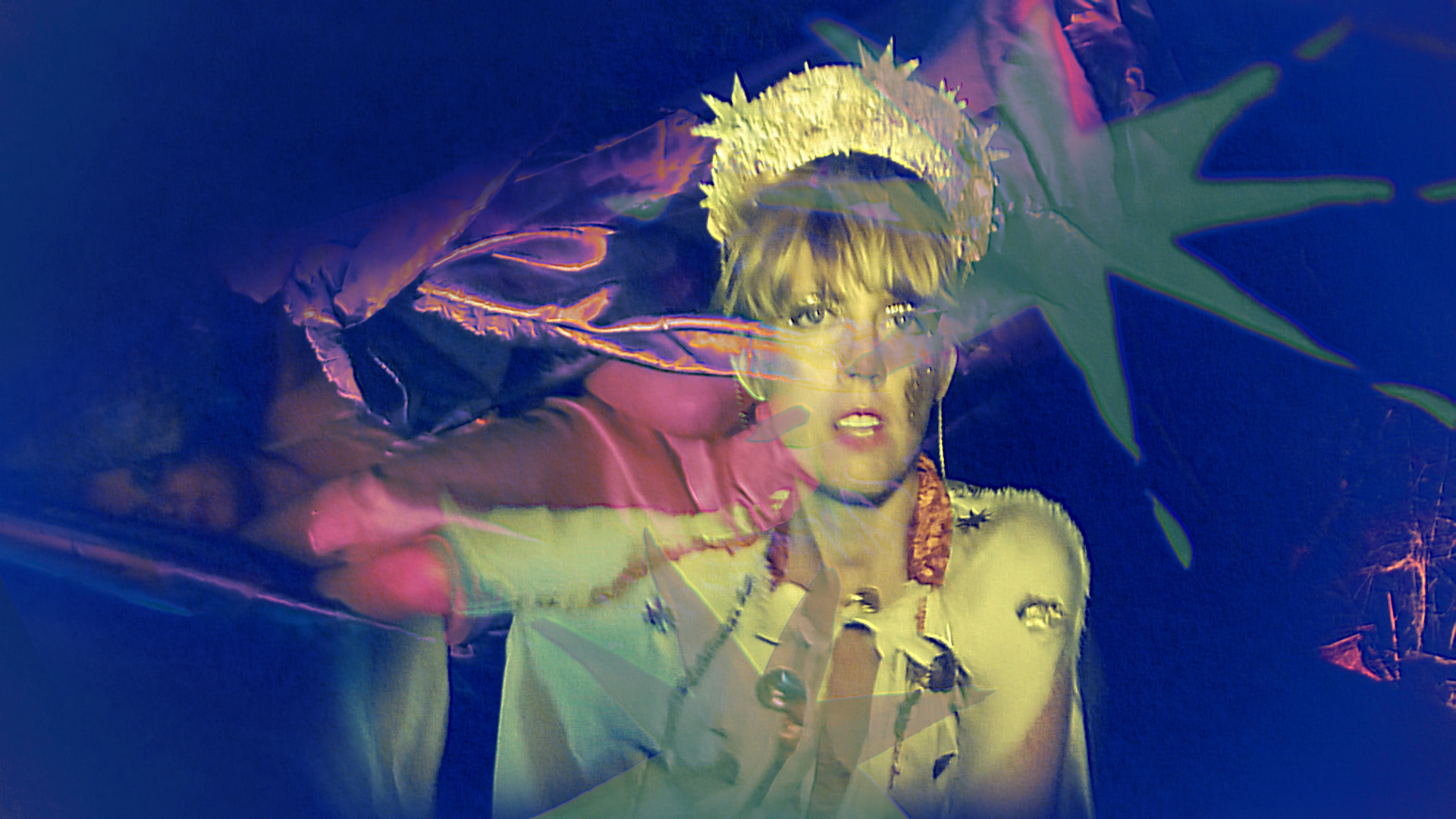
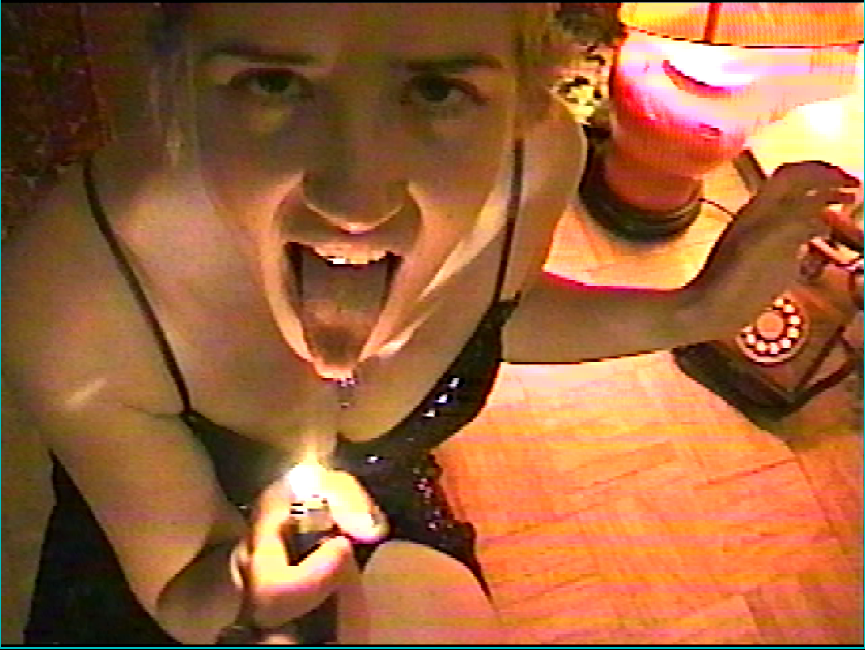
Janvier 1, 2022-"New Yurr's Round-Up"
New Year's Eve is one of my favorite Holidays. It always feels good to pretend like the sun coming up the next day and turning the page to a new calendar year will have some deeper magical meaning than the illusion of temporal organization that the human race has imposed on the world. It's a great excuse to let off the tension of the holiday season, while indulging in a kind of silly optimism and making wild promises to yourself and others you won't likely keep. I try to keep them meaningless...some of my past New Year's resolutions include "Graduate gradually" and Toe the line even harder." This year I resolve to...."LEAVE SOME SPACES BLANK"
This time of the year is also replete with year-end lists about the best-of etc; Personally I find this often difficult to do, since I rarely get the chance to see everything I'd like to see in a given year...I haven't yet, for instance, seen Bad Luck Banging, Or Looney Porn; or Licorice Pizza, The Card Counter, Drive My Car, or Labyrinth of Cinema, Petite Maman...and I don't really count rock-docs as movies but Todd Haynes' The Velvet Underground and Peter Jackson's Get Back seem like events enough that I'd be interested to consider them in that running as well. Some 2021 films I'd very much like to see, like Gaspar Noe's Vortex, Bruno Dumont's France and Joachin Trier's The Worst Person in the World haven't even been released stateside yet. Given that it's easier for me right now to name 10 new films I'd like to see than 10 new films I loved, I don't know if it'd even be worth it for me to make a top ten list. I will see all of these films eventually, it's difficult to make the time if you have work and other responsibilities unless you're getting paid to go to the movies. But who needs another top ten list anyway, ten is such an arbitrary number...

'Ten is the most arbitrary number, you'll ever do...
1.) BEST NEW MOVIE: BENEDETTA
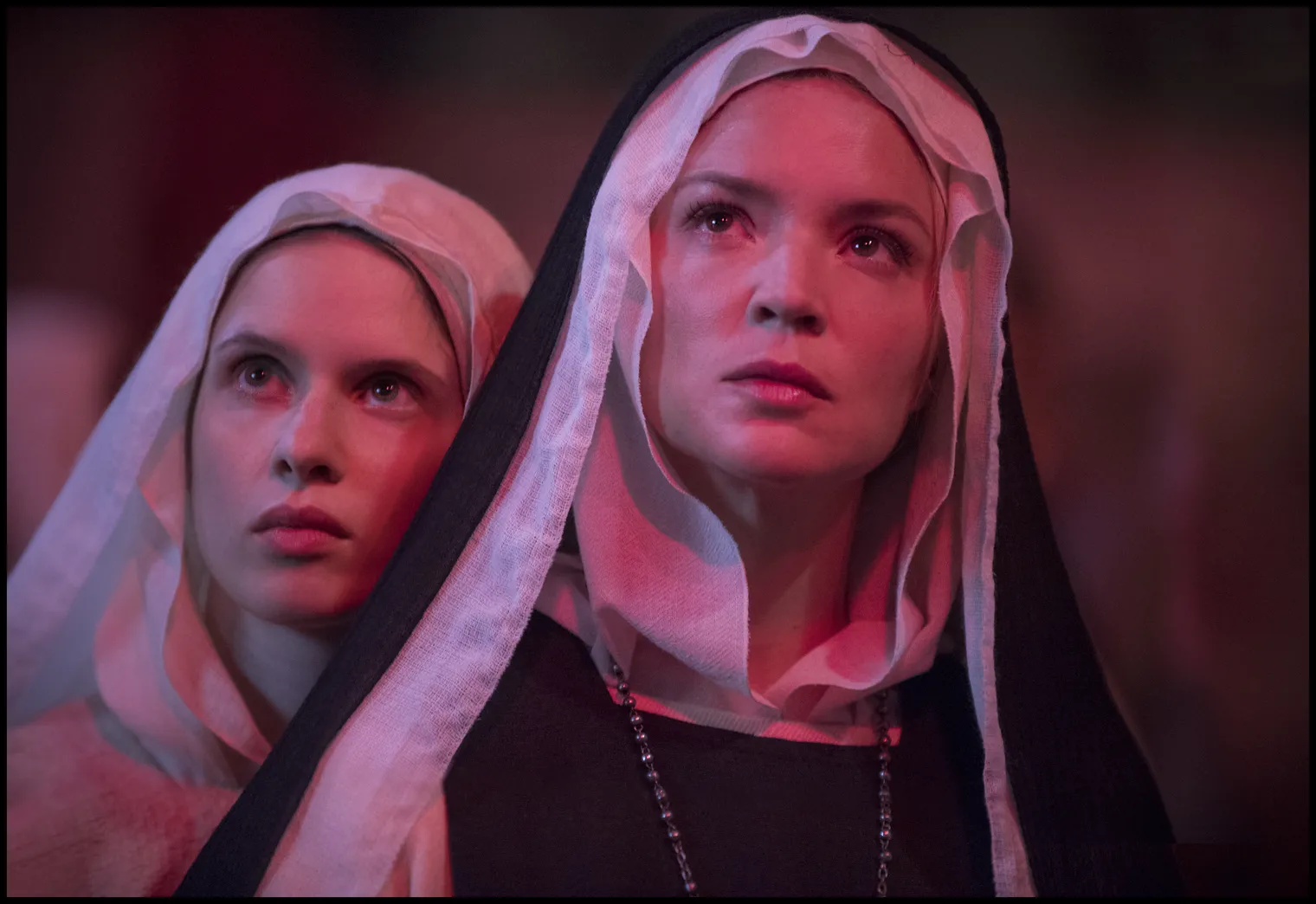
The best movie of the year (that I've seen, so far) is Paul Verhoeven's Bendetta, which is, unsurprisingly, perfect. The Lesbian Nun Movie is a time-honored genre (and also the subject of an upcoming delicious-looking screening series at Roxy Cinema Tribeca from ScreenSlate) that speaks to my queer Catholic soul in ways few other genres do, with such hallowed examples as Walerian Borowczyk's 'Behind Convent Walls', Powell & Pressburger's 'Black Narcissus', Rivette's 'La Religeuse' (well, some scenes anyway)...but Benedetta outdoes them all. Paul Verhoeven, the lusty Dutchman brings his 'Showgirls' sensibility of serving up titillation and grey morality to the story of Sister Benedetta, a historical 16th Century nun who claimed to have been touched by God and performed various miracles (but the Church later deemed her case to be a 'fraud'--and pointed to her lesbian seduction of a fellow novitiate to further undermine her reputation). The film plays with your acceptance of her miracles as either truth or ambitious trickery, but there's a sympathy to it that suggests that if her miracles are a cynical performance, they're performed in the name of survival and personal will in a repressive environment. Sister Bendetta feels so modern in her context hat to us she feels like saint, though maybe one of a different stripe than the people of her town declare her to be.
But as is Verhoeven's specialty, the film delivers on a visceral level. It commands our emotions the way only the best films can---the violent scenes are terrifying, the miracle scenes of religious splendor are awesome (in the holy sense not pizza sense), and the sex scenes are legit erotic and often funny too, the way real sex is...
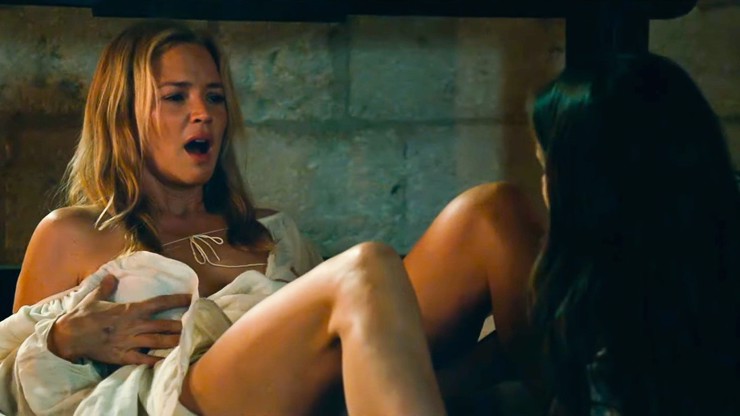
ᐊ(hand-carved Mother of God sex toy) Well maybe not real-real. Some spoilers of images that will stay with me forever: the indignant suicidal leap of Sister Cristina, bathed in the crimson light of celestial doom. Charlotte Rampling's shocking plague-martyrdom, A sexy romance-novel Jesus inhabits Benedetta's fantasies, (with an amazing genital twist) shockingly possessing her voice and her body. And the film's playful and intentional blasphemy carries over even to its place in film history--scenes of stake-burning and medieval witch torture suggest that most cinematically hagiographed saint, (Take your pick Dreyer, Bresson, Rivette, Rossellini, Preminger...seems veryone's had a crack at Joan, even Verhoeven did a TV film in his early career!)--the story of Benedetta reads easily as an inversion and perversion of the Joan of Arc legend and thus a statement about its enduring presence in capital A Arte Cinema. But for all of that, true to the film's religious subject matter, I felt swept up and carried away with the transcendent fervor of the film, I cried, laughed and got horny...and emerging from it all, had the feeling only Verhoeven truly knows what movies are for.
2-4.)'TITANE', 'ZOLA', 'ANNETTE'
(I wrote about these films at considerable length for my last blog post so just scroll down to get my take on them)
5.)'THE FRENCH DISPATCH'
You've gotta be a pretty cynical moron to dismiss a film this beautiful that's packed to gills with a million and one inspired ideas, executed flawlessly. I don't care if you think you're too good for him, Wes Anderson is a genius. I mean, just look at this stuff:


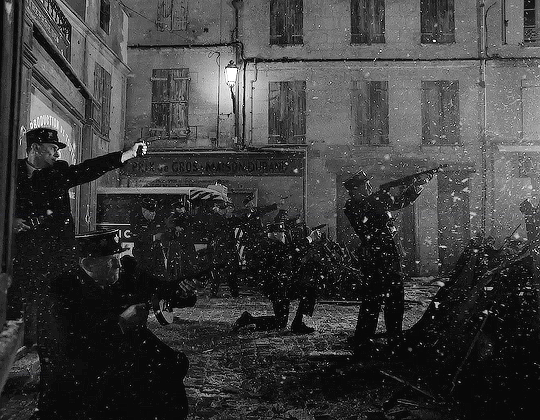
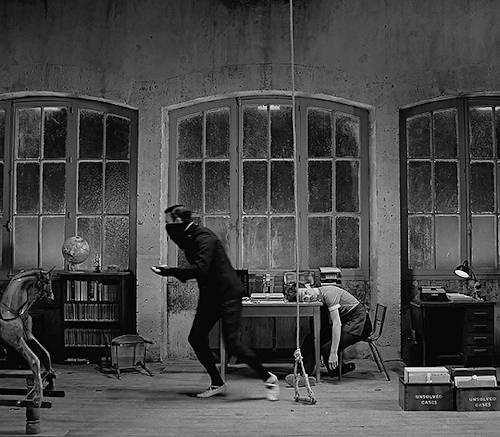


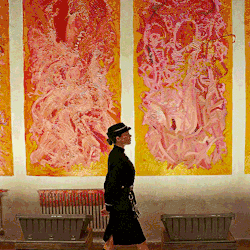
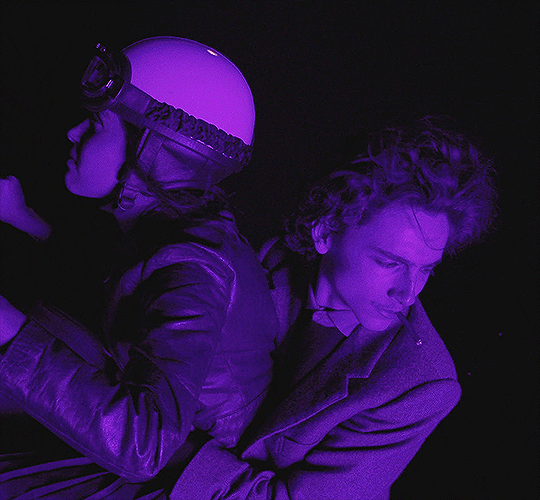
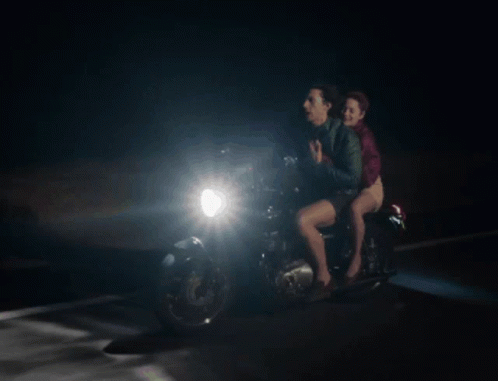
6.) 'THE SPECIAL PEOPLE'
I'm super proud of and inspired by my friend Erica Schreiner for her awesome new feature 'THE SPECIAL PEOPLE', in production for years and finally completed this summer. The film, shot on VHS entirely in a home studio on sets handmade by Erica, is an intimate epic, a hero's journey tale told of a glittering but gloomy fantasy future where all people are hypnotized by plastic controller-cubes, and the "Special People" who resist their Overlords (who turn out to be cake-guzzling French Fops) and quest to destroy them and liberate the peaceful forest-dwellers. Apple (Erica herself), encounters along her way distractions and obstacles of all kinds, people who are more idioms than people, all of their interactions comprising densely layered metaphors. In spite of its allegory though, 'THE SPECIAL PEOPLE' is not a trick or riddle to be solved, but more like a poem whose images are meant to conjure associations in our minds and enlighten us. Additionally, the simple quest at the heart of the film and arts crafts quality of the clever sets and character types gives it a universal feeling that even a child would enjoy. (I found myself thinking of 'The Phantom Tollbooth' by way of 'Pink Narcissus'.) Erica's universe of expression she’s created over the years is not only so profound, but also so specific, that to engage with it is to become aware you’ve been invited deep into her psyche, to share into her passions, fears and joys, anima and animus made living in every richly textured video frame.
7.)'CAN'T GET YOU OUT OF MY HEAD'
Adam Curtis' found footage editorial history of how the cold war and the cultural revolution transformed into our current state of affairs via decades of Western neoliberalism and media Manipulation (the latest in a years-long effort to make sense of our mad world that includes 'The Century of the Self' and 'HyperNormalisation') It's a serious downer, and offers no definitive answers per se but nonetheless is incredibly informative and a weirdly addictive, enertaining watch. As a public courtesy, I guess so we can all know what's really going on, Adam Curtis' films are all available on YouTube in their entirety for free; settings won't allow embedding though, so I'll paste the link to the first chapter HEREand in it's place I'll embed a sequence from 'THE SHOPLiFTERS' (Co-Created with Preston Spurlock, and, which I'll grant, was somewhat directly inspired by Adam Curtis' previous work) that carries some eerie similarities in terms of its points and imagery:
8.) 'THREE DIFFRACTIONS OF LA'
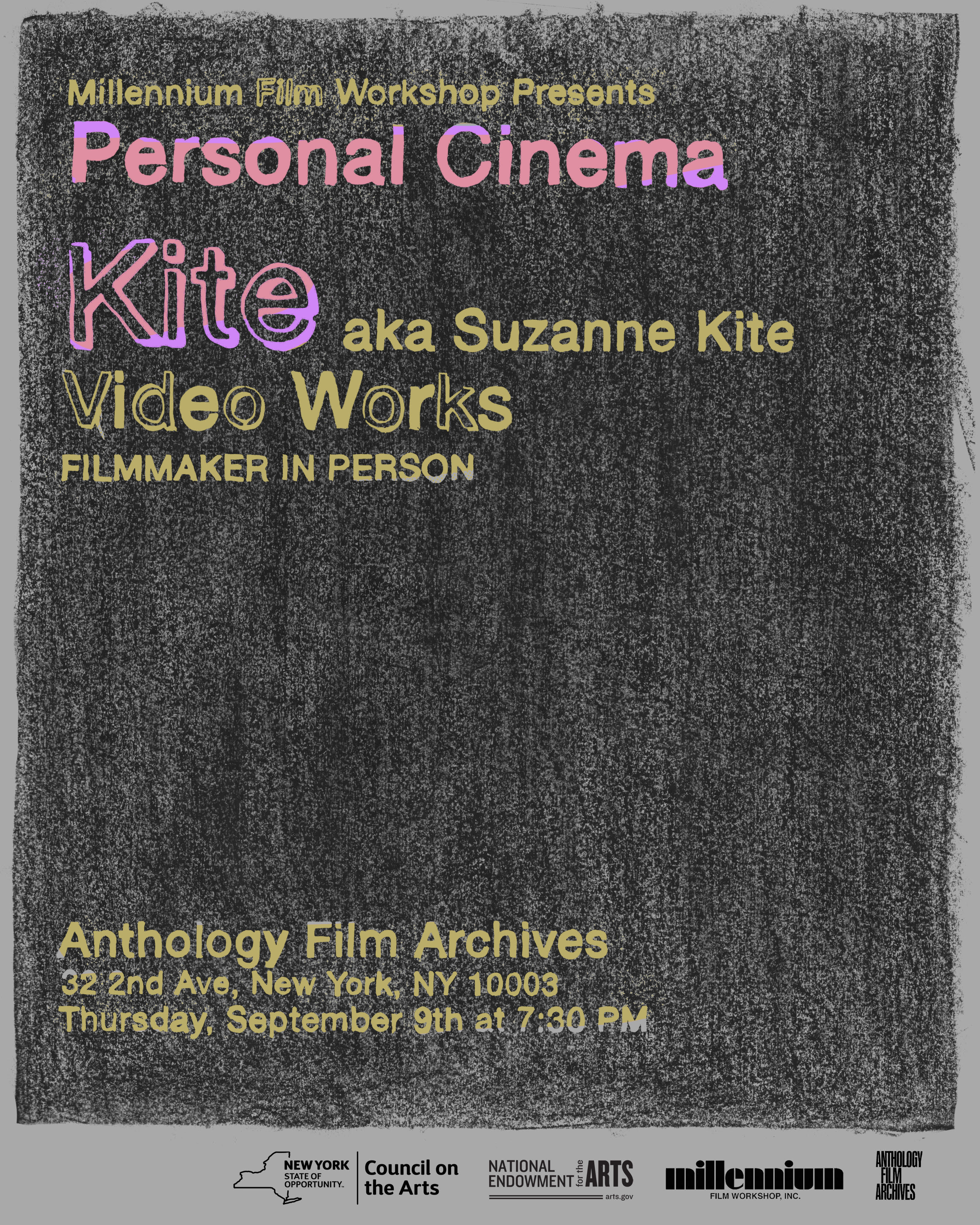
Suzanne Kite's body of work ties Oglála Lakȟóta ontologies to AI systems, translating personal and cultural histories into sound art and video, and it is unlike anything I've ever seen before. In 2021, through Millennium Film Workshop I had a chance to host Kite and a program of her video work at Anthology Film Archives. There she premiered 'THREE DIFFRACTIONS OF LA', a triptych of sounds and images meditating on a mid-pandemic Los Angeles, looping sunset cell phone footage fixating on omnipresent helicopters, as memories of personal experiences clubbing in LA meld with familial and cultural memories of her grandparents, via AI-Generated onscreen text. A Lakȟóta lullaby is sung over the phone with her cousin, and cathartically, the sunset visions are remixed with Kite's trippy techno music, making a view to which we've by that time become accustomed wholly unfamiliar in a new way. The entire experience is profoundly affecting, and it was a privelege to have been involved in showing it, not to mention experiencing it in the moment with an audience. Check it out in its entirety below, with headphones if you don't have good speakers:
Well, that's it. I told you I wasn't going to do a top ten list, but i've shared some of the things I felt enthusiastic about and I'm looking forward to seeing all of the 2021 films I've missed next year. I can also tell you my favorite book I read this year, that would be Cixin Liu's 'THREE BODY PROBLEM' trilogy (I'm still only halfway through the third volume, but this is seriously an incredible work of hard sci-fi that blows my mind every time I crack the spine. I couldn't recommend it more highly.) ScreenSlate also does an annual feature where they ask various film writers to post their favorite films they experienced for the first time over the course of the past year, which is a neat idea to me, so I'll share some discoveries and first viewings of older films I've loved too (3+ involve Juliet Berto): 'BLACK LEGION' (Archie Mayo 1937), 'OUT 1' (Jacques Rivette 1971) 'TWIN PEAKS: THE RETURN' (David Lynch 2017), 'AIEUONN' (Takahiko Iimura 1993), 'CRUISING' (William Friedkin 1980), 'A TALE OF SPRINGTIME' (Erich Rohmer 1990), 'MIRROR' (Andrei Tarkovsky 1975), 'THE DAMNED' (Luchino Visconti 1969), 'STROMBOLI' (Roberto Rossellini 1950), 'WHAT IS A MAN' (Sara Kathryn Arledge 1958), 'SHOAH' (Claude Lanzmann 1989), 'DUELLE' (Jacques Rivette 1976), 'L'AMOUR FOU' (Jacques Rivette 1969),'THE WORLD'S GREATEST SINNER' (Timothy Carey 1962),'MAGNET OF DOOM' (Jean-Pierre Melville 1963), 'NEIGE' (Juliet Berto 1981), 'FIRES ON THE PLAIN' (Kon Ichikawa 1959).
Thanks For playing! See you in '22!
October 25, 2021-"Crash of the Titanes"
There's more than a few good movies out this year, I feel good about that! It could be because last year didn't see so many releases due to pandemic shit, so all the good stuff was saved up and now this is like a doubleplusgood+ year, which is great in my opinion, maybe they should do it every year. I think the superhero stranglehold is starting to loosen its grip on the film industry in this country at long last--the forcible shift of much of that material to a television market via Disney+ I think probably has a lot to do with this, though to be honest, I have a feeling the studios deeply prefer it that way and have been looking for an excuse to move all of it to streaming for years, and the covid was a weirdly perfect opportunity (or maybe Disney planned it! I'm not gonna spread covid conspiracies on this blog but I'll leave that there along with this freaky Mickey Mouse T shirt...)
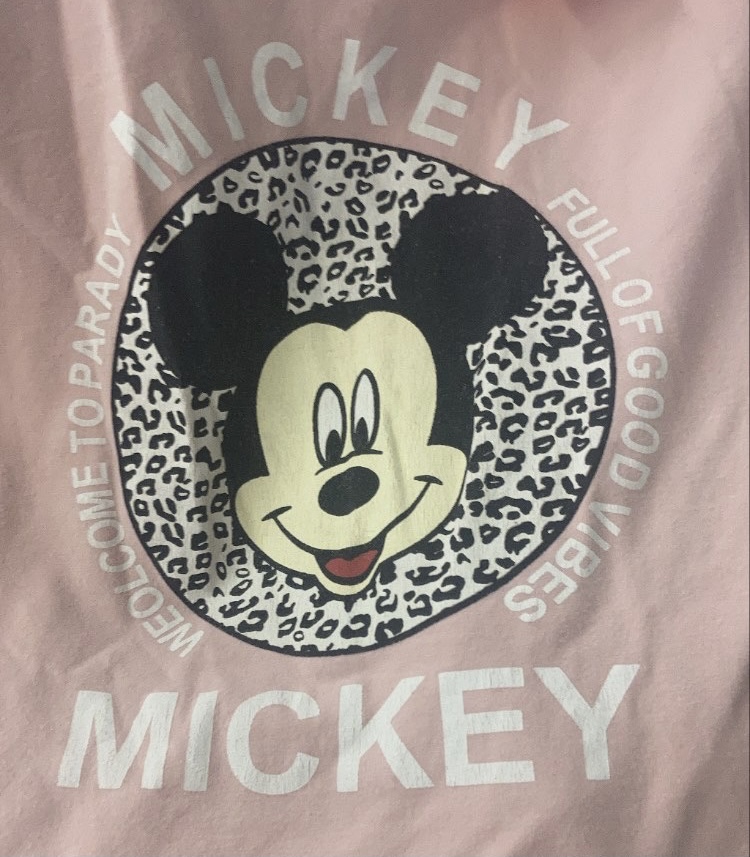
HAIL MICKEY, FULL OF GOOD VIBES..."WEOLCOME TO PARADY"?
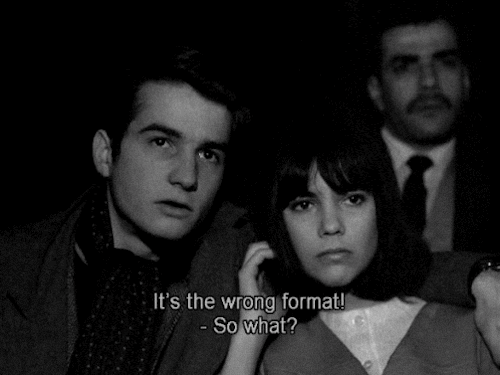
(I FELT LIKE JP LÉAUD)
This actually sort of transgressed me...I think I'm somebody whose pretty well-versed in the kinds of things that might be intentional avant-garde techniques...and this is was a film that had a lot of unusual ideas going on it, and it really made me question myself for a moment. Could it be that the film was intentionally out of focus? But why? What could that be meant to communicate? Is the "truth" of this story meant to be something blurry? But wouldn't it be dumb to just make the whole movie out of focus in order to say something pretty obvious?
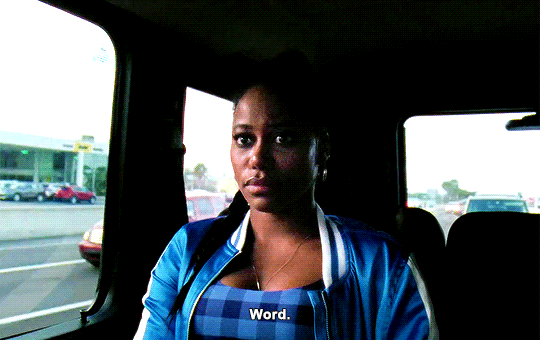
Well the fact is, it wasn't. The film is not meant to be out of focus and they just fucked up the projection of it and made a weird excuse for it instead of fixing it. So don't let any goofy teenage usher tell you that.

Julia Ducournau's 'TITANE' also features some deliriously filmed stripper scenes, and like 'ZOLA', these are just the beginning of a story too weird to give away, featuring impregnation by Cadillac, a shocking homicidal spree, steroids, firefighters, a desperate gender-flip and the Macarena...the list goes on, I don't want to say too much. Alexia, scared by a childhood car accident is now a car stripper, like a background character from a 'FAST AND THE FURIOUS' movie, a car stripper so apparently popular that people hound her for autographs. The film's trail of increasingly bizarre breadcrumbs leads us to what ends up being a father-child relationship tale that's unexpectedly tender, given how creepy both Alexia and Vincent (the father) are. Vincent is the captain of a firehouse where they cut loose in all-male parties that look like scenes out of 'CRUISING' - though if you asked these firefighters, I guess they'd insist they weren't gay, given their ambiguous discomfort when they finally witness some hot out of control male fire-truck car stripping - this movie is nuts!!
'TITANE' has drawn a fair number of comparisons to David Cronenberg's 'CRASH', probably because of the auto(mobile)-sexuality, and the 'VIDEODROME'-style body horror of Alexia's engine-oil pregnancy, but I feel like a more interesting film to consider it in light of is this year's release from another French filmmaker, Leos Carax's first American movie, the Sparks-musical 'ANNETTE', which also tells a father-daughter story, whose paradigm is flipped from 'TITANE's in that it begins idyllic and ends in bleak sorrow, contrasted but not undermined by the film's constant irreverence. (interestingly, "ANNETTE" is very nearly an anagram of "TITANE", but would spell "TETANNE"). The film is sung through with operatic songs with highly literal lyrics, all written and composed by Ron + Russel Mael, who appear in the Brechtian intro alongside Carax, his real-life daughter and the principal actors, albeit out-of-character. Adam Driver, who I usually think is overrated, is actually really excellent in this film, which tells a very deceptively simple story of a selfish man whose bad habits and addiction to adulation eclipses and destroys his love for his family. Similar also to 'TITANE', this film features as one of the principal elements, a child, a weird child. Annette is a literal puppet (of her father's), in an intentionally thin metaphor, a mari-Annette.
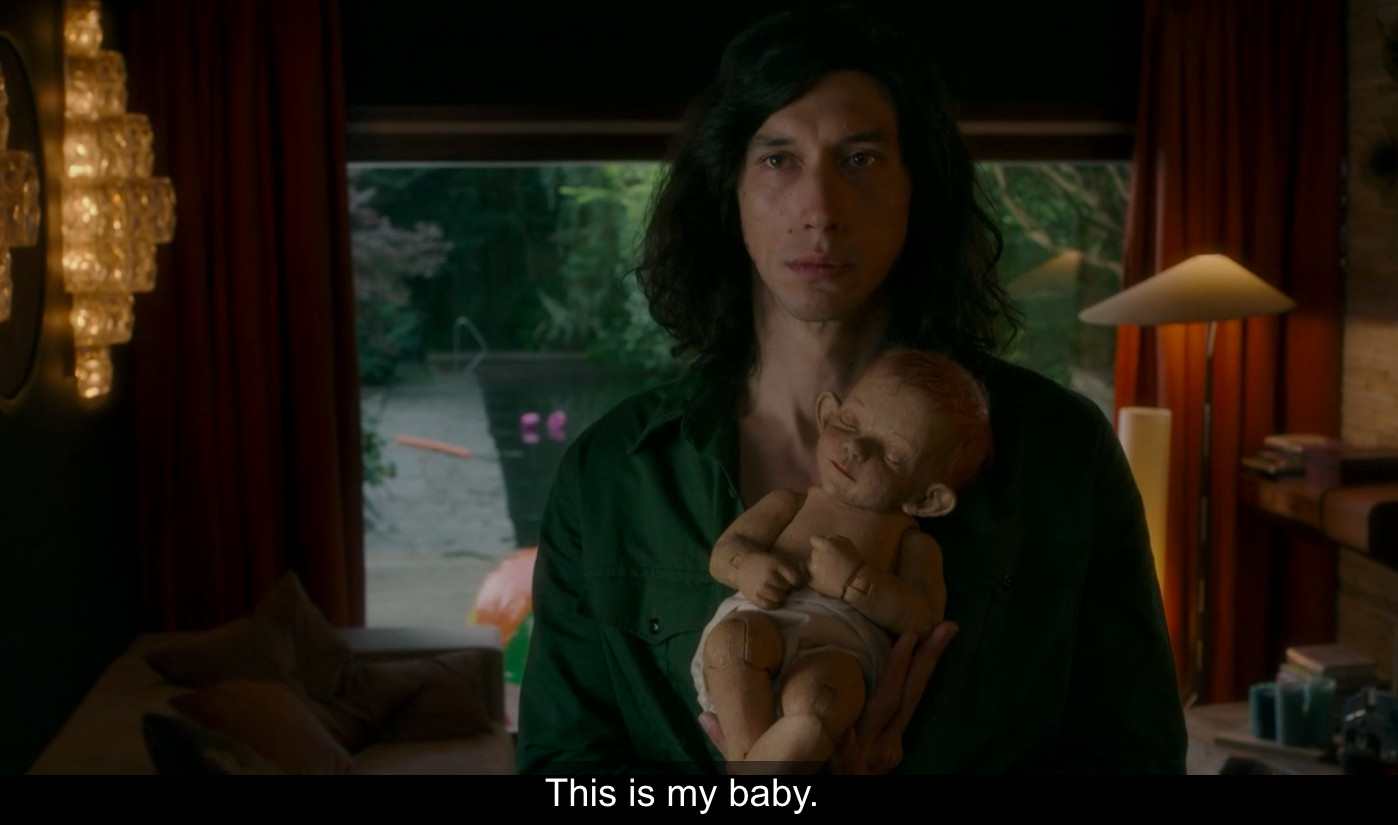
I think the convergence of these two films in a post-Covid world (though 'ANNETTE' was shot in 2019 nd in development for years before) speaks to a certain Millennial anxiety around having children. (Another film in the baby-horror genre out now, that I haven't gotten to see yet is the Icelandic film 'LAMB'). Ours is the generation least willing to produce another generation, not surprisingly given our massive debt, world of constant crisis, and the ultimate destructive tendencies of parents' generation, still unwilling to sacrifice their power and control even as they enter their seventies and eighties. We are all, essentially, like the main players of 'ZOLA' hustlers to the core, getting by however we can. We fear the potential, represented in 'TITANE' that reproduction poses to destroy our bodies and corrupt our chosen identities (the only thing many of us probably feel we have control over). And we fear likewise, the potential that we may succumb to the cruelty and selfishness we've witnessed gripping the once-idealistic previous generation, the sad irony at the heart of 'ANNETTE'. My only hope is when our generation reaches that inevitable cynical phase we get a 'FREDDY VS. JASON' style sequel, where a grown-up puppet-baby Annette faces off against the mechanical car-baby from 'TITANE'. The entertainment value would surely make up for some of the loss of dignity :p.
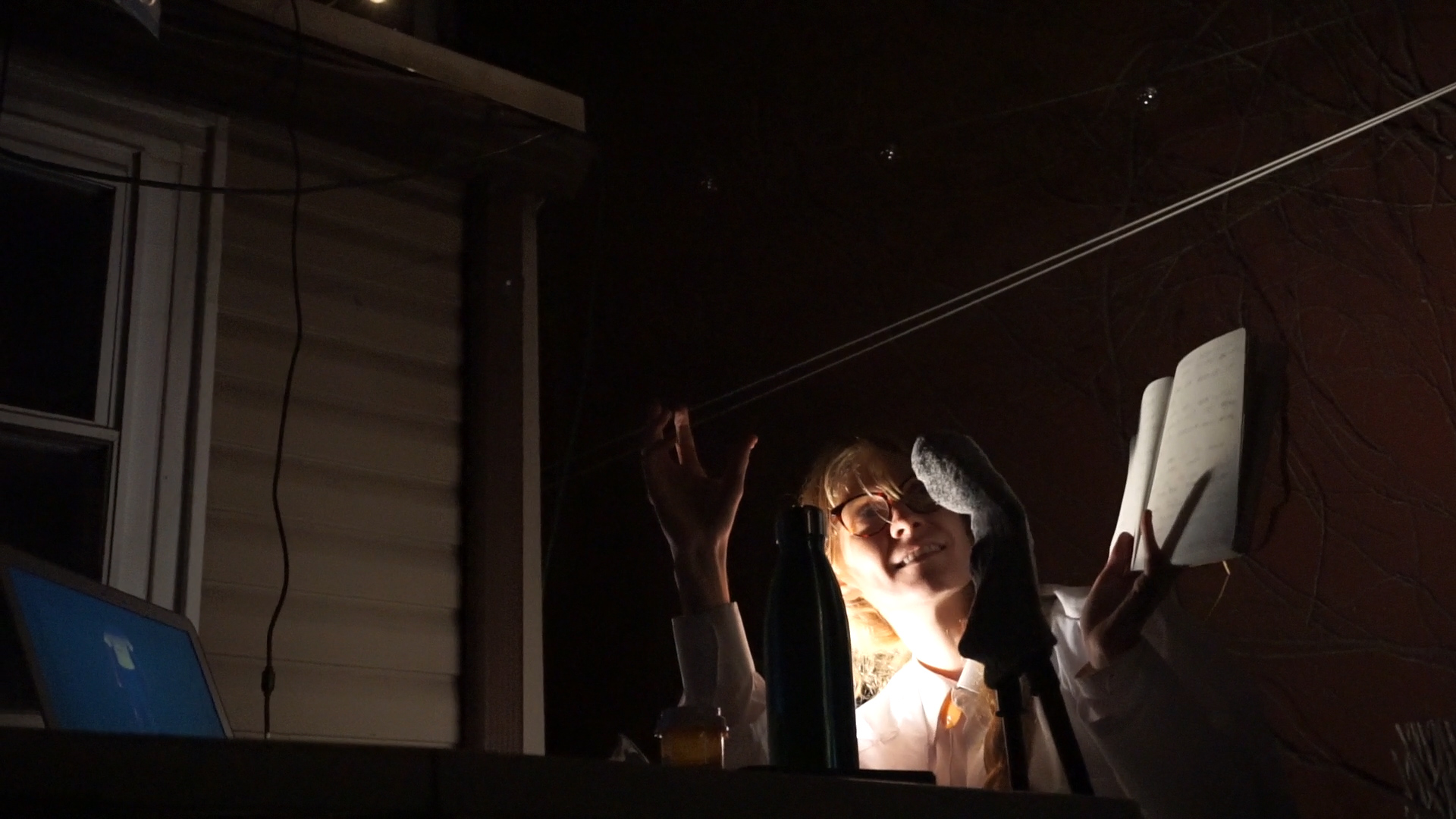

In other news, this past month I finally got to put on a performance I'd conceived back in 2019 when I hosted the 'CINESTESIA' workshop in performance-video art for Millennium Film Workshop. 'PAPER DOLLS (PROJECTION)' is expanded cinema performance where various "looks" are projected directly onto my body in the light-mapping style of Tony Oursler, while the audio from a Teal Swan life-guru YouTube video about Projection plays against the image. The first time we tried to perform this in 2019, technical issues prevented it from coming off, so it was an exciting opportunity to get to do it finally for real, thanks to Sean Spada's NYFA City Artist Corps grant-supported event, 'Hull Street Cabaret Cinema', hosted by Sean S. & Jordan Auber, featuring improvised collaborations by musicians and film/video artists. (I curated the film and video half, which included works by Abigail He, Zoe Alice Camina, and Marzipan Joyner).
In this performance of the piece (which can be performed a number of different ways), Paige Johnson-Brown improvised live counterpoint to Swan's new-agey psychobabble in a continuous stream-consciousness dialogue questioning how some of Swan's points might conceivably be used in a different context to defend abusers. I am the stoic-paper doll statue, representing at various times, my own projections and various personae, and yet another counterpoint to Paige's and Teal Swan's projections. I'm very proud of how it came out, so I'm pleased to leave you with video documenting the entire 34 minute performance embedded below. Enjoy!
For another shade of teal, this month also saw the release of 'DOERS', the new single from BODEGA, for which I collaborated on the music video with my old comrades from the music war. We shot it like a masked hip-hop nümetal video, a kind of D.I.Y. Limp Bizkit in a small gymnasium, with Ben playing Dr. Doer, a character who is a little like the Penguin and a little like your dad and a little like your boss. I've always wanted to shoot in a gym, (and there's a prevalence of gymnasium material in the script for 'LOVE IN THE YEAR 2064'). I've never exercised in one but for whatever reason I love their aesthetics...maybe soon I'll do a mini post with some of my favorite video gyms. Catch my cameo as one of the Doers riding an exercise bike about midway through the vid:
Septermber 21, 2021-"All the News that's Fit to be Tied"
Wow, August and September are Newsie months! Have I got some things to report to you....
First off, I'm excited to announce that I am now officially a member of the Film-makers' Cooperative, with 4 of my films now available from their catalog, including 'THE SHOPLiFTERS', 'THEY READ BY NIGHT!', 'PEA ISLAND' and 'BLONDE ROSES'. It's really quite an honor to be included in an organization which handles distribution for such filmmaker-idols of mine as Hollis Frampton, Stan Brakhage and Maya Deren. Here's a link to my profile on their website with info about my films available from them: (LINK) On September 12 was a screening at the Film-makers' Coop that I helped put together as part of a curatorial workshop conducted by Devon Narine-Singh, the program was titled 'Not To Be Missed' and if you missed it, well I'm sure sorry for you.

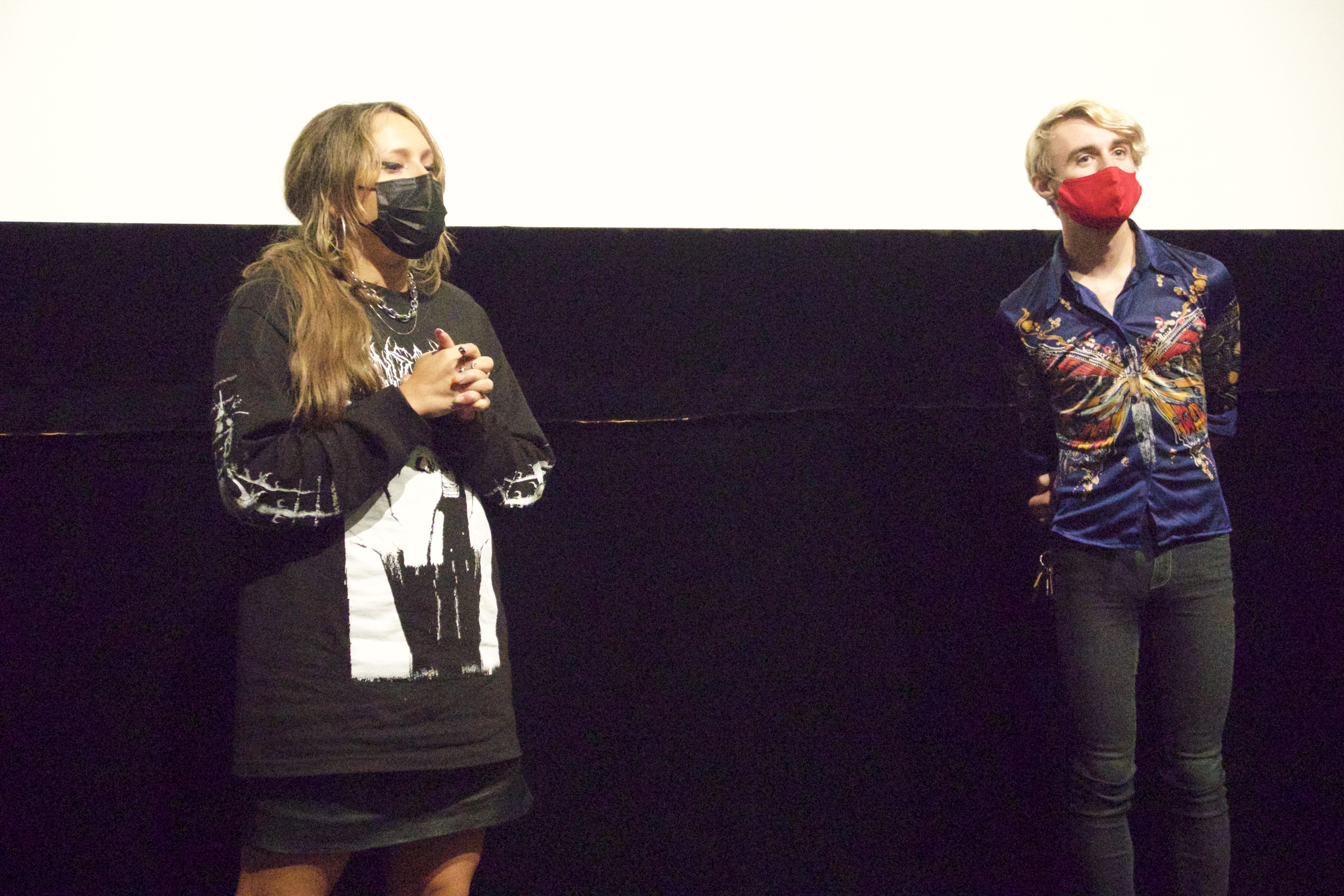
Also on the subject of curatorial activity, the Millennium Film Workshop Personal Cinema showcase of video works by the incredible KITE aka Suzanne Kite on Sept 9 at Anthology Film Archives was a big hit, and a huge honor to be able to introduce her work to a new audience here. For me it also felt especial5y special to curate a show at a place where I have so many rich memories of cinema, from meeting Robert Downey Sr. in 2008, when I was there for the very first time attending a crazy screening of 'THE MAN WITH THE MOVIE CAMERA', where they projected all four reels from four prints in different formats at the screen at once. I saw 'CHELSEA GIRLS' double projected in 2009, and 'THE SHOPLiFTERS' festival premiere at NewFilmmakers NY in 2019.
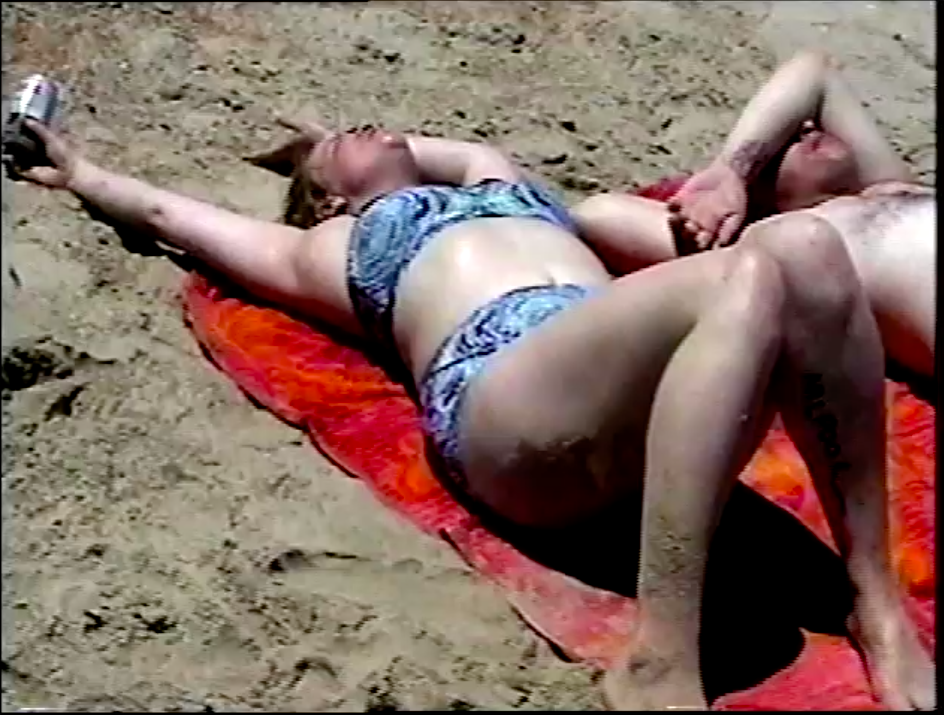

Also this week sees the release of the SPERMCHURCH album, merdeka
While the meaning of this video should be obvious to anyone who views it, I'll add that reviewing the footage to this video + doing the first cuts was one of the last times I ever got to spend time with Sanne working together on some weird shit and it's really special to me for that reason. There's a secret 35 minute "unravelled" version of this featuring some ultra-raro Spermchurch demos among the video roulette on the splash page, I'll also be adding this video to the roulette as well.
Acrylic Gesso made our stage debut August 28 at Rockaway Brewing Co as part of the No Cover New York Mini Fest put together by Jamie, made possible by a NYFA City Artists Corps Grant. The set list for our show was as follows:
August 20, 2021-"Sick with Consumption"
You know, once upon a time people used to come down with consumption and they'd be quarantined. Now, people are quarantined and then they come down with consumption. I'm not coughing up blood though, I'm merely consuming media, films art books etcetera. It's actually precious little different from life before the plague but feels somehow more dire. One of the first things when I was a teenager that really activated my cinephilia was this book somebody gave me called:
"1001 Movies to See Before You Die"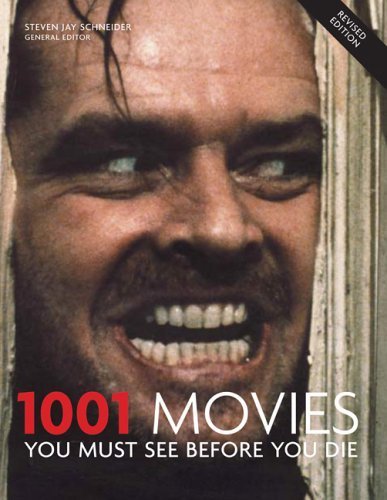 . This book has been published in several editions, updated from year to year etc. always with a different still on the front cover, but mine had a picture of Jack Nicholson in "The Shining" on it, which sort of made you feel like you were going to die, and that Jack Nicholson was going to kill you, and that you'd better hurry up and watch these movies because he's bursting through the doorway and laughing sadistically right this instant, brandishing an axe. Maybe this worked some kind of subconscious magic on me, because I was entranced and instantly hooked on films in a way I hadn't quite been before. I think I must have gotten this book when I was maybe 15; I'm 31 now and according to this Letterboxd List, which compiles all entries from all editions, I've seen about 53% percent, or 665 of 1235. One way of looking at this is that I'm now a little over half-dead I guess.
. This book has been published in several editions, updated from year to year etc. always with a different still on the front cover, but mine had a picture of Jack Nicholson in "The Shining" on it, which sort of made you feel like you were going to die, and that Jack Nicholson was going to kill you, and that you'd better hurry up and watch these movies because he's bursting through the doorway and laughing sadistically right this instant, brandishing an axe. Maybe this worked some kind of subconscious magic on me, because I was entranced and instantly hooked on films in a way I hadn't quite been before. I think I must have gotten this book when I was maybe 15; I'm 31 now and according to this Letterboxd List, which compiles all entries from all editions, I've seen about 53% percent, or 665 of 1235. One way of looking at this is that I'm now a little over half-dead I guess.
The book really did have 1001 entries, and in addition to the sort of canonical Hollywood fare you might expect, it was replete with descriptions of foreign, obscure, and even avant-garde films that had never even entered my imagination before. Even more incredible were the stills, full-color (when they were color films anyway) representing about a third of the movies in the book. Sometimes just seeing the still and knowing the image existed meant more than the meaning of whatever movie it was. Often when I'd see a film that I was aware of only through the still in the book, the full experience might fail to capture the feeling of mystery the still filled me with. Or I'd see a film and have no idea where it was in the experience of watching it the image from the book occured. A memorable instance of this was in the entry for Gillo Pontecorvo's 1965 influential classic of lefty guerilla cinema, 'The Battle of Algiers'. The entry contained, in extra small scale, this following still, representing the scene early in the film where the lead character, Ali La Pointe, is radicalized at the moment of viewing from his prison cell the execution of an Algerian comrade by guillotine:
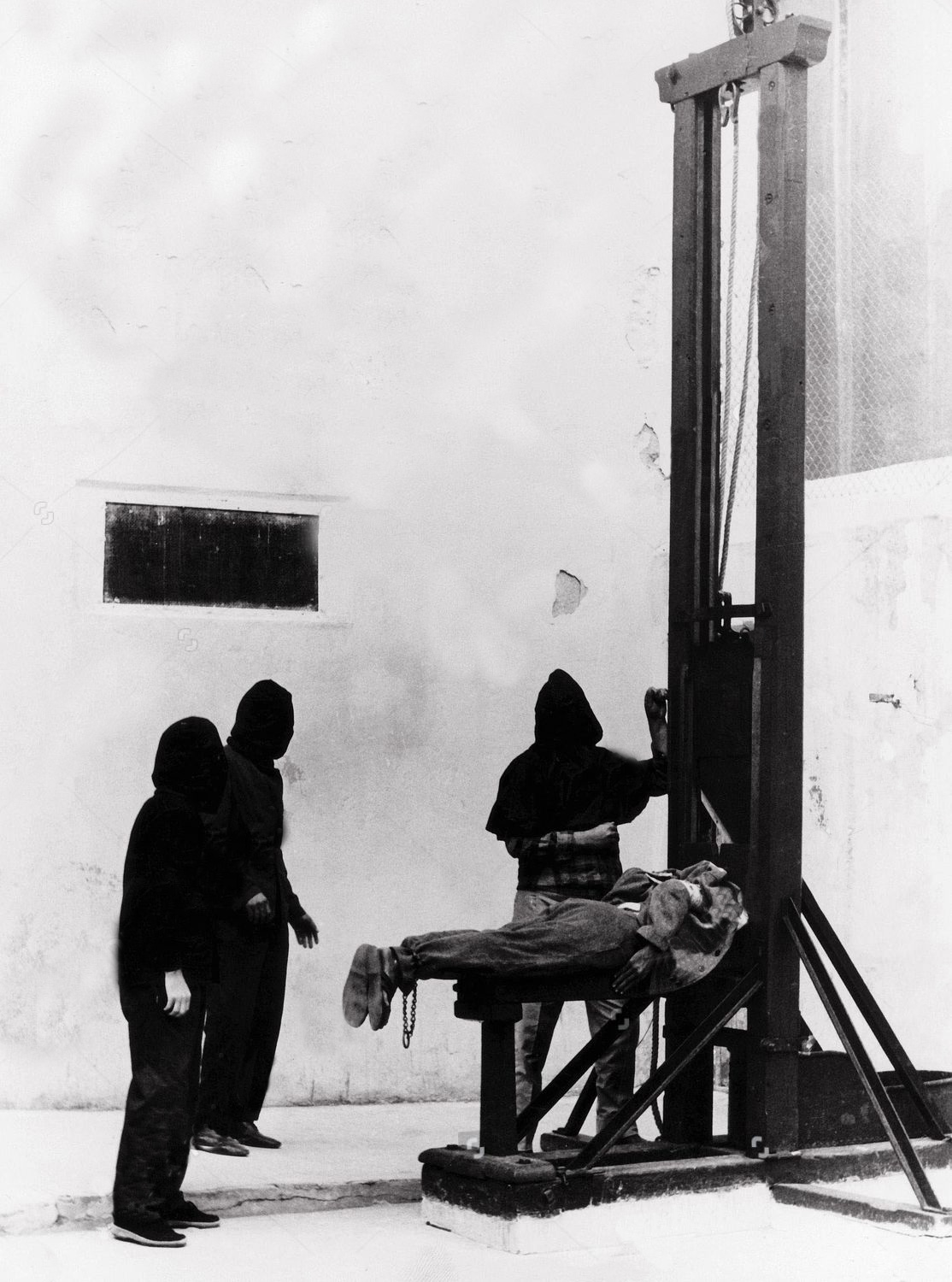
THIS IMAGE IS TERRIFYING! But it doesn't *exactly* appear in the film...
That is, this sequence appears in the film as a series of shots positioned as POV from Ali observing through the barred window of his cell. We see these horrible hooded men lead a human being to his beheading, and then, via a zoomed in shot, from the same high angle, they prep him for his execution. But the moment of execution, depicted starkly by the straight-on framing of the still in the book, is instead a cutaway to the prison walls, a sound effect, and the cold stare of Ali. It's a brilliant montage, but the absence of the image as I'd seen it in my mind's eye based on the still from the book confused me the first time I saw it (I was 18 or 19 I think.) It made this specific image more mystic--If it's not in the film, then where did it come from? Was this pulled from an alternate take? It seems unlikely it would have been a promotional still. I even had trouble tracking it down for the purposes of this blog. The true story of it is probably a bit more banal, just a photo snapped on set while filming--this film is particularly famous for seeming completely real while being entirely staged. (This also suggests a subconscious effect of seeing this and connecting it in my head to the real-life visions of Al Qaeda beheading videos which were being sent to the news at that time, and to this day I don't know whether I actually saw them or merely imagined them based on what I'd read.) But for me, experiencing this film through the power contained in this still first and carrying its mystery had a personal resonance that continues to this day.
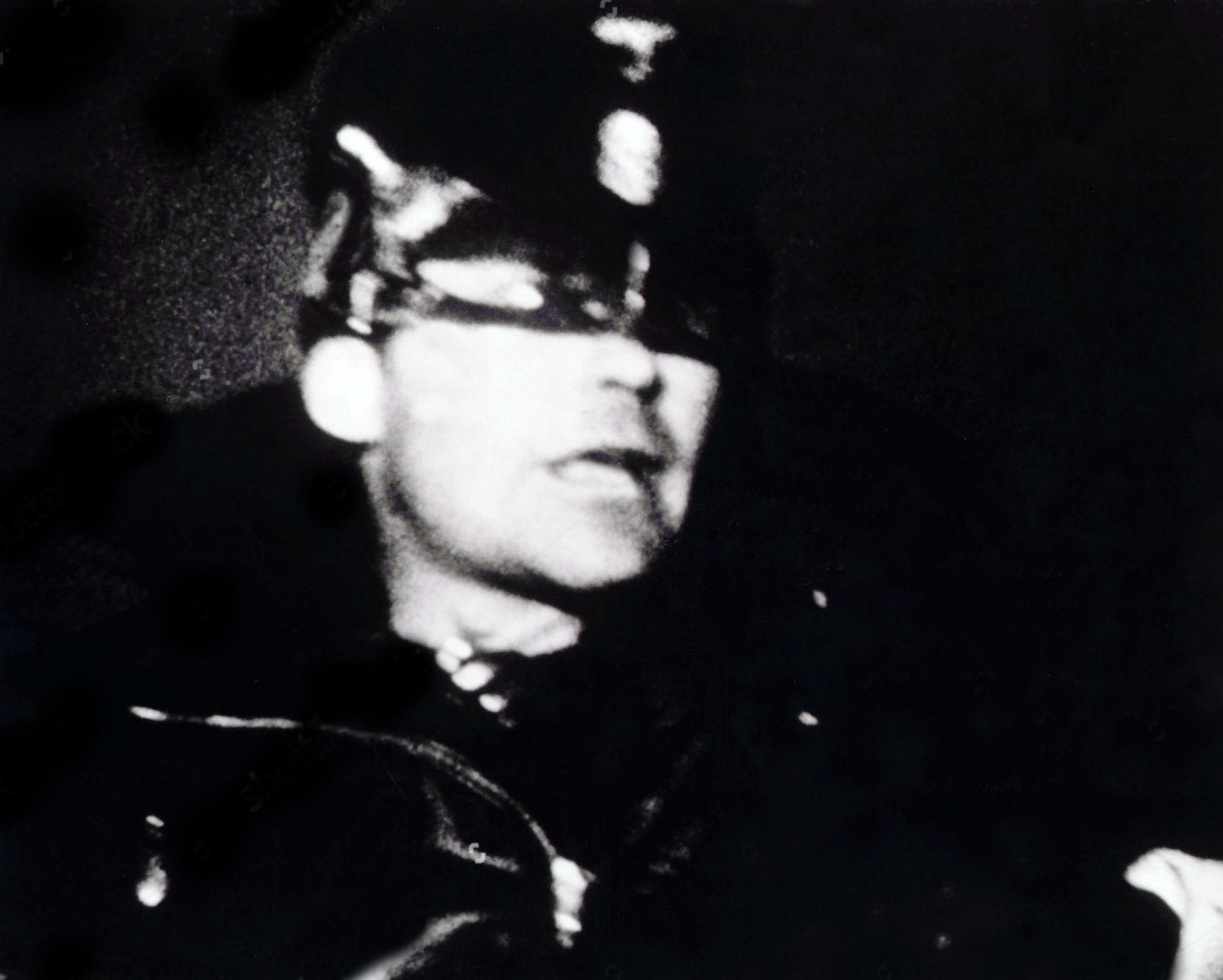
Is this even in SCORPIO RISING?
The above still is another from the book which captivated me. It appeared grainy and small, in black and white despite the fact that the film it depicts is in color. I have probably seen Kenneth Anger's 'Scorpio Rising' at least a dozen or more times, but have never been able to locate this precise moment--probably, however, owing more to the density of the montage in that specific film, as well as the low quality of the way the image was printed in the book. It's hard even to understand what this image is--you can tell it's a human face with some kind of mask on, but if you've never seen the film, you might assume it was some kind of underground superhero film, something akin to Andy Warhol's legendary 'Batman Dracula' (a film which still to this day carries the mystery of hearsay of its existence and grainy stills depicting nothing clear being all we have to go on). 'Scorpio Rising' and its mysteries endure because the film really does contain a melange of mystic pop imagery so mishmashed it makes unpacking virtually impossible, but I'm grateful that the weird decision to include a still like this one instead of something which might more commonly represent the film, probably led me to seek out and approach the films of Kenneth Anger at an early age with a hungry, lusty mind.
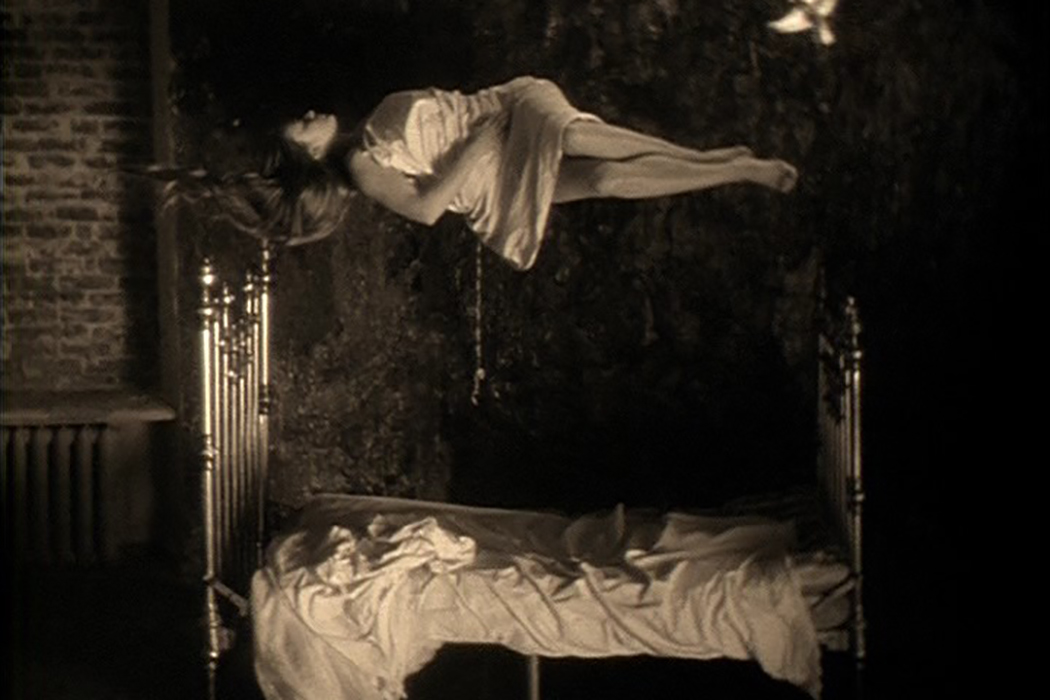

The last still from this film guide I want to discuss features in a film I just saw for the first time this week, Andrei Tarkovsky's 'Mirror' (Зеркало) (Russian titles are fun). This was an instance where hte still I remember from this book translated to the moment in the film in a transcendent way that both recalled the feeling I felt when I initially saw the still and brought with it a host of other associations. To be sure, 'Mirror' is unique for its dreaminess even amongst the dreamy filmography of Tarkovsky's work. It'd be useless and sort of incorrect to try and excavate direct meaning from all of the imagery from this film, which in its entirety is a meditation on personal history, inherited familial trauma, within and without Russian history, and inherited cultural-historical trauma. The book showed the above frame, the woman levitating above her bed in one of the film's many sepiatone dream sequences woven inextricably into its storytelling. In my teenage mind I was looking at something which obviously recalled 'The Exorcist' but this was incongruous with the vague description of the film the book offered (I can't really remember what it said but it certainly did not characterize it as a horror film). I hadn't seen any Tarkovsky films and in my imagination he was sort of the Soviet Union's answer to Stanley Kubrick, knowing that 'Solaris' existed and figuring that might be similar to '2001: A Space Odyssey'. I've now seen all of his movies, and know that while often people do tend to characterize him as such, their interests as filmmakers are not quite similar (though they are both big-idea perfectionist camera gliders).
I wonder if Tarkovsky had seen 'The Exorcist'? He was devout believer, I wonder if he would have found the film silly or even scary. It seems his taste was much more serious. Maybe he hadn't seen it and this is simply an image from a collective unconsciousness of images. Is it that in an American film this kind of phenomenon is evidence of groteqsue demonry, and in a Russian film it is meant to invoke the sublime? This is an instance of an image where the occurence of it in context only expands on the power and mystery of seeing it with uninitiated eyes as I pored over this book at the age of 15. It's a beautiful thought.
July 2, 2021-"Oh, it's a comedy!"
Most years I like to take on a large-scale reading project, usually some classical or titanically huge canonical work that will add to my cultural literacy and academic knowledge in some appreciable way. This year, starting in January I elected to read Dante Alighieri's complete 'The Divine Comedy' (Anthony Esolen translation). I had this weird feeling it would somehow inform my script for 'Love in the Year 2064', even though obviously the story has next to nothing to do with this film. (If you're not aware of it somehow, the Divine Comedy is an epic poem written around 1300, in which the author is guided through the three realms of afterlife in Christian mythology-Hell, Purgatory, and finally Paradise.) I used to flip through a big tome of the first part, 'Inferno' that was in my school library when I was a teenager, mainly to look at the sick Gustav Doré woodcuts of elaborate Hellscapes on every other page, and I'd barely glance at the text of the poem. I'm still into Hellscapes, so I made sure to get a paperback edition that had some of these Doré illustrations in it, but this time I felt it was important to actually read it and try to understand what it was saying instead of just basking in the dark light of cool demon shit.
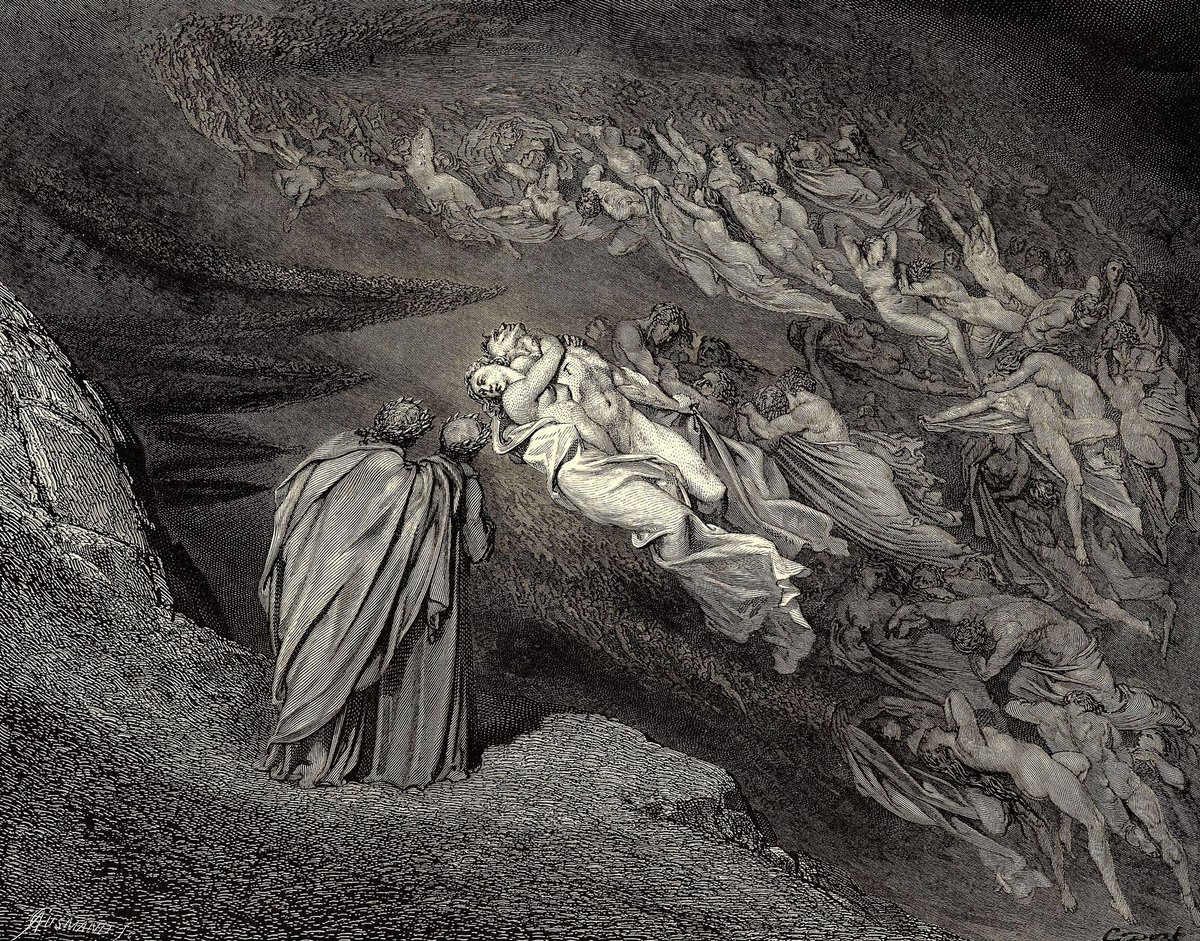
It's interesting to realize just how much 'Inferno' is preoccupied with worldly issues of contemporary politix. Most of what Dante writes about this in the first volume is the creative tortures that Italian politicians and corrupt popes, cardinals etc. of the day would undergo once banished to Satan's realm. It's as if someone today wrote a book about paying a visit to Hell and there they saw Donald Rumsfeld getting his limbs flattened by hot boulders. What really puts it in perspective is, you read it now and think, "Very cool tortures Dante, but who the fuck are these people?" Thankfully the Modern Library edition includes a lengthy footnote section letting you know who these obscure historical personages are, but whats fascinating to me ultimately is that the only figures described in the book that most people who aren't scholars of Medieval Italian aristocracy would recognize today are Dante himself, and the even more ancient poet Virgil, who is his guide through Hell and Purgatory. I imagine, like Rumsfeld, the names and exploits of all those recently dead evil men were probably known to the readers of 1300, but 700 years later, what survives and continues to enjoy relevance is the poet and the poetry, fittingly because the real substance of the work is in matters of the eternal. But what matters are those, really?
Like I said, this is my first time experiencing anything of the Comedy beyond the obviously cool Hell stuff, and unsurprisingly, 'Purgatorio' and 'Paradiso' have a much different tone from 'Inferno', and from each other respectively. The figures Dante meets while climbing the mountain of Purgatory tend to have led simpler earthly lives than the power brokers who dwell below. Many are just his friends, family, and fellow poets. The pacing is somewhat more languid, and everyone appears to be in a good mood, in spite of the fact that some have had their eyes sewn shut, for instance, or they are on fire. (purifying fire, distinct from hellfire). At the top of the mountain lies Eden, and this is actually where the most breathtaking imagery of the whole Comedy is described-Dante witnesses a psychedelic parade of Apocalyptic imagery--and once he is washed of his sins, he is taken away to Heaven by the person who I think is the real subject and animus of the whole opus, his lost love, Beatrice.
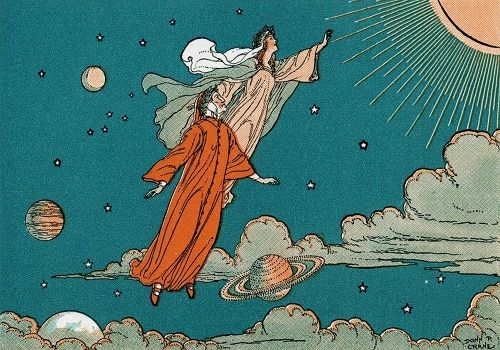
The scholar whose translation I read, Anthony Esolen, seems to have mostly approached the material from a theological perspective. I can't fault him for this, obviously it's a hugely influential work of theology, and the verses expounded on points of praise to God, Jesus, cardinal virtues, etc. are numerous and make up a bulk of the work, particularly in the latter two parts. But I also feel that there's something, which I learned from Esolen's notes that he maybe doesn't place enough emphasis on: Dante, before the Comedy, was primarily known as a poet in a contemporarily popular style of love poetry. Beatrice was a real woman, Beatrice Portinari, who existed, that Dante knew in life and was in love with, and the whole story begins with a depressed, lost Dante, wandering aimlessly, feeling his life rendered meaningless in the face of her death. Virgil comes to him, sent by Beatrice, to guide him through the Hell of grieving to return him to her side in Heaven. The whole poem, in effect, is a paean to Beatrice, a way for Dante to describe his love for her over the course of hundreds of pages and verses, which talking about absolutely everything in the world and ascribing it all meaning and value in relation to her and her love and glory. Even when he reaches the tippy top of heaven, the Empyrean Primum Mobile and the face of God etc., Beatrice takes her seat at the center of it all--the only women with a better seat in Heaven, in fact, are the Virgin Mary herself, and Eve, the first woman--for Dante, Beatrice might as well be the last.
I don't doubt Dante was Christian and that he had genuine theological aims in his writing. But I also think, much the same way queer painters of the day would choose St. Sebastian or the nude Christ as subject matter so they could get away with eroticizing male nudes and still not be excommunicated by their churchy patrons, Dante is kind of appropriating Christian mythos in order to dress up his real pre-occupation, his unrequited romantic love for this woman Beatrice (that apparently was married to somebody else and that Dante only actually met on a few occassions before her death, but he was so fundamentally taken with her that he wrote this enormous epic which ends by placing her literally at the center of the whole universe, an epic so profound that people still read it to this day!!) That's some eternal love shit!
In the dubious category of "News about Me" which is supposedly the point of this silly blog, my music project Acrylic Gesso has our debut performance up now on youtube, on 'Main Drag Live with Jamie Frey. The band's a trio with Brendan Winick and Dylan Peterson who were also in Toyzanne (Essentially the Toyzanne-Gesso dynamic is not dissimilar to the distinction between Parliament and Funkadelic.) We actually shot this about a year ago, so it's a little like a neat documentary of a certain time and place. We have a bunch of songs written and zero shows planned, but we may make a record soon in any case. In here you can enjoy our performances of 'Dryer Fires' and 'Met in the Bathroom', as well as a sick cover of 'I'm Afraid of Americans' just in time for the 4th of July.
I've also been spearheading some robust and ambitious programming with Millennium Film Workshop-We're launching our streaming channel on our website tonight with a 24 hour livestream of material screened at Joey Huertas' 'HIJACK!' film club between 2017 and 2019--I have some work in this program, including a Cinestesia performance, and also the complete film THE SHOPLiFTERS will show at some point. (That film premiered at Hijack in 2018). I'm also excited to share the poster for a screening event which will take place on July 16th, that I've been working extremely hard the last few months to put together and is finally coming together. This is aretrspective screening of the works of Japanese experimental filmmaker Takahiko Iimura. We'll be showing all 16mm prints of 10 of his films, and a 20 minute zoom interview I was privileged to conduct with the artist. Brendan designed the poster and it's some of his best work ever:
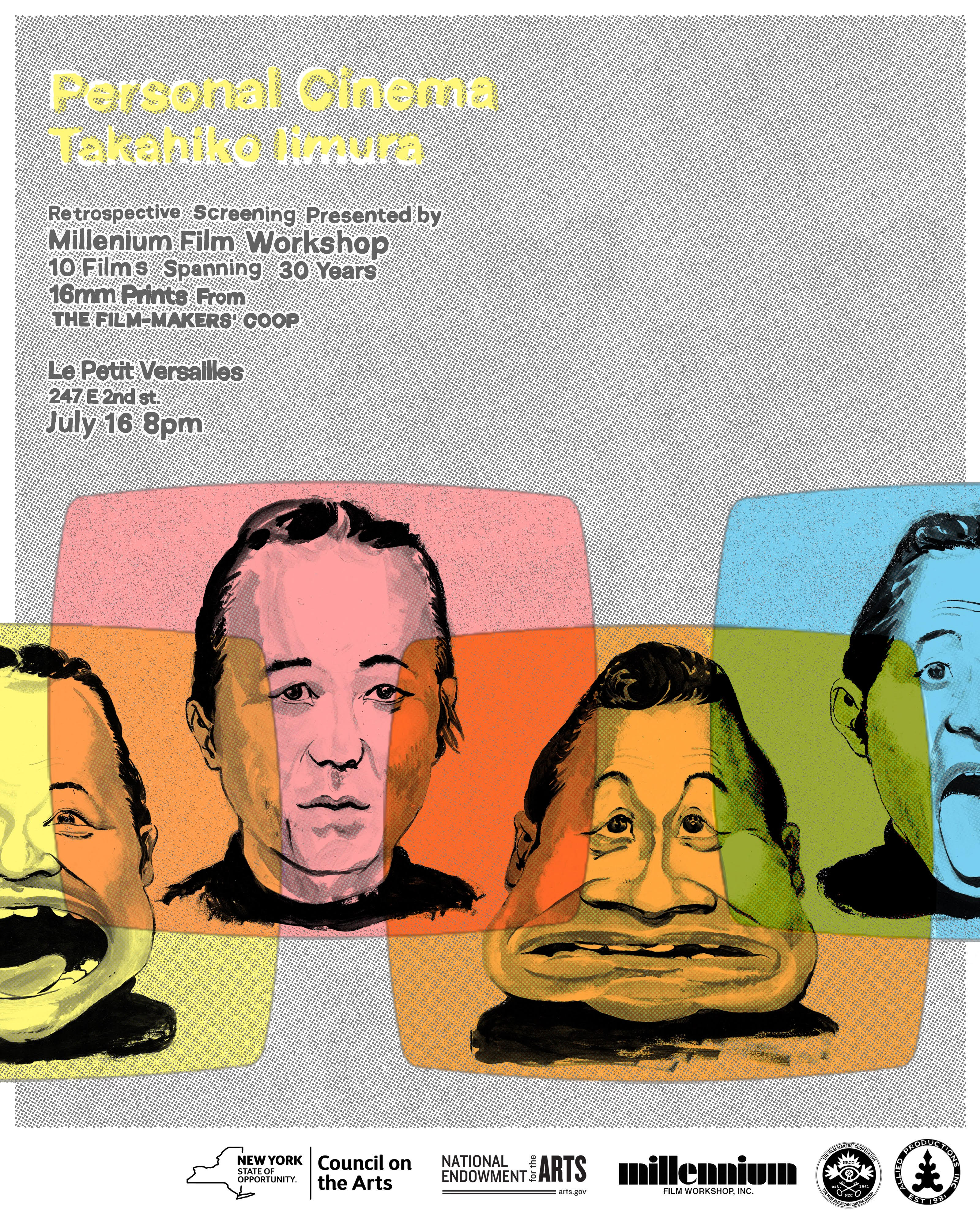
Hope 2 see U there! <3
May 14, 2021-"Did you have a love affair with her?""No, just with her hands."

I'm really into filming hands recently so I thought today I might hand over some pics of some of my favorite cinematic hands (mine and others). See if you can pick em all out!
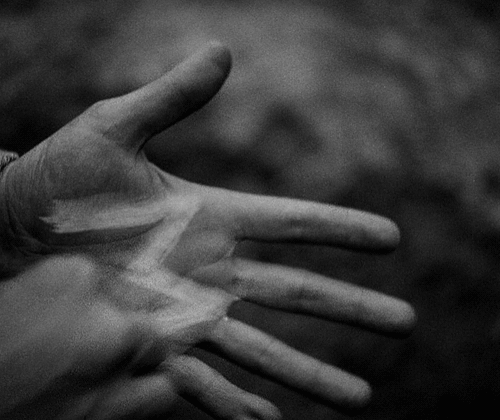
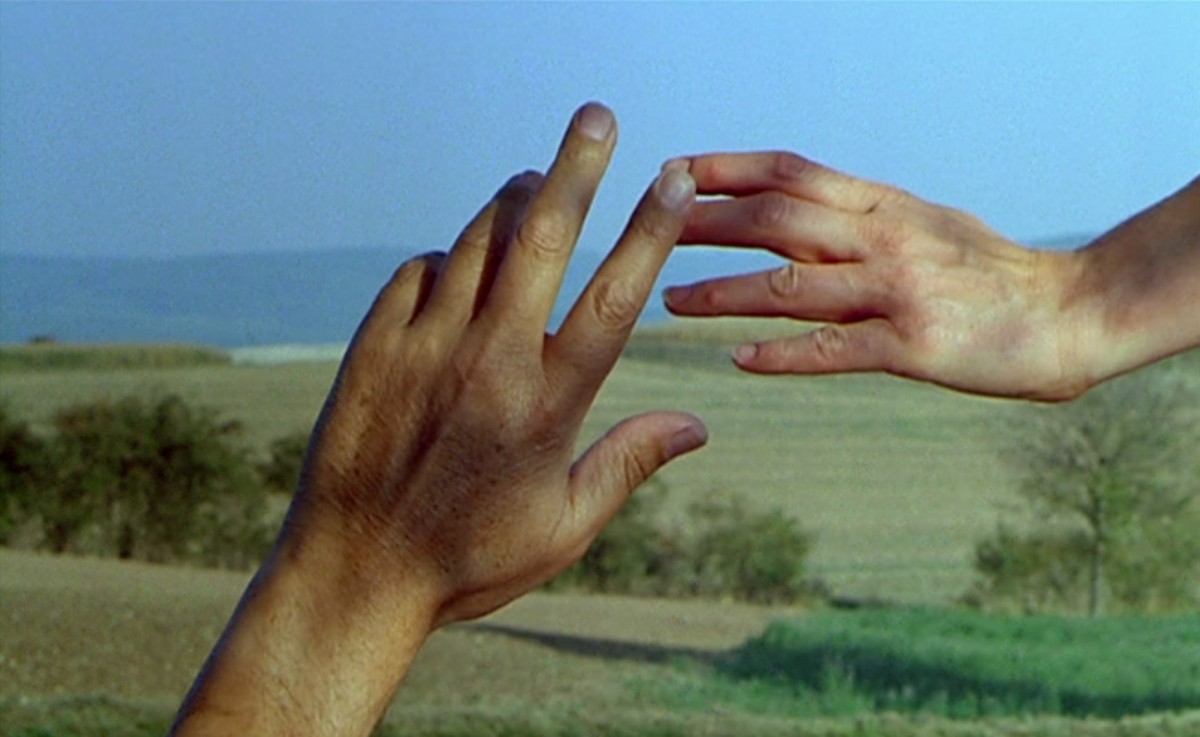
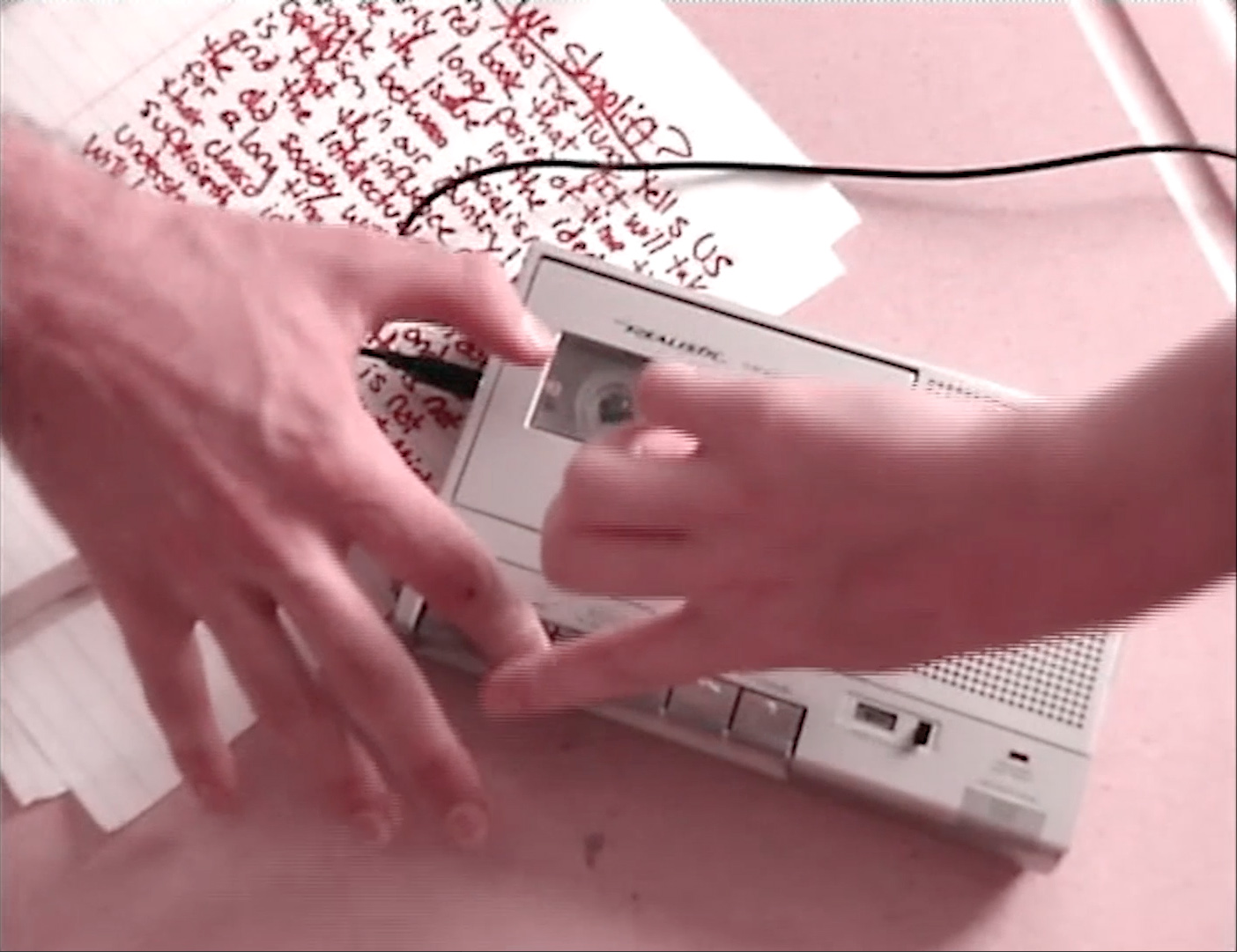

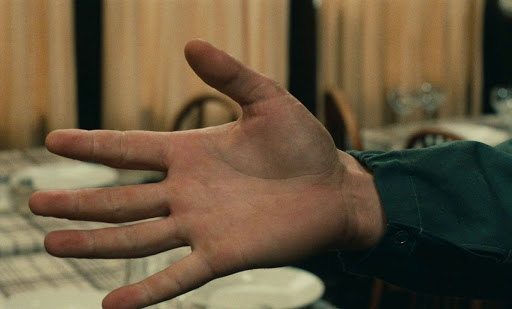
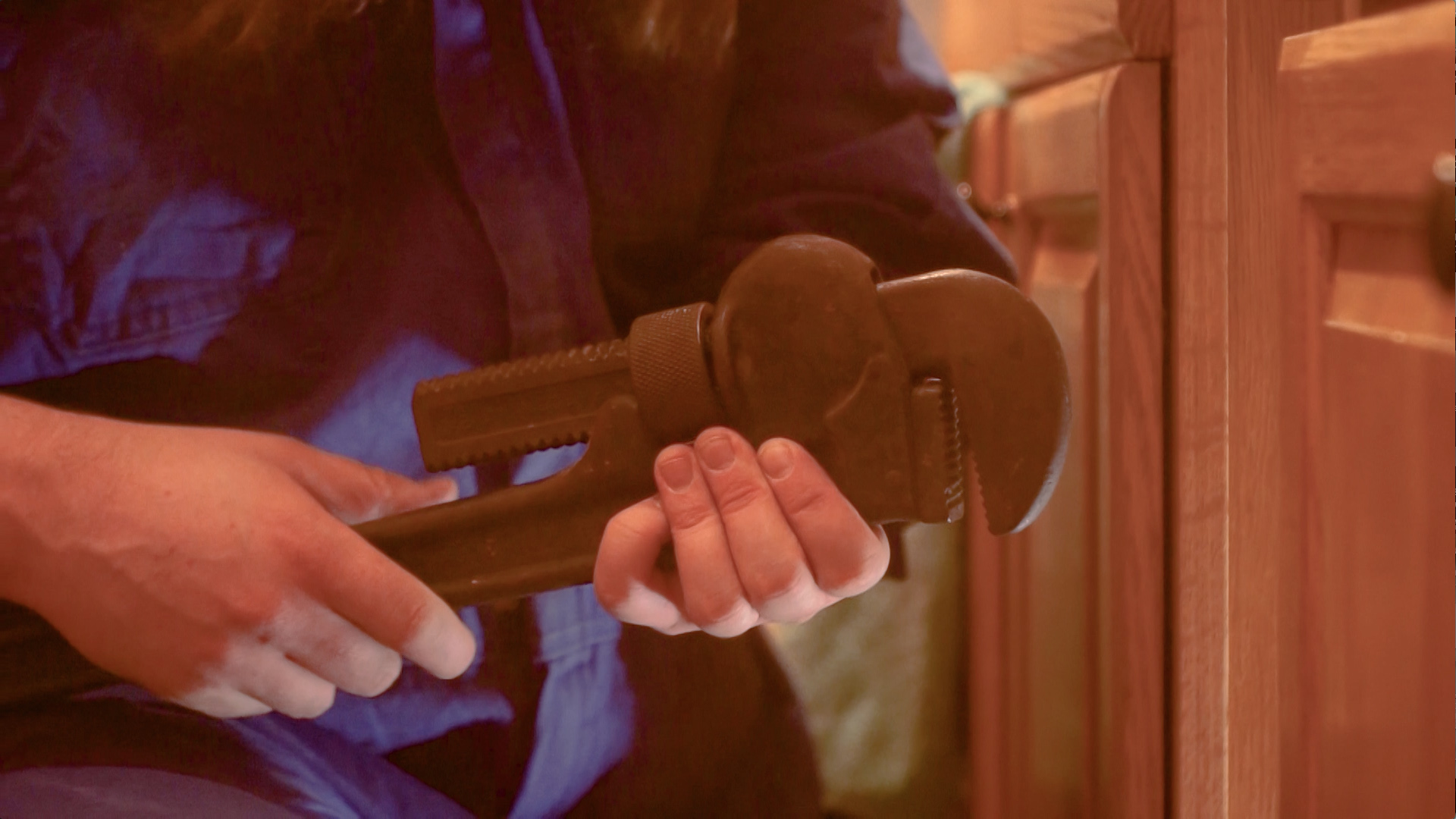
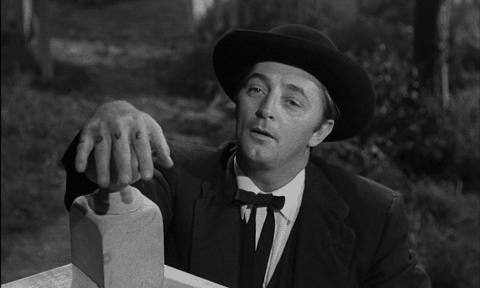

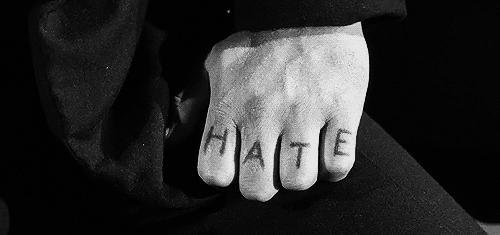
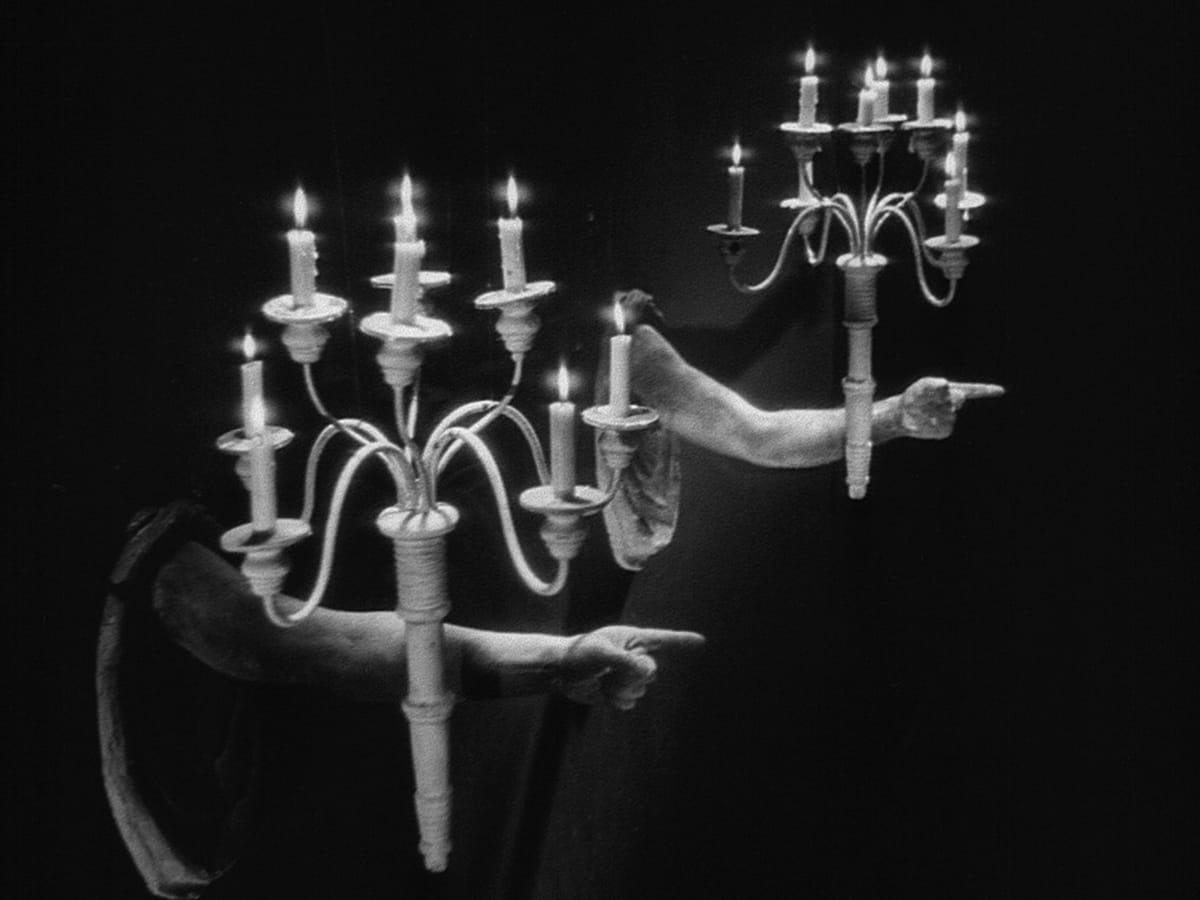
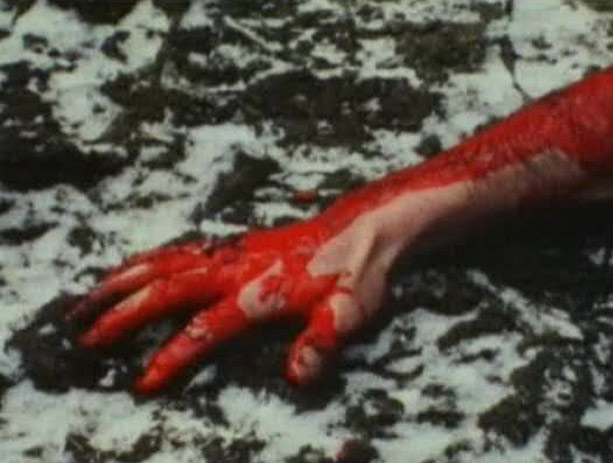
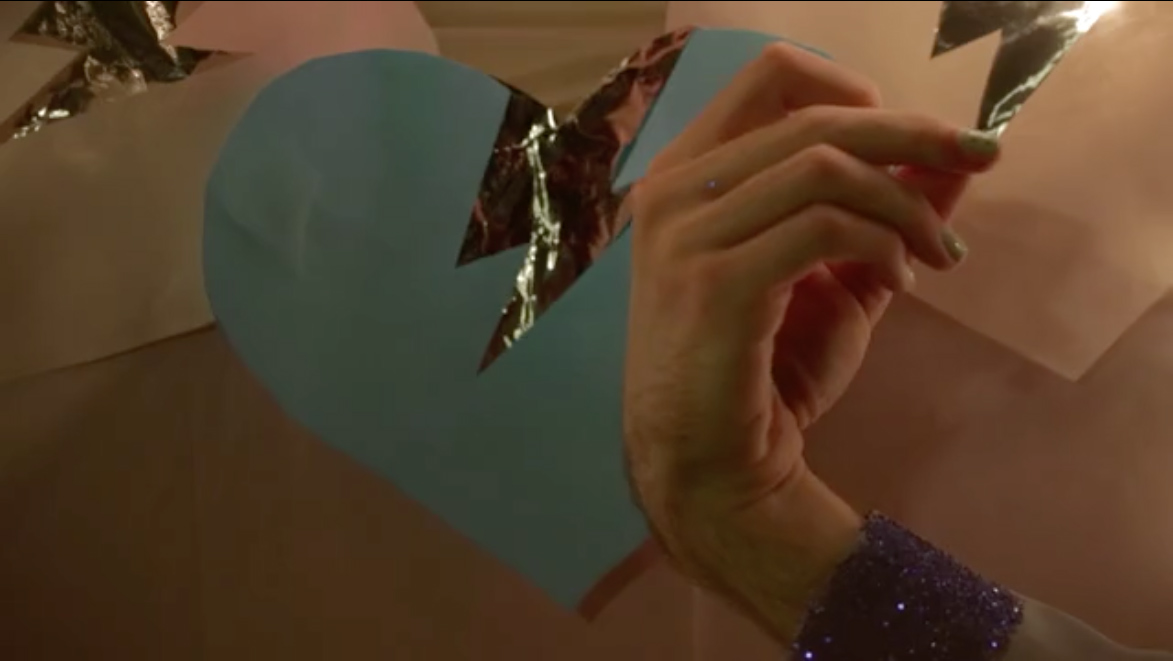
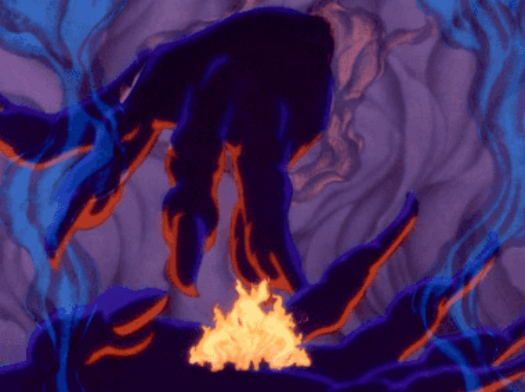
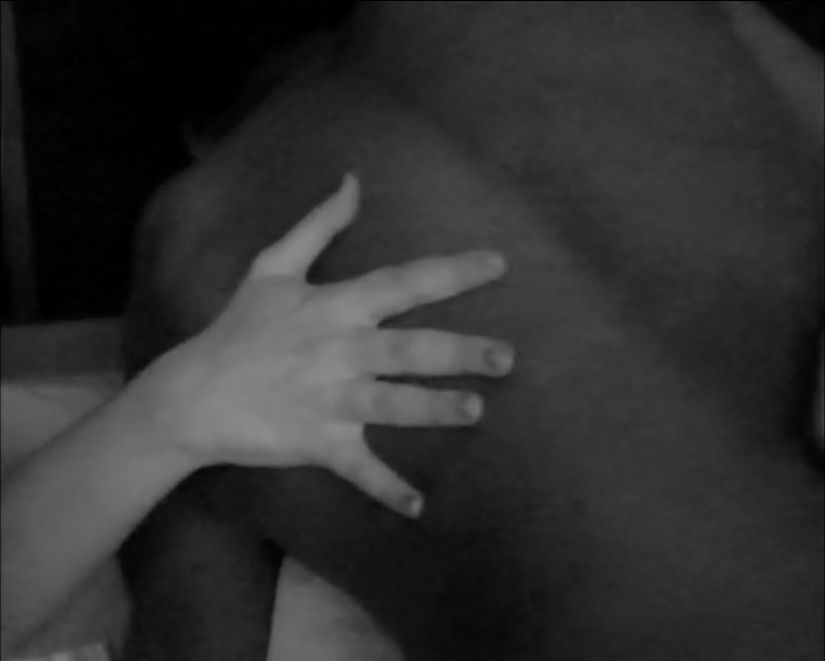
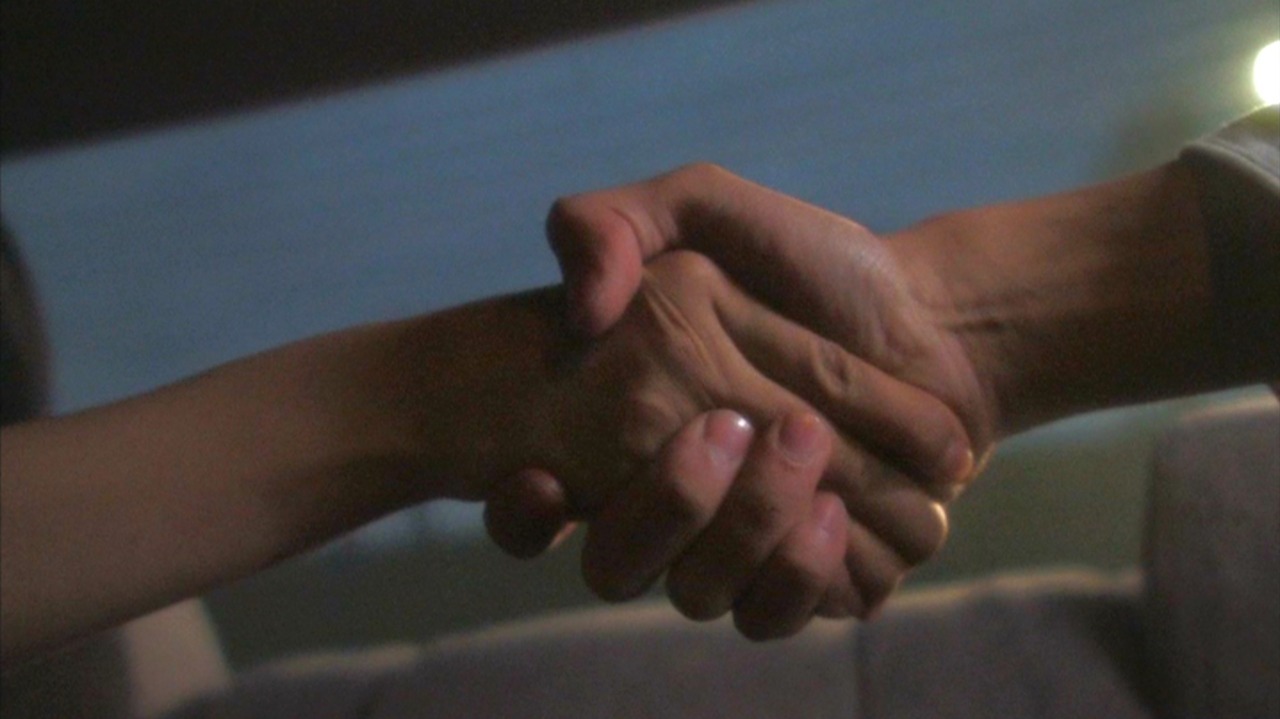
April 17, 2021-"This map is very old, but it is always current-it is a living thing."
This month I finally got to watch all of 'TWIN PEAKS: THE RETURN'--late to the party, I know, an unforgivable sin for a lifetime David Lynch die-hard, but I just wasn't ready for it when it aired in 2017 and I wanted to wait until I was. I'm glad I did, too. After all, "That gum you like" is something you're meant to chew on. And so, chewing on the beauty, complexity and sadness of the 18-part project of this serial film, what stands out for me most is less any kind of statement and more the moments of abstract feeling throughout. (Maybe this is the one thing you can always for sure "expect" from a Lynch film.) There's a horror in the woodsman's intonations of "Got a light?" and "This is the water, and this is the well..." that cuts to the core and keeps you up all night wondering why. (The last few nights I've been looking over my shoulder in my home at night, imagining these dark woodsmen all over my apartment like I was a kid with nightmares.) There's a deeply affecting kindness too in Harry Dean Stanton's trailer park manager Carl, whose unassuming role is to look after his neighbors with empathy, and the well of love that erupts from Big Ed and Norma kissing at the Double R Diner, the consummation of 30 years of silent passion. And of course, the incredible gravity of the atomic detonation in the much-celebrated "Part 8".
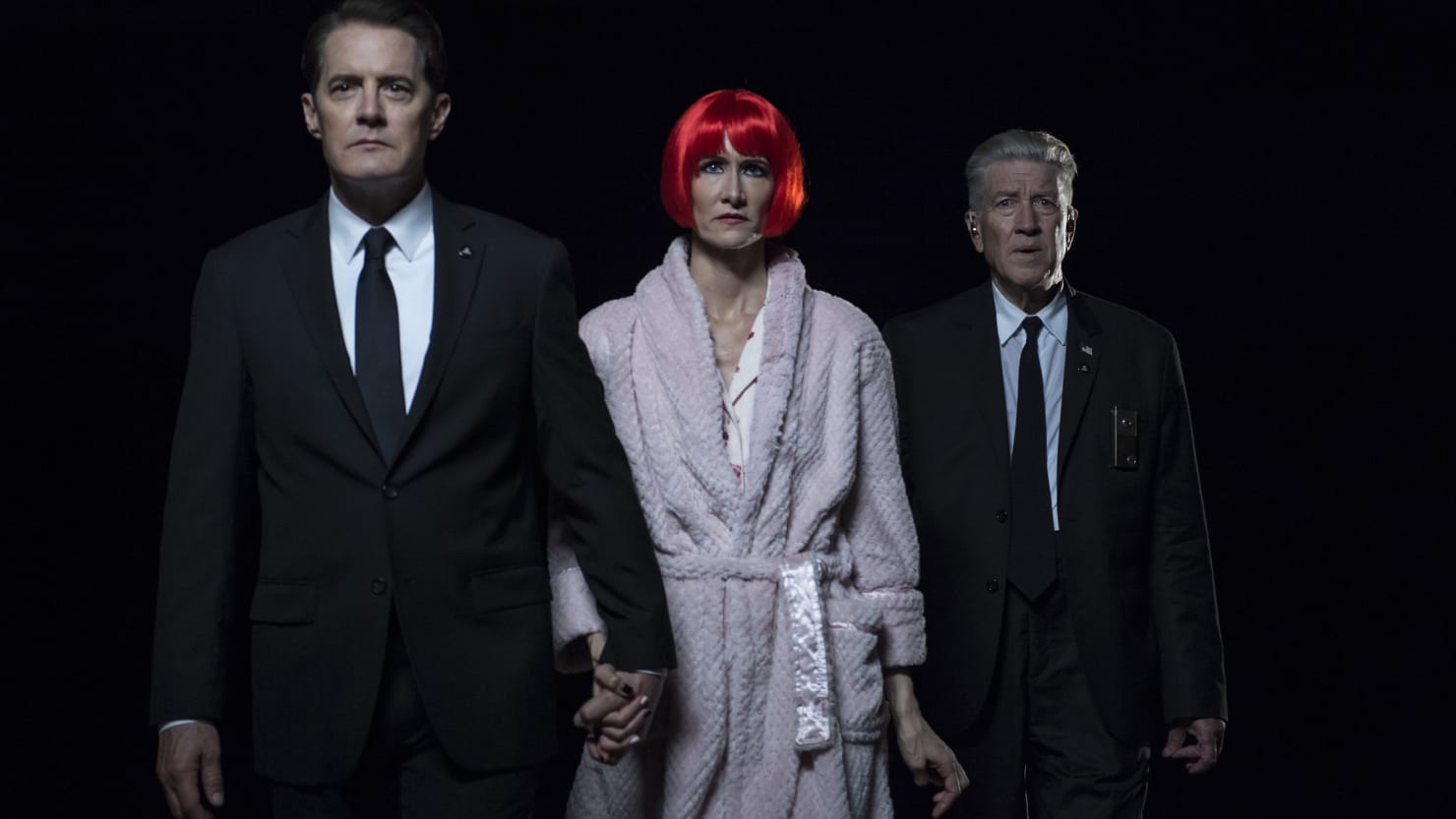
The whole thing has the feel of that type of late-career culmination of an artist's work, particularly this moment from "Part 17", after the false happy ending where the mystery is solved and BOB is defeated in a ludricous superhero film fashion (with a literal HULK-HAND!). The director wades into the abyss alongside Dale Cooper and Diane a.k.a. Kyle Maclachlan and Laura Dern, avatars of Lynch's masculine and feminine preoccupations since the days of 'BLUE VELVET', to exit the dream and confront an uncompromising reality, and the truth that Laura Palmer can never really be saved. Seeing the three of them in this moment together, with total uncertainty in their eyes, carries the weight of not only the whole of the series before it, but the entirety of a body of work. It's very moving.
For fun, I checked out a video by a YouTuber named Twin Perfect called 'Twin Peaks ACTUALLY EXPLAINED (No, Really)'; a four and a half hour dissection of the chronology, mysteries, central concepts and meaning of the show (as interpreted by Twin Perfect). It's a very fun and impressive video for the obsessive fan, and most interestingly goes very deep into the complex symbolism behind the inhabitants of the Black Lodge and just what it is they may be meant to represent. I'm not gonna spoil what he says here, but I commend Twin Perfect, he's really done his homework--however, to paraphrase Saul Kripke, his fan theory has one thing in common with all fan theories: It's wrong!
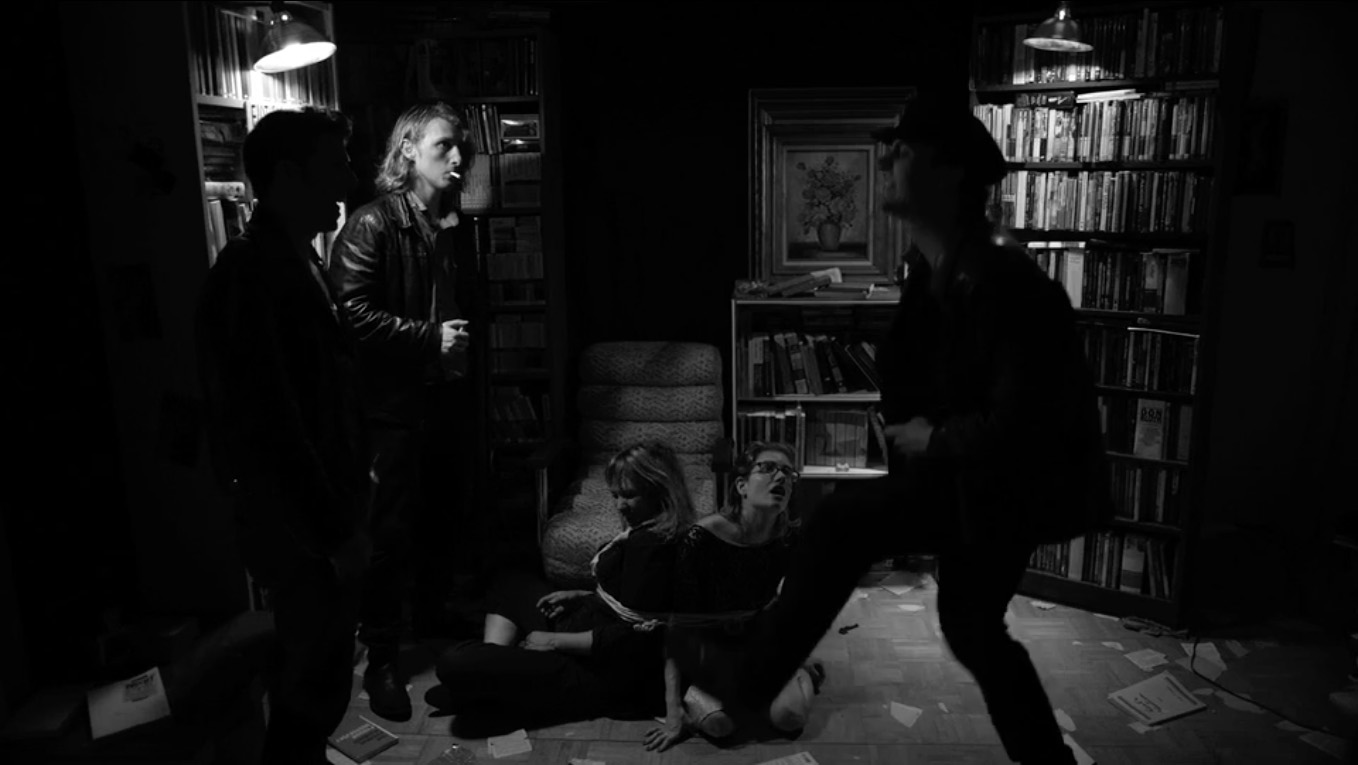
Don't get me wrong, He's probably not incorrect about a lot of the points he makes and his video is quite entertaining; but what he gets wrong entirely is the notion that genius artists have some secret master plan, operating on a higher plane that some of us can access if we can only pay attention to the right details and piece together the clues in the right order. This is the same sort of thinking behind the discussions in 'ROOM 237', an equally entertaining documentary by Rodney Ascher that indulges every outrageous fan theory about Stanley Kubrick's 'THE SHINING'. (a film famously influenced by David Lynch!) But artists are not puzzlemasters...they draw images from the unconscious and if they do it well, the images carry meanings and they speak a language that speaks to people. David Lynch isn't leaving you clues to a secret map to get his "real point" across. The real point isn't something conscious, it's a feeling that exists in, through, and because of the work itself, and it morphs and changes over time. If there's a map at all, it's more like the one Deputy Hawk shows to Sherriff Frank Truman in "Part 11"--"always current, a living thing."

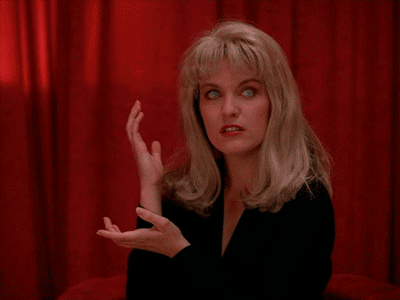
Meanwhile, I've had my hand in a couple new releases this month. First of, debuting at Ears to Feed is a new music video I directed with Jamie Frey for NO ICE - 'ALL NIGHT' that we shot in a real quick and fun off-the-cuff style, improvising with Jamie in his apartment and getting some Lower East side Kool Guy hustlin' around in. The song is a hit and half so check it üt:
March 13, 2021-"(NO) BREAKFAST WITH ANDY"
I've got a new video out for MPHO, debuted on February 12 thanks to Tom Gallo at 'Look At My Records' (LINK). I loved doing ths video because I love the song (and the person singin' it ;p). Holly wrote the lyrics based on something Andy Warhol said in his 1975 book "From A to B and Back Again: The Philosophy of Andy Warhol."
I've always had a strong affinity for Warhol's films. My first experience with them was seeing 'CHELSEA GIRLS' at Anthology Film Archives back in 2010. I find it interesting that, as a painte,r hes known for reducing the form into something infinitely repeatable, sellable and commercial, a transformation which has continued to have a profound effect on the art world and business of fine arts ever since--This much is clear from my experience working in NY galleries. In his films, however, the effect was something quite the opposite--he produced countless film experiments that were about as far from commercial products as movies could get, inverting the capitalism of the Hollywood style, while simultaneously bringing quintesentially cinematic concepts, its inherent voyeurism, and most famously, its star system, to their logical zeniths. That this was the work of an artist so easily identifiable with ironic detachment and unironic capitalism, suggests that in examining the film work, as opposed to the paintings, one gets a lot closer to Warhol's hidden, personal truths.
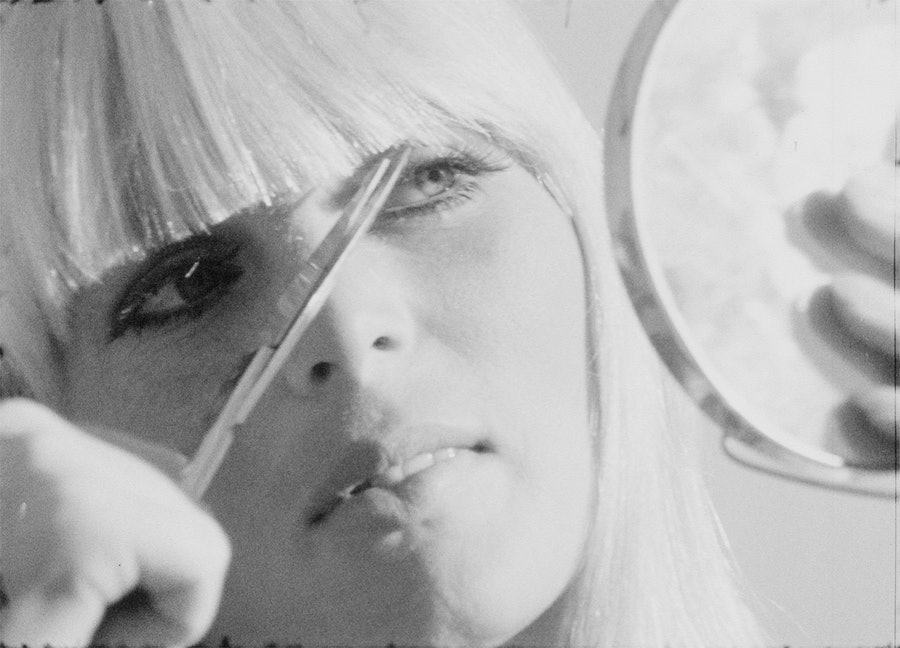

While developing THEY READ BY NIGHT! I kept trying to write a conventional screenplay for it and was consistently disappointed in everything I produced for it. I knew that I wanted this cast of characters who were hyper-literate hooligans, and so I kept looking to A CLOCKWORK ORANGE for inspiration, and found myself writing pages and pages of obnoxious stylized dialogue that all sounded oh-so-clever and not at all what I was looking for. I sought out Warhol's VINYL, knowing it was based on the same material (the novel by Anthony Burgess), and that Andy's aesthetic couldn't be less like Kubrick's. the film takes place in one crowded room in two unedited 33 minute 16mm reels, with Gerard Malanga as Alex, professing his juvenile delinquent's manifesto in soliloquoy while S&M scenes real and fake are enacted all around him, with him soon playing the sub. Incredibly, if you're looking for it, you can actually follow the story and understand that the gonzo theatre being played out before you is indeed 'A Clockwork Orange' but in its execution, the film also feels like so much more--a vibe encapsulated, a documentary of a real 'scene', and personas frozen in time - most famously, Edie Sedgwick seated nearby smoking dispassionately. This became my new template for the film--dialogue would be improvised based on threadbare guidelines, or read out loud from cue cards hidden in books (a technique borrowed from another great Edie-Starring Warhol film, KITCHEN) and plot and editing would take a backseat to the natural personality of the actors, turned superstars by the grace of the camera lens.
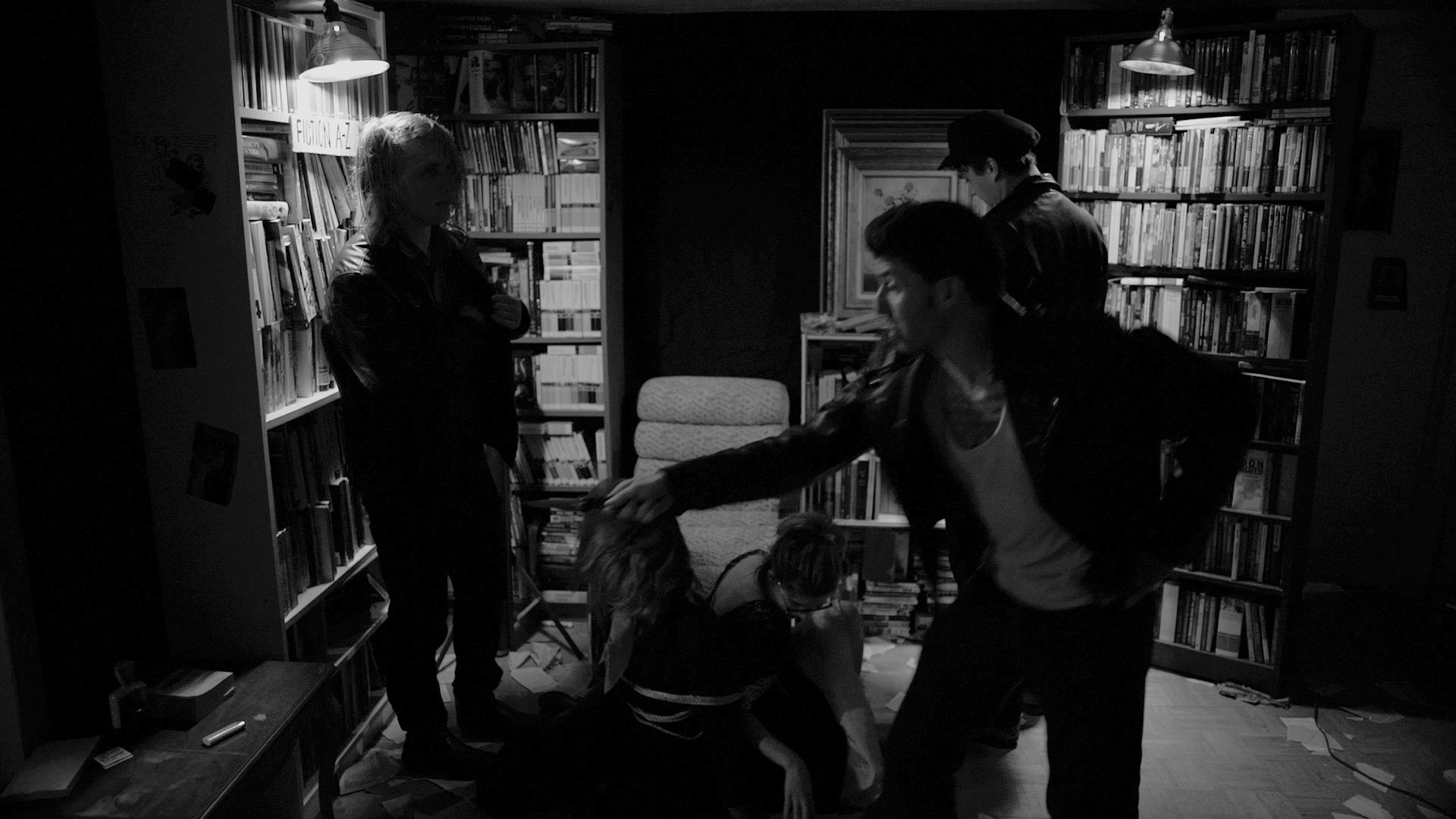
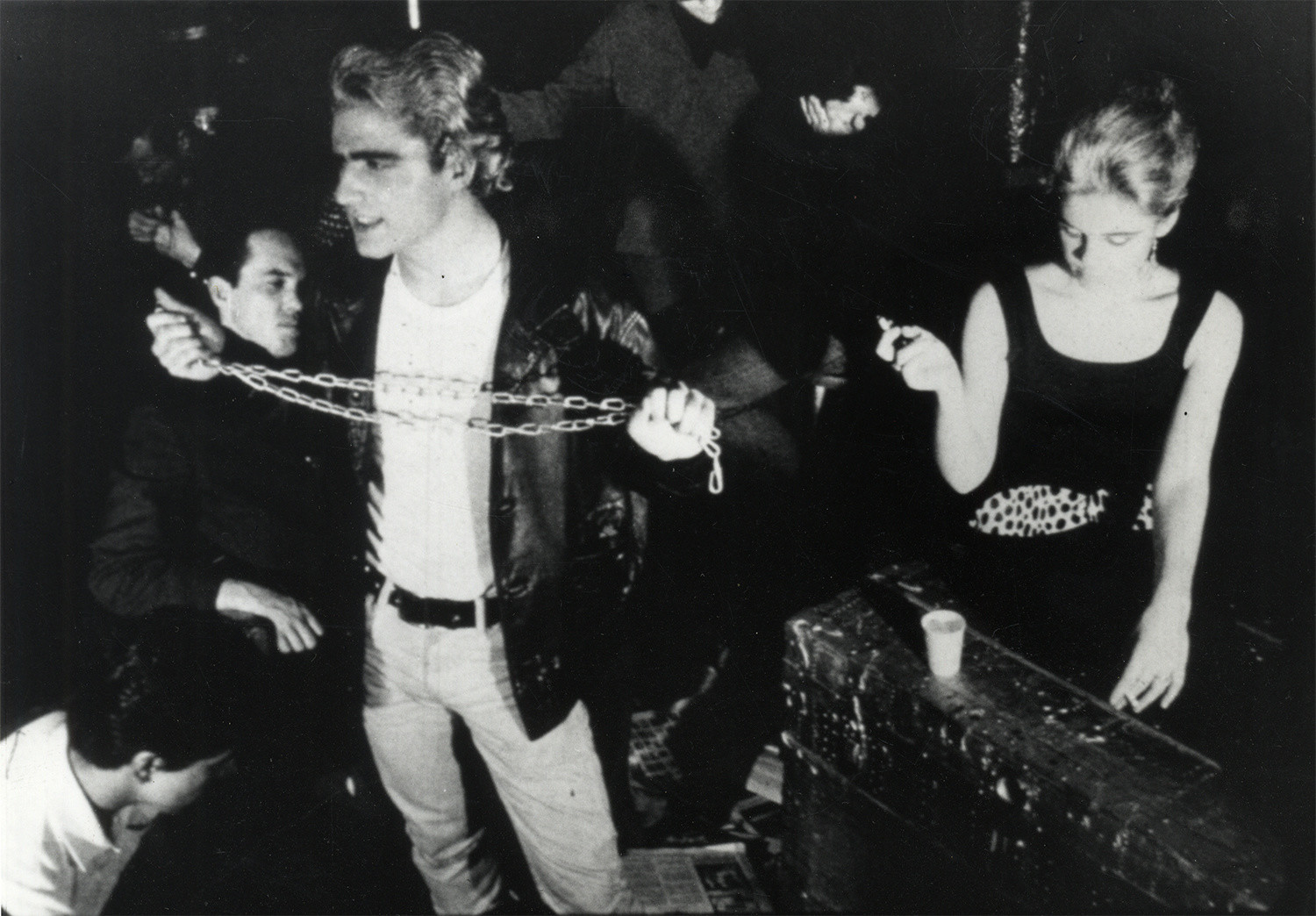
I think most people's understanding of Warhol's cinema unseen comes from the fame of conceptual films like 'EMPIRE' and 'SLEEP'. Those movies are of course awesome, but I hope more people might get opportunities to see the less famous films with his casts of superstars, especially the ones scripted by Ronald Tavel. For further reading on those films I can't recommend highly enough the wonderful book by Douglas Crimp, 'Our Kind of Movie: The Films of Andy Warhol', which has great things to say about the unique character of raw artifice in the performances in his films, and how sensibilities from queer experiences such as shame find their way into his work.
For a fun Warholly treat, here's another little video I made back in 2013, a 'SCREEN TEST' starring Kyle Avallone, Rock Musician:
January 31, 2021-"FOREIGN CORRESPONDENCE"
January 2021 has certainly been an eventful month--and I'm not just talking about the Capitol Riot and the Gamestonk situation--this month my work was featured in an excellent video art showcase via Harvestworks Digital Media Arts Center,. The clip featured in the program (about 11 minutes in) is from Sannety: Solo Electronics. The full program is presented here, lots of great stuff from VX Bliss, Roxy Farnam/Wetware, Mike Sidnam (who curated) and Yiyang Cao.
In other news, I completed the first draft of LOVE IN THE YEAR 2064 and am currently hard at work tailoring a second draft, hopefull to be rounded out by spring. Most advice I've gotten tells me I ought to work on my narrative economy and character development, in spite of that I find myself inceasingly drawn towards making it ever more Jacques Rivette-esque. Could be also because this past month I've finally gotten to see OUT 1: NOLI ME TANGERE, my cinema holy grail, the infamous 13 hour, essentially plotless Rivette film. It's beautiful to me how in his films, "character development" is somethign internal, generated by the actor; what's communicated instead of "necessary" narrative constructs, is something more imaginative and living! OUT 1 is a very extreme experiment in this technique; its impossibly complicated, unresolved conspiratorial plot comes extremely secondary to free exercises in letting the actors explore (and when I say "free exercises," this extends to actual, living theater-style improv acting exercises, some of which go on and on and can make for some of the most arduous, challenging viewing in the film.) But seeing Juliet Berto, Jean-Pierre Léaud, Michael Lonsdale, and Bulle Ogier letting their creativity run loose can also be a source of unparalleled cinematic pleasure, reaching dizzying heights in its best moments.
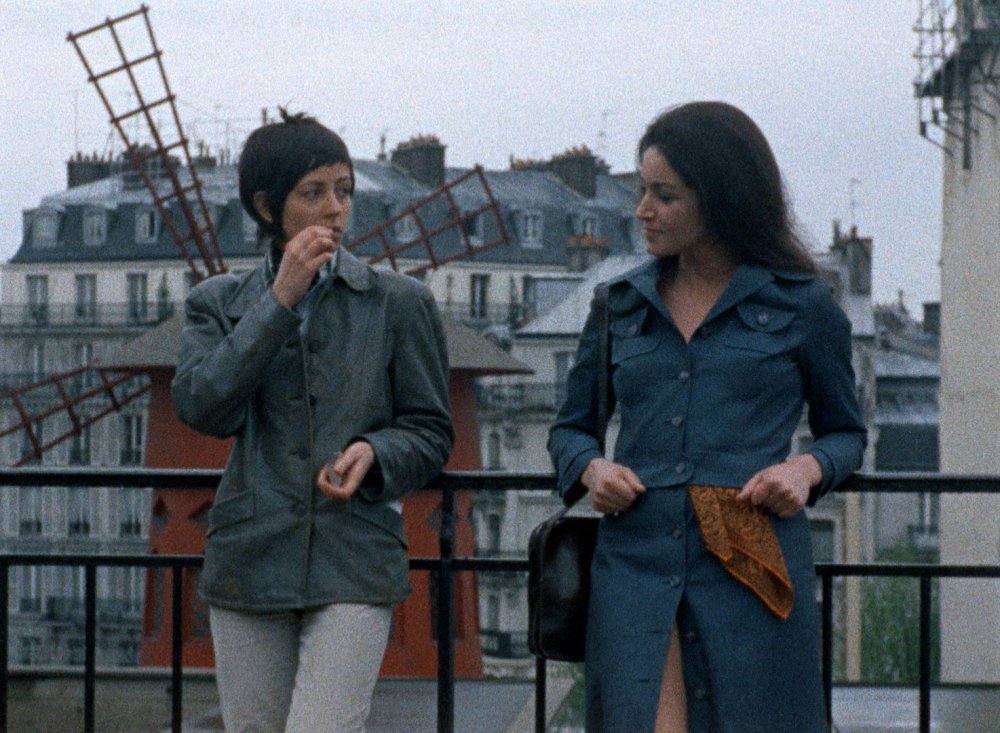
this scene occurs almost 6.5 hours into the film and its so funny
In other news, Ben Hozie's PVT CHAT, starring Julia Fox and Peter Vack, hits streaming platforms this Friday (2/5/21)--Congrats Ben, Nikki and all other pals involved (almost too many to name)! Quite excited for its inevitable huge success, and somewhat excited for everyone on shudder to see me cameo as a nude performance artist covered in flour (there's a blink-and-you-miss-it moment where you glimpse me in the official trailer from Dark Star pictures:
For some bonus pleasure, I took some test photographs with Nikki to start the creative wheels turning on LITY2064...this costume I designed myself as a prototype for the way the futuristic uniforms of the clones in the film will appear. Have a look, it was fun going out and modelling the costume, and just doing something creative outside the house for once in a long time!
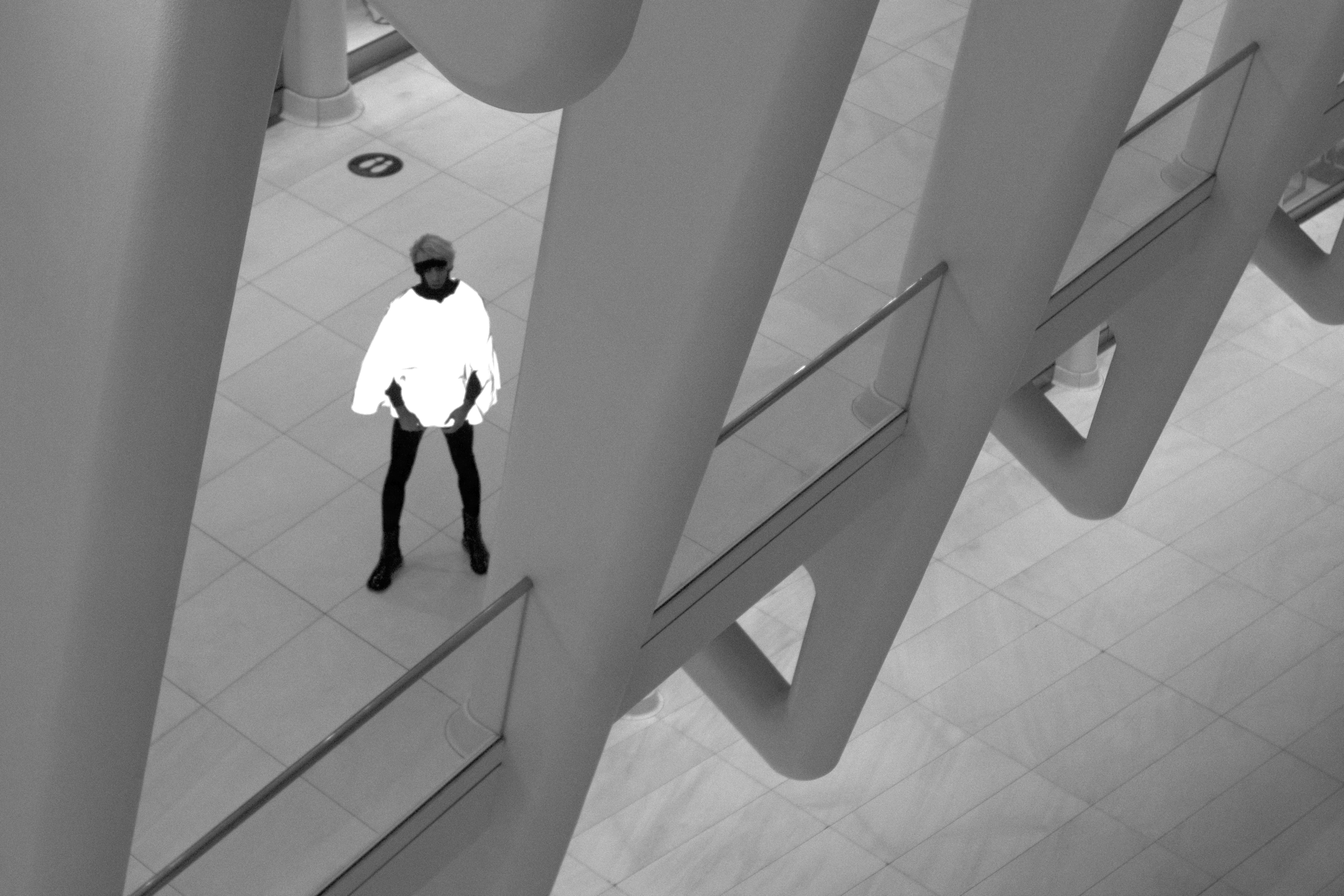
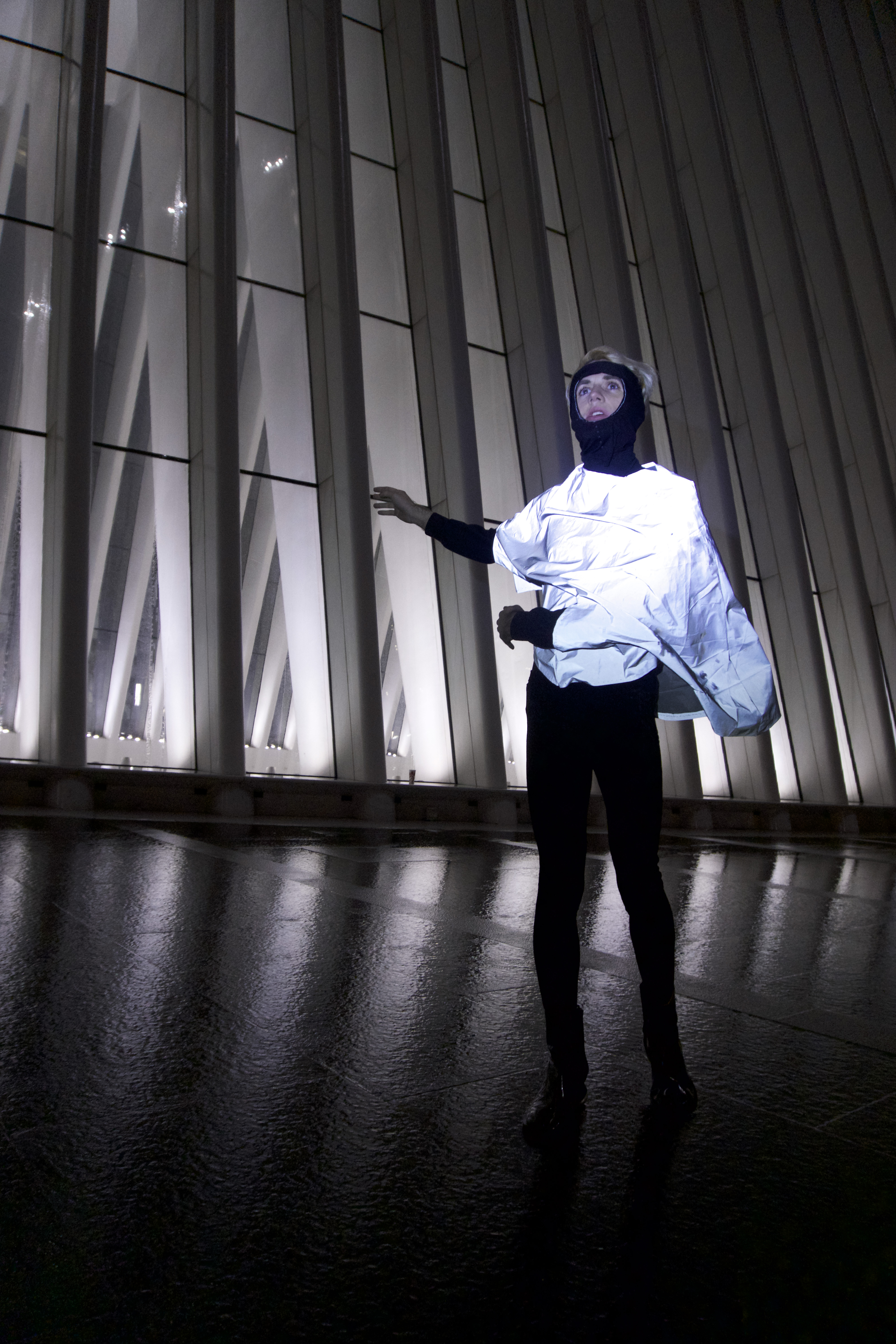
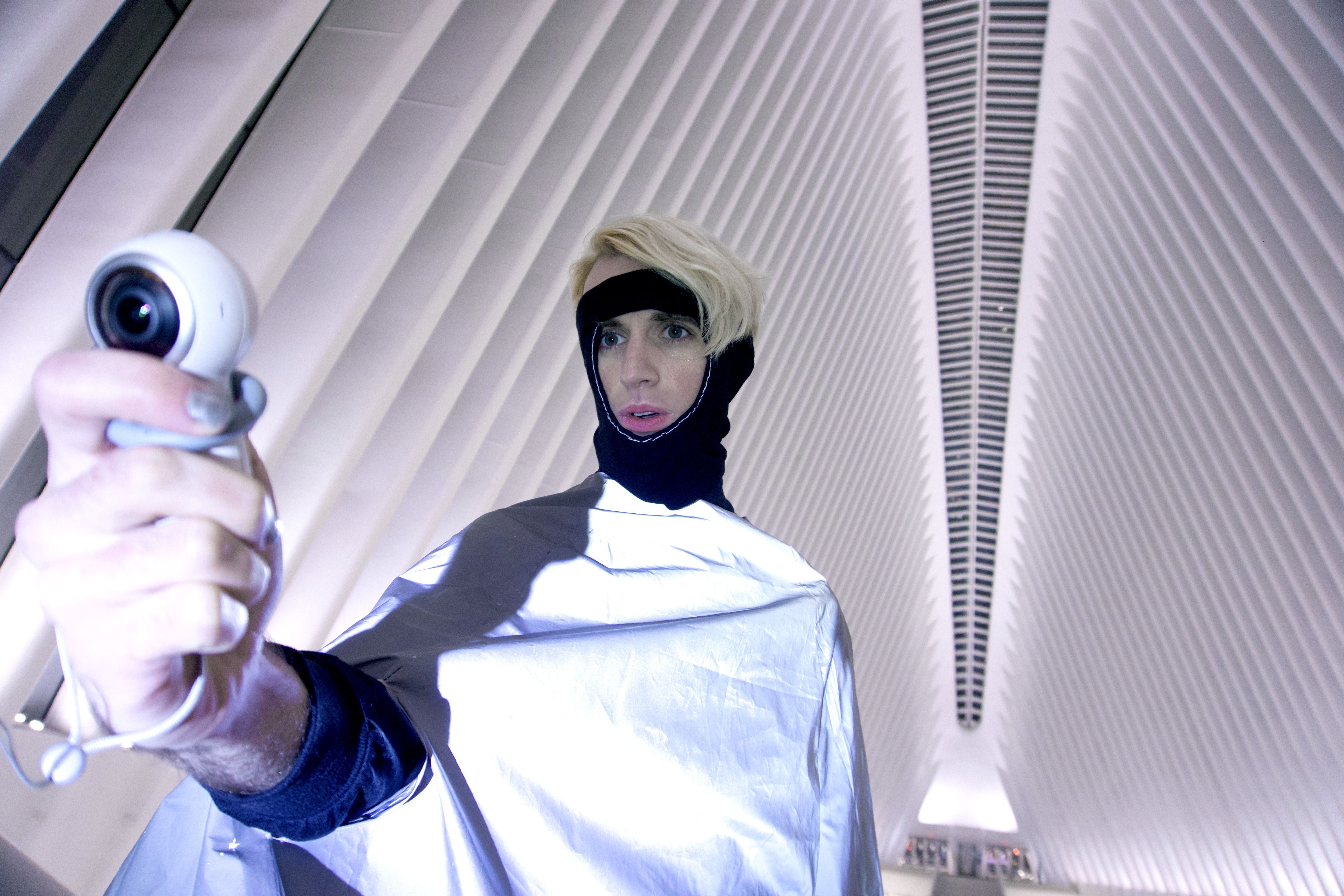
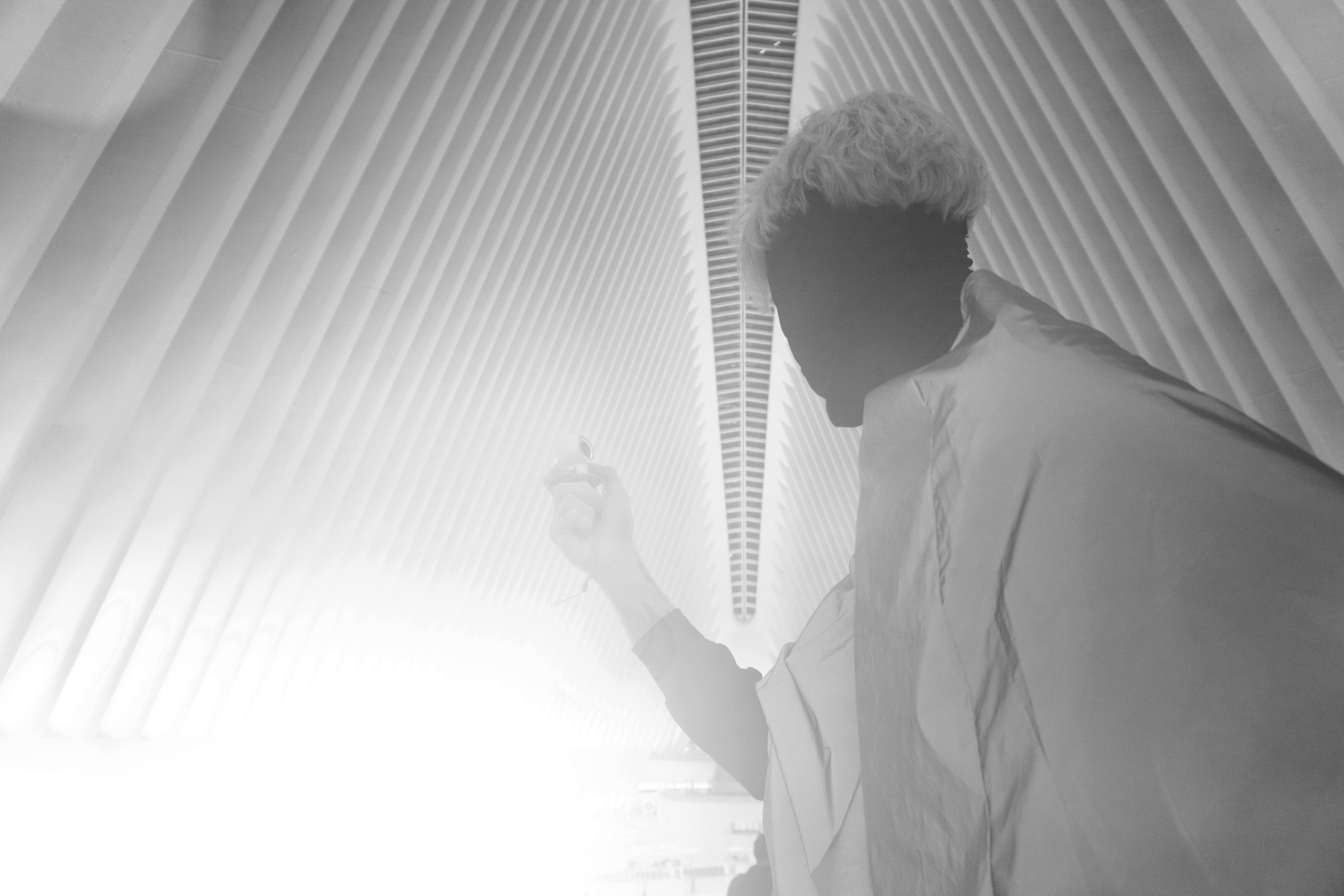
December 3, 2020-"JLG L'ANNÉE NINETY NINE ZERO"
Happy 90th Birthday to Jean-Luc Godard! JLG has a had a profound influence on me as a film+video maker since I first discovered his work while at the age of 18--that winter at Film Forum in New York City they were showing a double feature of À BOUT DE SOUFFLE with BANDE À PART. I went with some friends and emerged from the screening, my conception of cinema itself and my own identity as a filmmaker fundamentally and irreversibly altered. Under the influence of Godard, I firmly rejected the focus on perfection and polish and classical notions of "storytelling" that was being taught to me in school and that never truly captured my interest. JLG taught me that there were philosophical mysteries to be found within sound and image that could be explored by taking a reflexive approach, and by doing so integrate more fully the personal and political into filmmaking. That all of this could be done and still produce films that are genuinely fun to watch, that are romantic, hilarious and beautiful like Hollywood films, I found intoxicating and relevatory.
In the years since that screening that had such a profound effect on me, I've attended Godard retro screenings + premieres obsessively, and this habit resulted in some of my fondest memories at the movies--back in the days when you could go out to the movies. (feels so strange to type that)
The 'FILM SOCIALISME' premiere at the NYFF in 2010 I'll never forget, myself 20 years old giddy with love and cinema. Lincoln Center did a retrospective in 2013 where I attended screenings virtually every day despite being broke--I would borrow money from friends to go to the films (thanks Nikki). This included the religious experience of the complete'HISTOIRE(S) DU CINEMA', and the incredible 12-hour marathon screening of the complete 'SIX FOIS DEUX', where I first forged a lasting friendship and collaboration with Ben Hozie, one of the few other die-hard JLG acolytes in attendance. A screening of 'WEEKEND' in 2016 awoke a new courage and energy in me, having sunk into a creative and emotional stagnancy. And on the occassion of my pilgrimage in 2018 to the Cinématheque Français, fitting that the matinee screening that afternoon was 'UNE FEMME EST UNE FEMME'.
At 90, Godard manages to soldier on in his cinema--at a Q+A with his collaborator Fabrice Aragno in 2018 following the NYFF premiere of 'THE IMAGE BOOK', Aragno jokingly suggested that only cinema and cigars were keeping him alive, but he will live long after he's gone. He has integrated his life with the cinema, and I'm grateful that he's inspired the same in me.
Below, the complete 'BRiTiSH SOUNDS', one of the experimental political films made with Jean-Pierre Gorin and The Dziga Vertov Group in the early 70s, that were a key influence on my 'THE SHOPLiFTERS, and a few stills from great JLG films (and videos).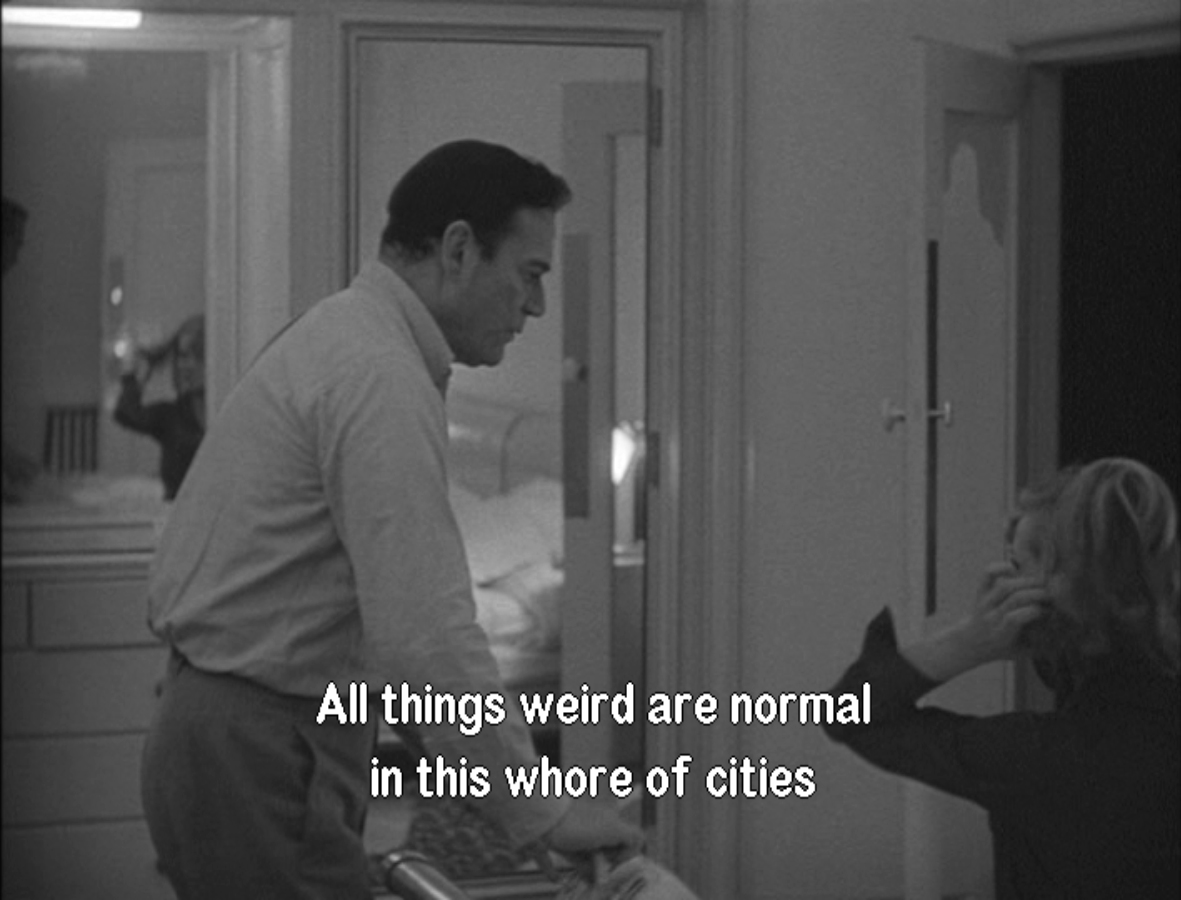
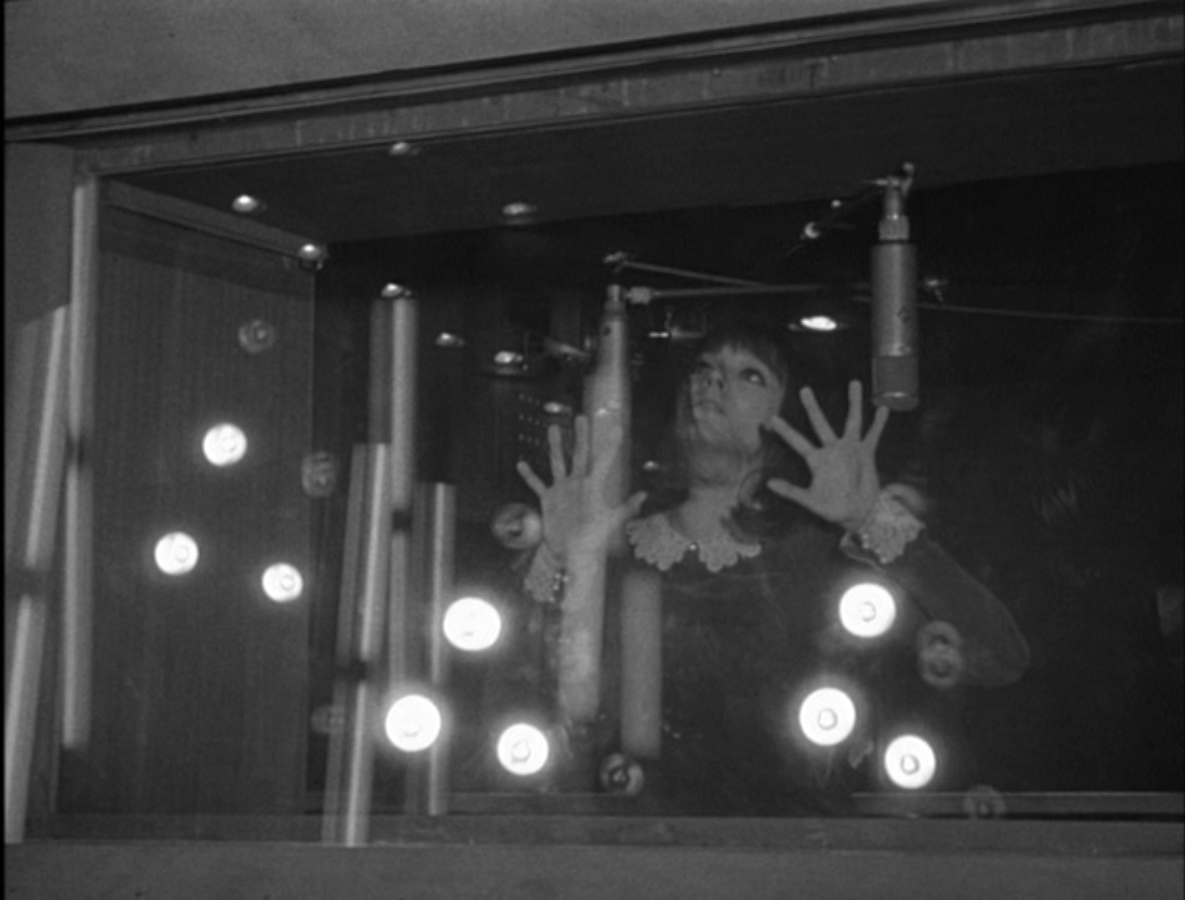
'ALPHAVILLE'


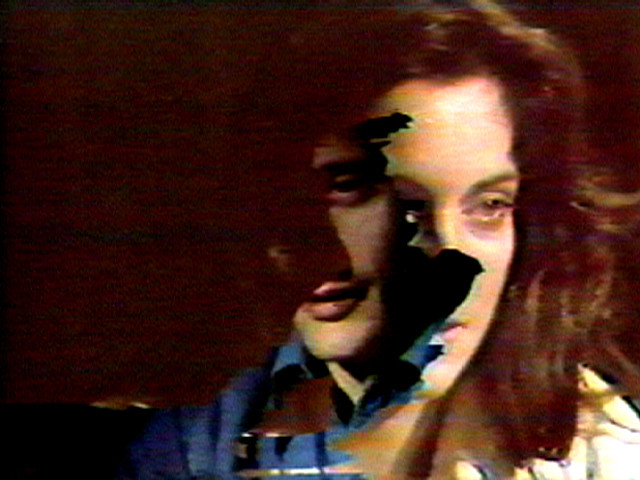
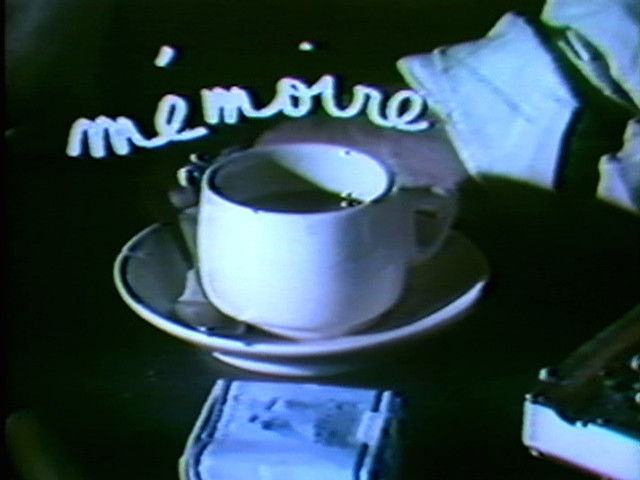
'SIX FOIS DEUX' (w/ ANNE MARIE MIÉVILLE)
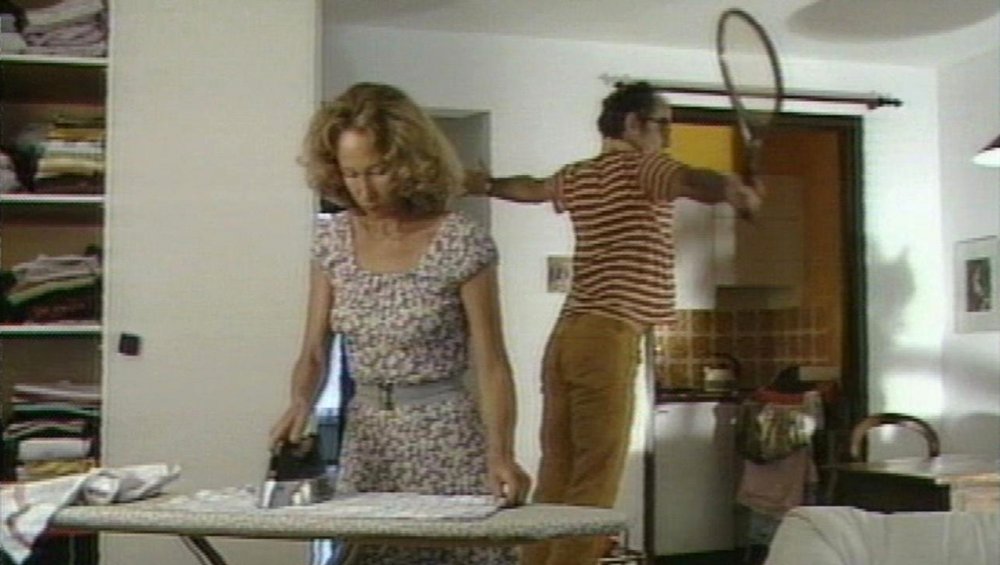
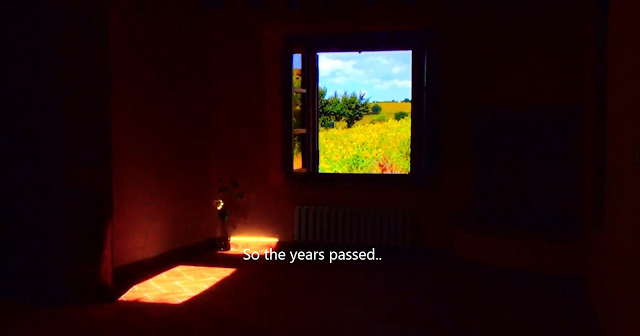
November 30, 2020-"Reading List"
It might seem like I haven't been writing much the past month and a half, but actually I've been writing a lot; I've been working on a new screenplay, titled 'LOVE IN THE YEAR 2064.' This project, a Utopian-science fiction romance has been gestating in my head and heart for several years--One of the fun things about embarking on a large ambitious project like this one is curating my influences, assigning myself a reading list and films to riff on as ingredients in what will become the unique form of my film. This list will be updated as the film develops.
THOMAS MORE UTOPIA TONY PIPOLO BRESSON: A PASSION FOR FILMHG WELLS A MODERN UTOPIA FYODOR DOSTOEVSKY WHITE NIGHTS
YEVGENY ZAMYATIN WE
ALDOUS HUXLEY BRAVE NEW WORLD DAVID LYNCH MULHOLLAND DR.
MICHELANGELO ANTONIONI L'ECLISSE BJÖRK STONEMILKER
JEAN LUC GODARD ALPHAVILLE ROBERT BRESSON FOUR NIGHTS OF A DREAMER
INGMAR BERGMAN PERSONA JACQUES RIVETTE CELINE + JULIE GO BOATING
October 11, 2020-"L'Eclisse"
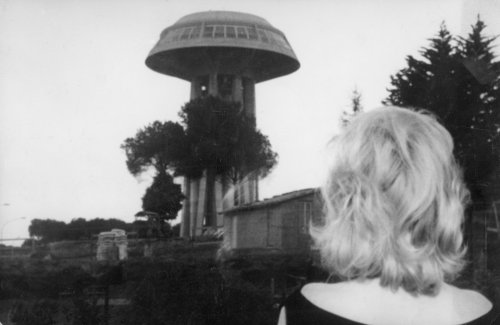

Michelangelo Antonioni's L'Eclisse. I watched this about four times last week- particularly struck by sequences where Monica Vitti's character Vittoria gazes with uncertainty at strange modernist architecture in various Roman locales. (First after ending a relationship we know little about in the opening scene). I feel these moments, the feeling I get when I see the Hudson Yards, for instance, or the Oculus station, or the increasing and ongoing parade of luxury living units increasingly sprouting up across the city over the last eleven years, like fresh pubescent hairs. I wonder if this is to be the eventual fate of my hometown, Kingston NY, which has, due to the COVID pandemic, seen a massive population influx of city dwellers fleeing for the countryside, and with them a host of developers with dollar-signs in their eyes. It's incredible to imagine a small city in upstate New York, known for its colonial dutch stone houses and quaint picturesque districts suddenly dotted with futuristic high-rises across the horizon--certainly it hasn't happened yet, but it could. It could really be the future for everybody.
L'Eclisse contains a lot in a deceptively minimal package. Alain Delon plays a cocky stock trader, indifferent to the ebb and flow of dollar value in the marketplace, interested mainly in the thrill of the game--there's a lack of meaning apparent in the reality of economics at that level; that is, it's apparent to him, but to a character like Vittoria's Mother, who dabbles in the market via Piero as her broker, and is an older person unacquainted with the new reality; a crash like that has a much more serious emotional and distressing impact. Another character, an old, experienced stock trader has a more wistful reaction, retreating to a nearby bar to draw flowers on a napkin, as Vittoria watches at a distance, trying to understand. Vittoria and Piero, both beautiful attempt a love affair--it provides them with some pleasure but little passion. The movie star leads disappear from the film altogether during the apocalyptic last seven minutes. Using very little but the small detail of an allusive newspaper headline and the musical tension of Giovanni Fusco's score, the dread of imminent nuclear doom is made visceral, drawing a bold underline beneath the text of the entire film proceeding.
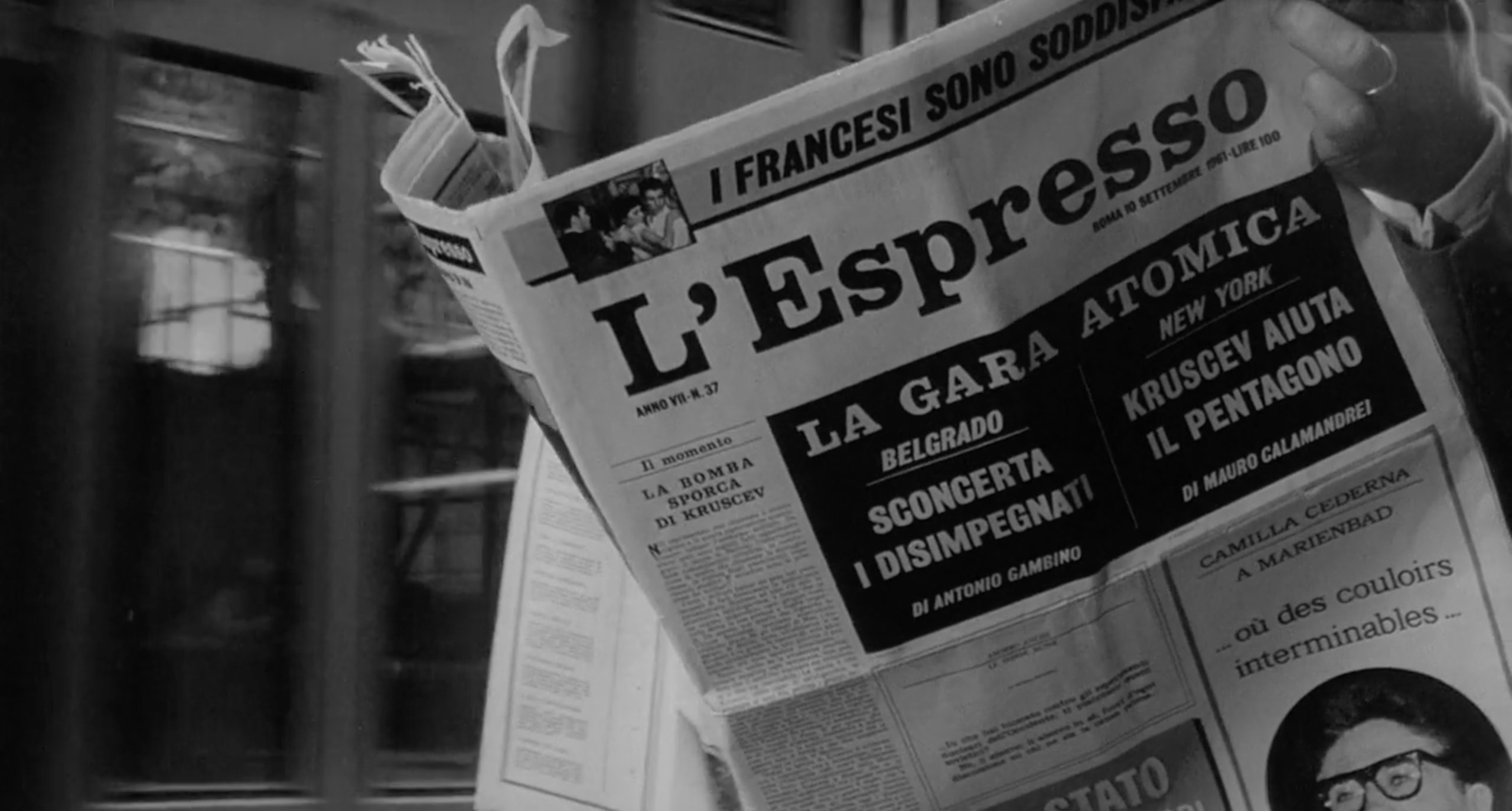
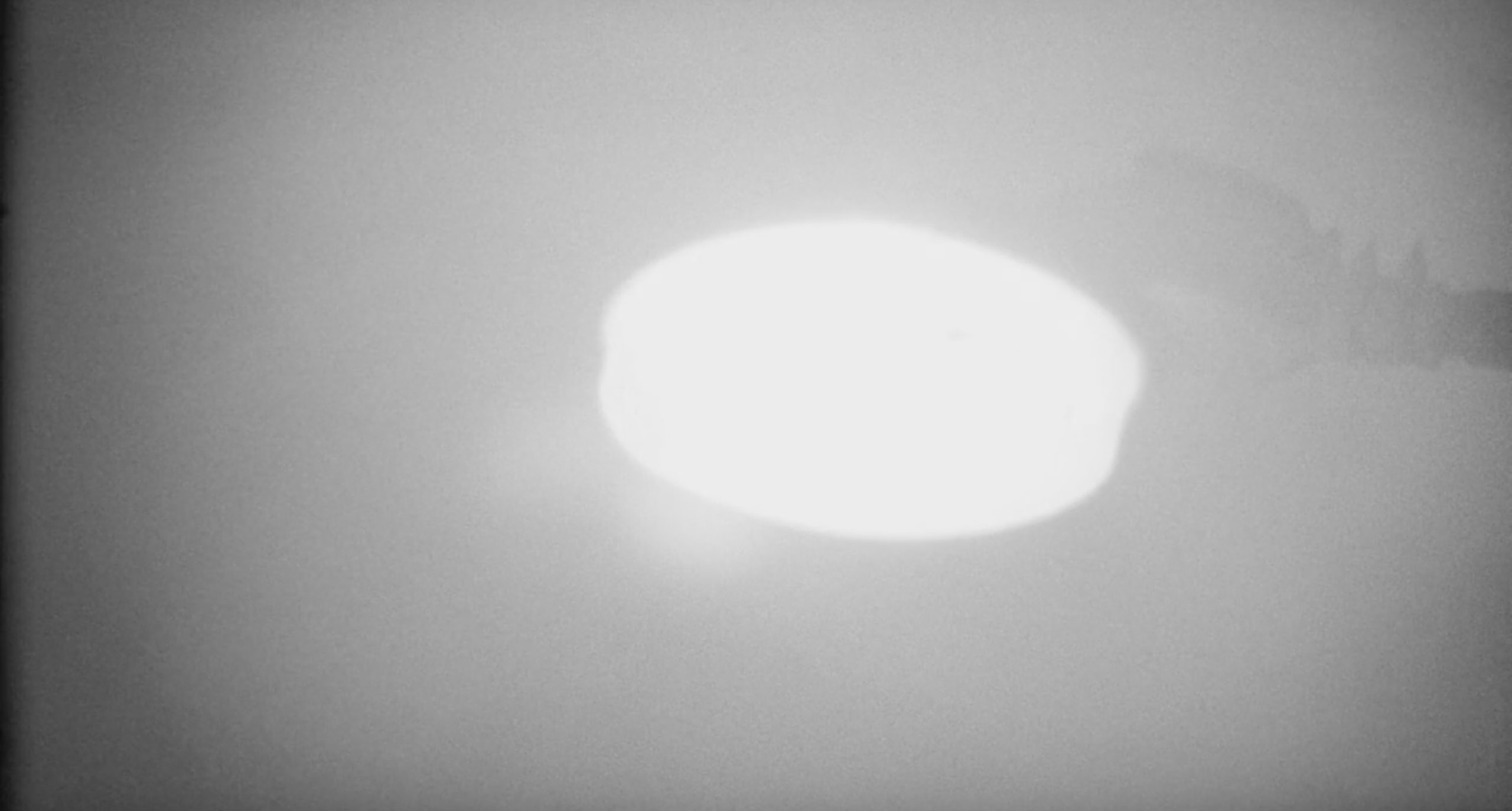
The film confronts its gorgeous European ciphers with the worthless emptiness of the European legacy of colonialism when Vittoria visits a new friend who has recently returned to Rome from a colonial home in Kenya. They drink, and, getting in the African spirit of things, Vittoria dons blackface and does an African dance across the apartment. Tellingly, this is one of the rare moments that Vittoria exhibits anything like physical joy in the film. The new friend, Marta, tersely asks Vittoria to stop, barely hiding a mixture of shame and racial hatred. They complain later of the African people, expressing disgust and referring to them as monkeys--but physically communicating insecurity all the while, and when the implied annihilation of the film's ending comes, it puts the lie all the more to their presumed convictions of superiority. The depiction of Monica Vitti's blackface dance feels different from blackface scenes in American cinema; Vittoria has no self-awareness, but the film here does, it is as much a judging spectator as the audience is.
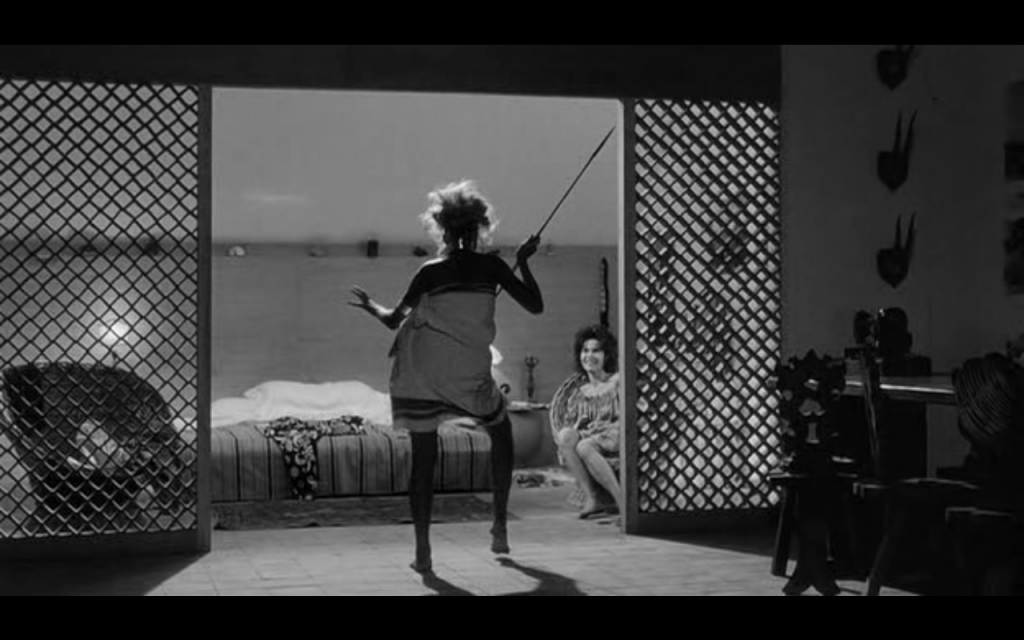
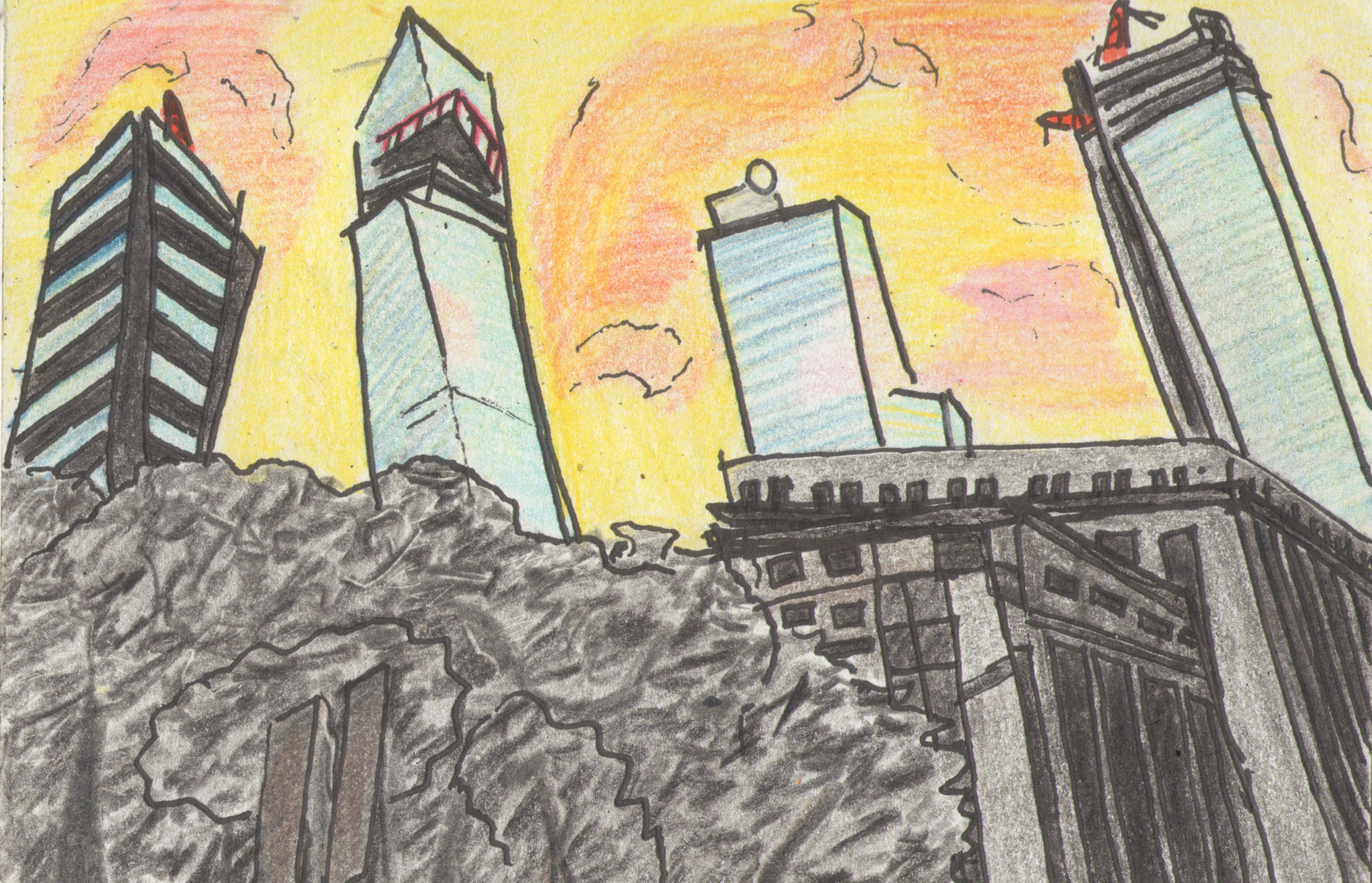
"Hudson Yards" Joe Wakeman 2018
August 5, 2020-"Sannety: Solo Electronics"
This video was made using a 360˚ camera--for users having trouble viewing this function properly on mobile-based browsers, please follow this link to view in the YouTube app: https://youtu.be/c4lD26UetZE
This past April, the world lost one the most valuable, original minds ever to grace its sphere with her presence. Sannety (Sanne Van Hek). For a few years I was privileged to be able to call her my friend, and our friendship was intense and intimate. We worked together at Life Boutique Thrift in Park Slope, and through prolonged daily exposure to one anothers' eccentricities, fed one anothers minds into a frenzy, at length concocting what felt like a shared secret language of points of view, particular imagery and irreverent activity. At her apartment we collaborated weekly on the script for my second feature film, 'THE SHOPLiFTERS' which Sanne co-starred in the role of Anne Chi-Minh, and composed music for the film as well. Her musical talent, ambition and imagination was unlike anything else I'm likely to encounter for the rest of my life. She designed and programmed her own custom electronic sequencer, The Sannetron, to implement her far-reaching ideas about rhythm. Using that program, she created the music in the video above, which was created to accompany the live recording of her performance on October 3, 2018 at Bimhuis in Amsterdam, NL. I'm grateful to Trevor, who loved her deeply and continues to carry on her legacy, to preserve her work and memory. Her music, art, and writings can be seen at sannety.com, and I encourage everyone who reads this to go peruse her thoughts and ideas on her website.
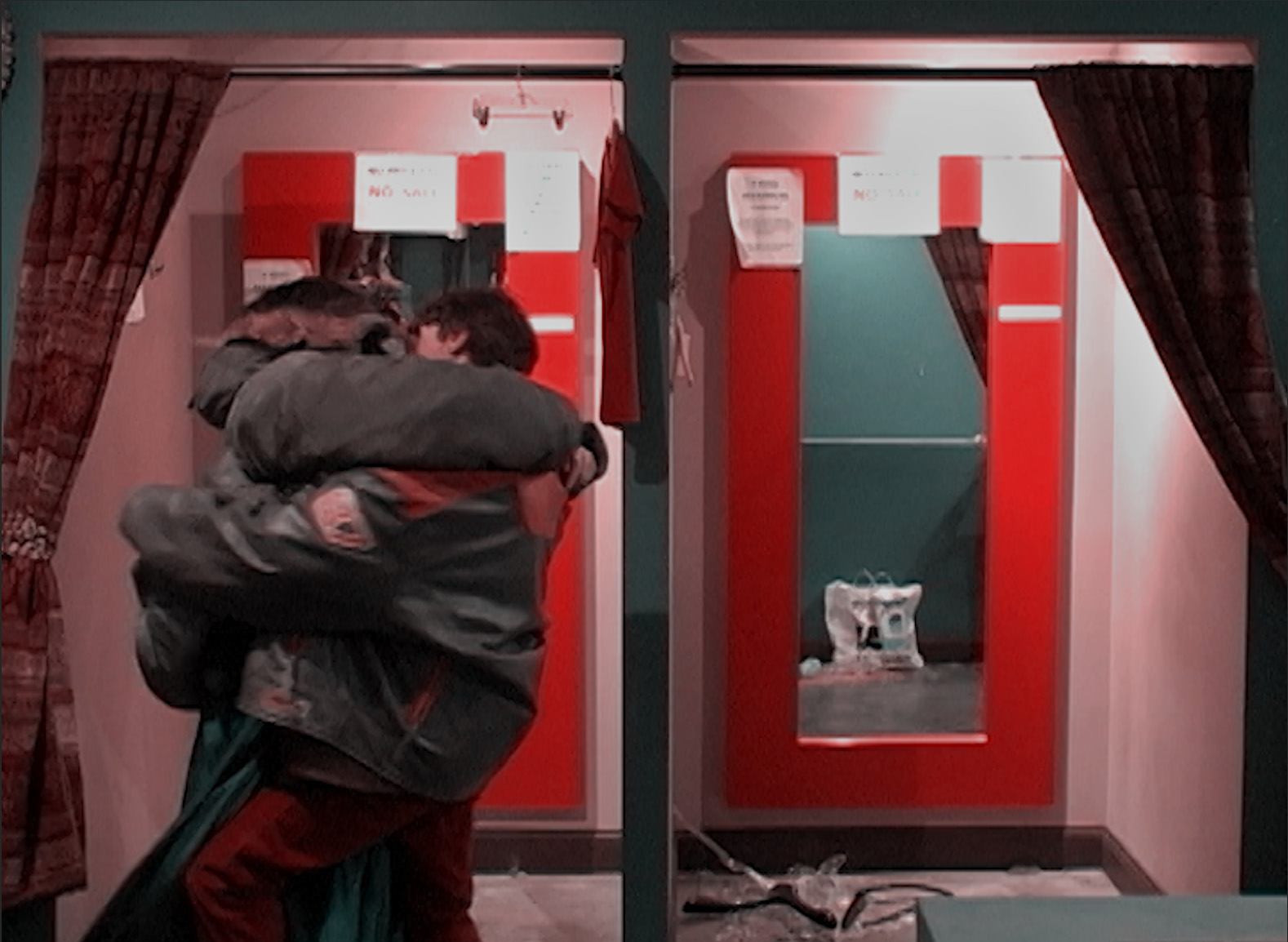
July 11, 2020-"My 30th Birthday"
Today is my 30th birthday! I'm premiering a new short video we made in February at Lake Pontchartrain in Louisiana. The video is called 'Sisters of the Swampland'. starring Eliza Diamond of 'They Read By Night!' fame, and milady Holly Overton. All we had a was a camera and Eliza's amazing outifts, and after watching 'A Streetcar Named Desire two or three times, we improvised a five minute pseudo Tennessee Williams parody about a wild boar.
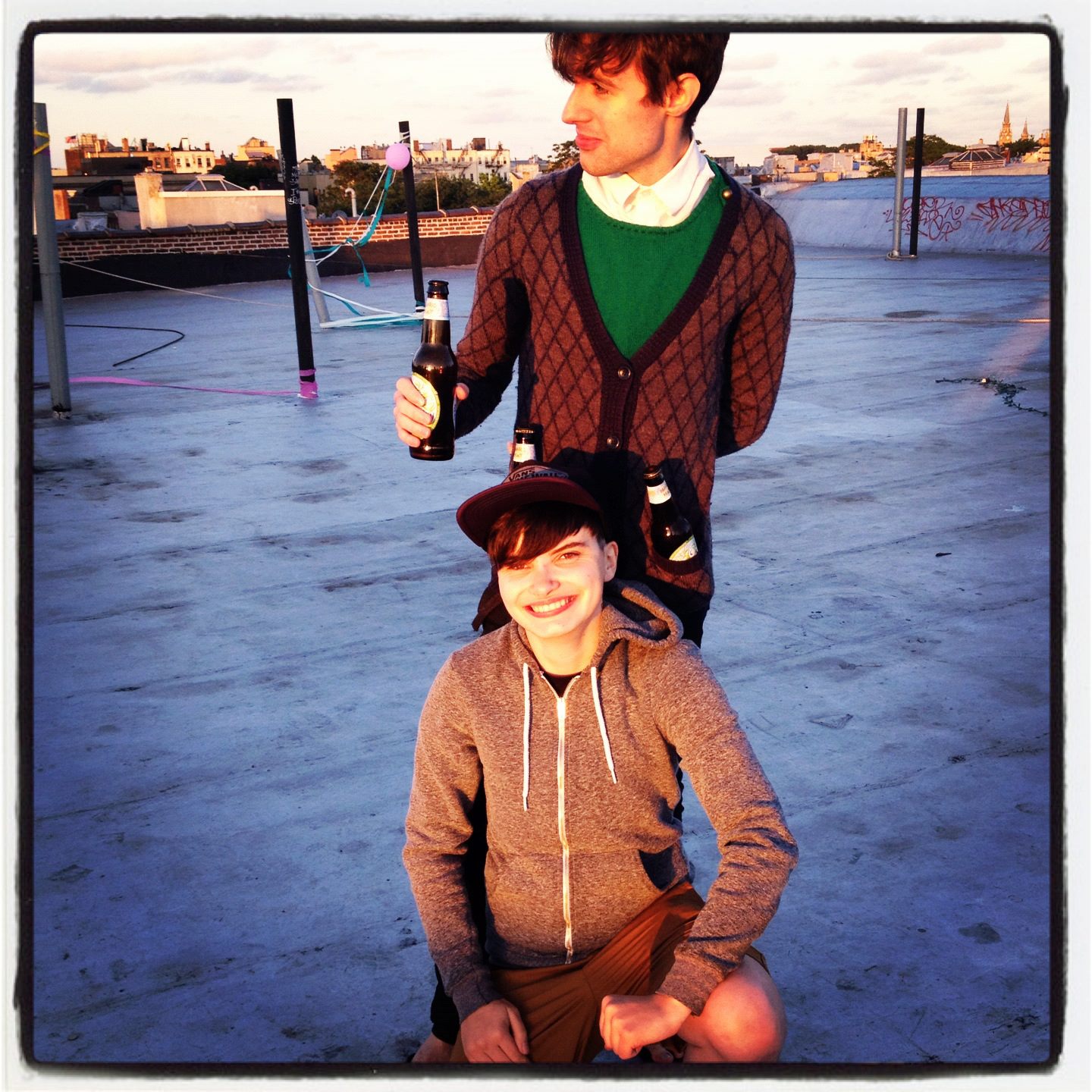
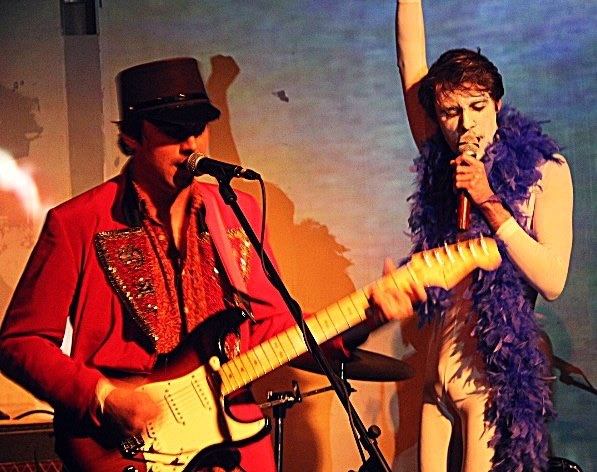
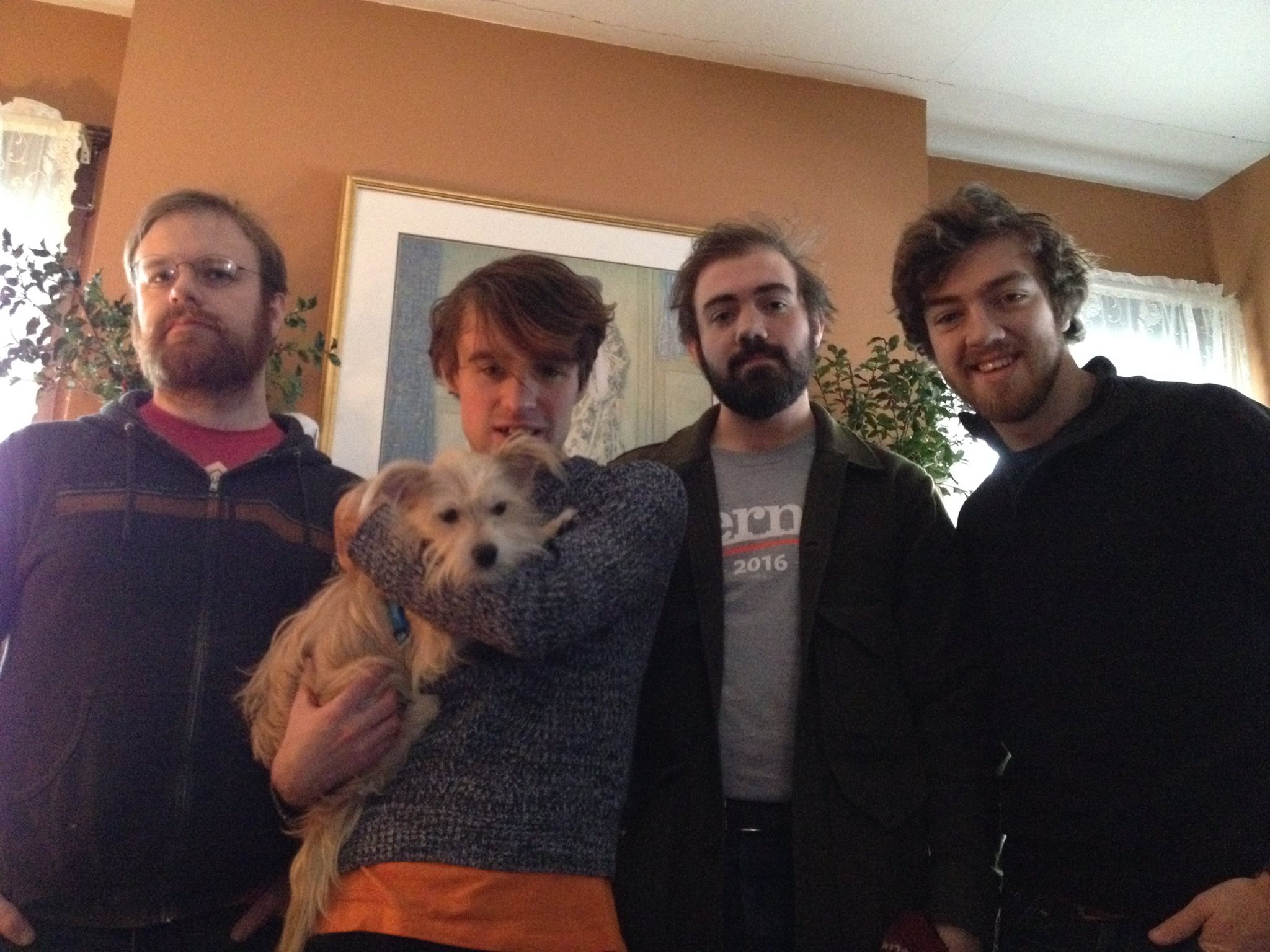

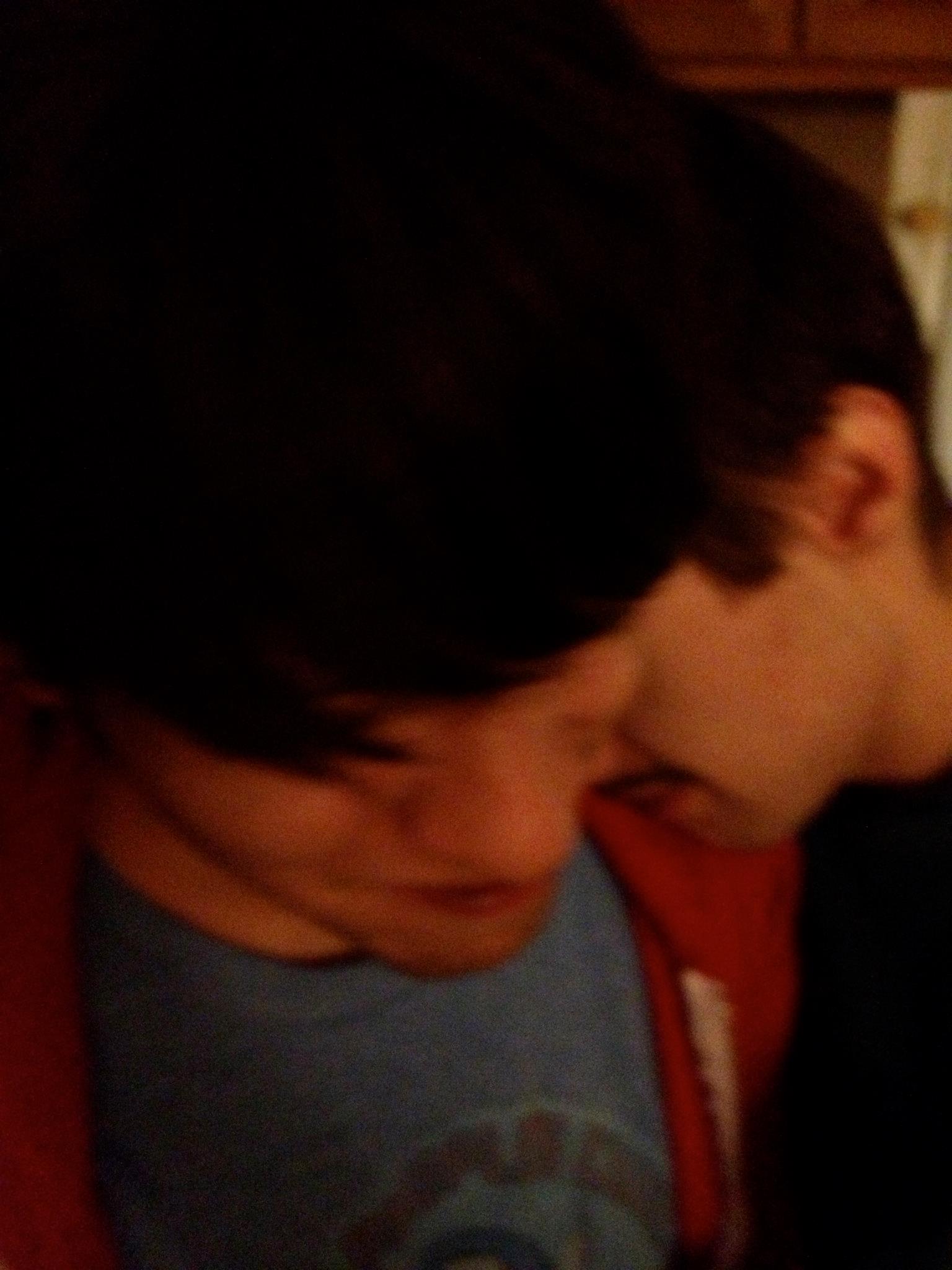
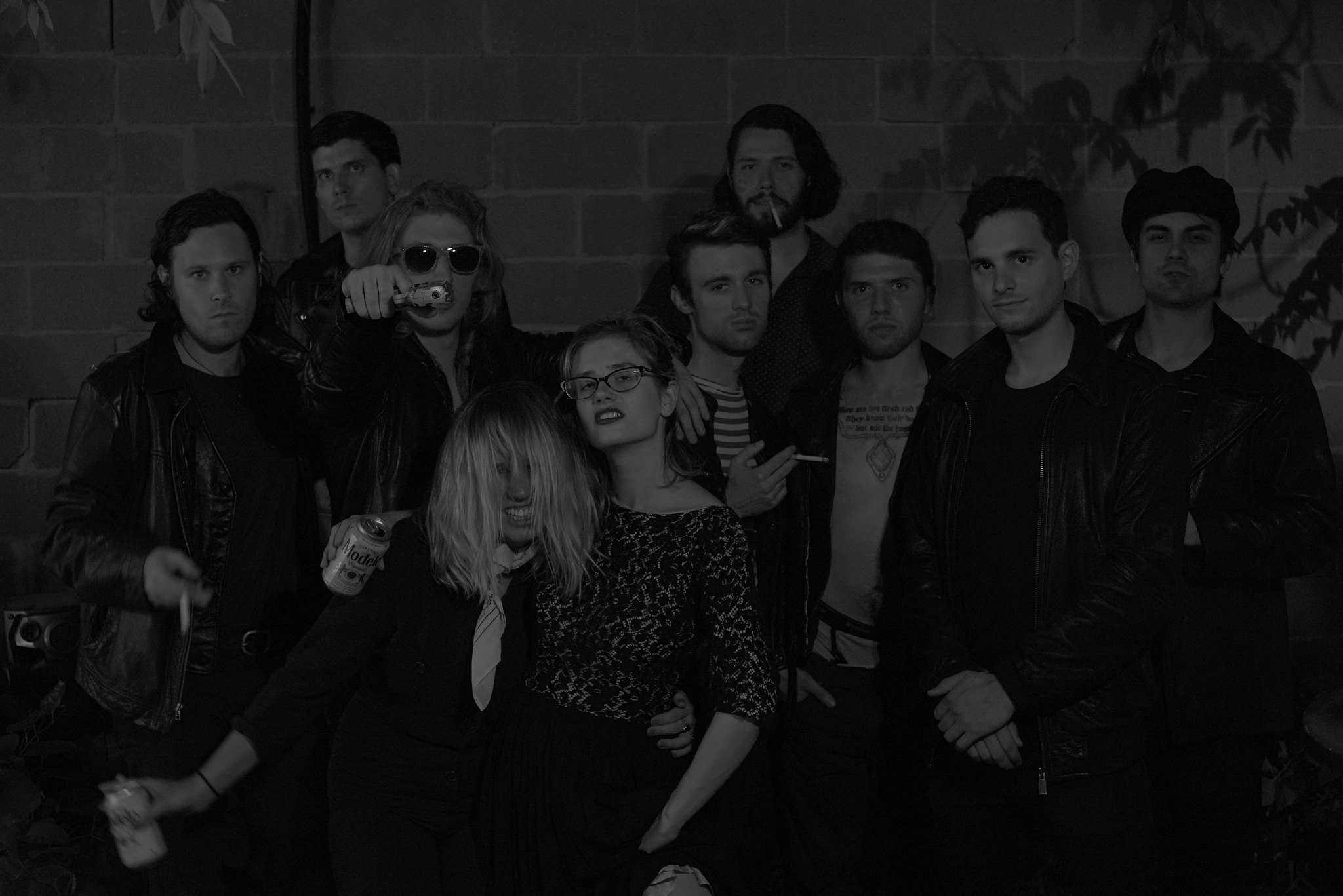
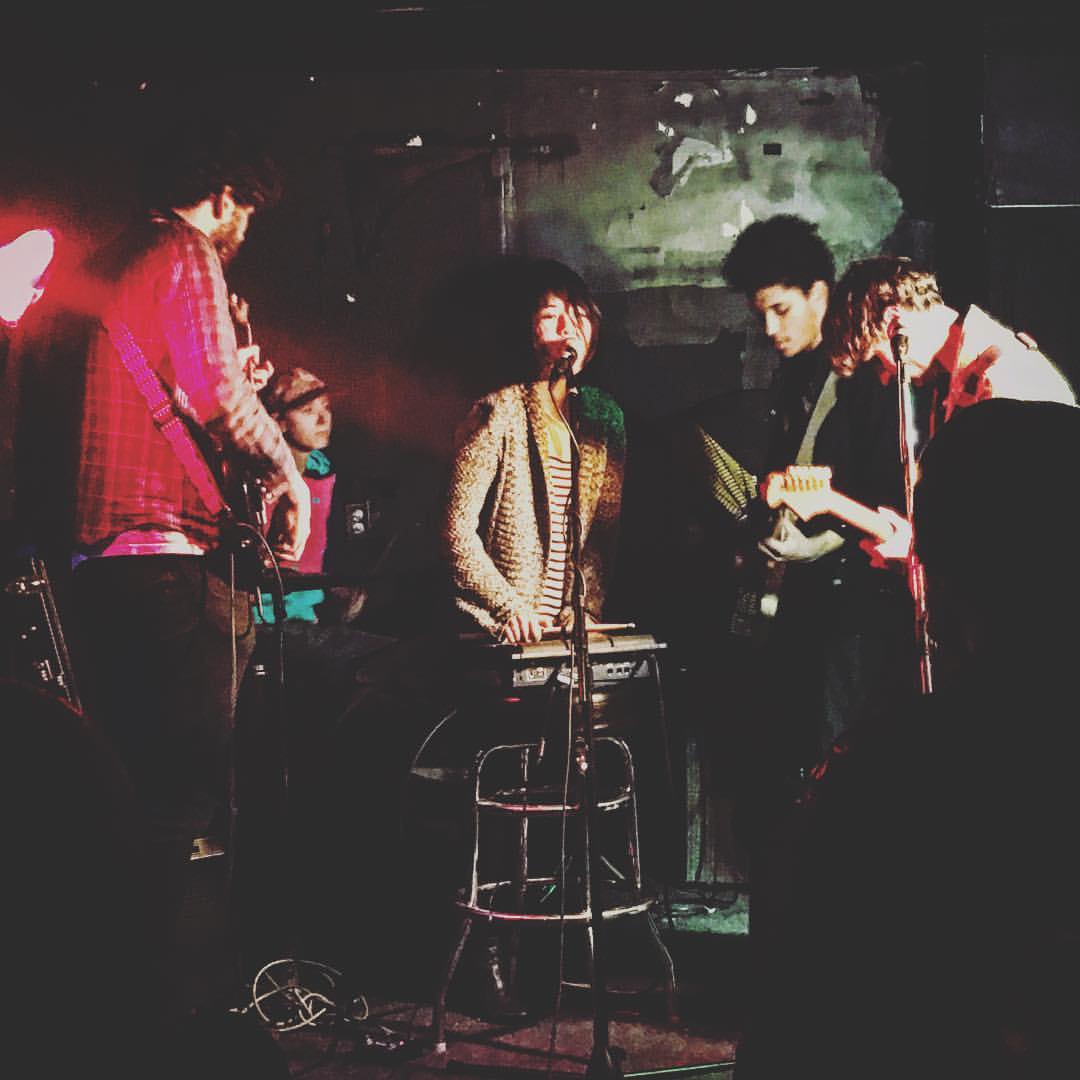

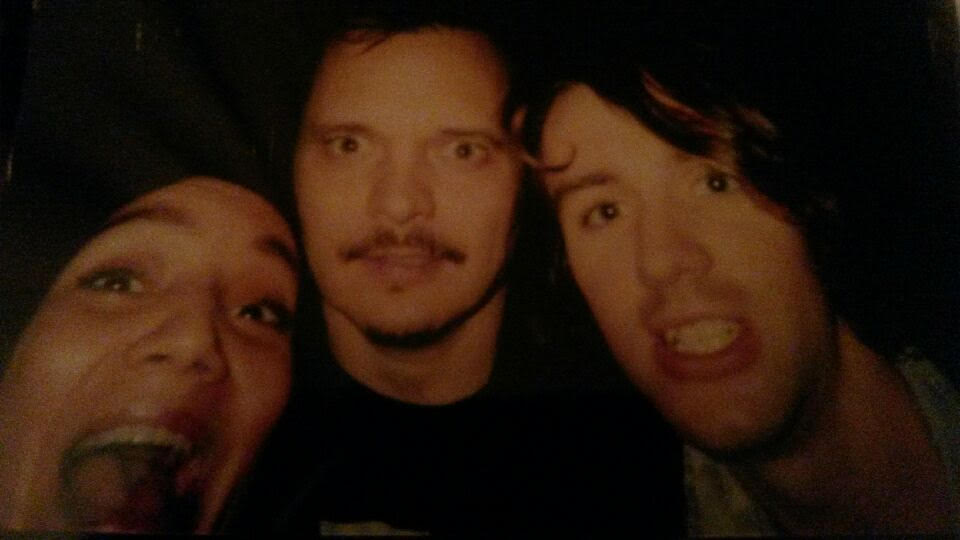

♥
June 25, 2020-"CiViL WAR OPTiCS and Bi-OPiCs"
I had a dream recently (and wouldn't be surprised to hear others have too) that a civil war had finally broken out. I was in some kind of farm building upstate which had been turned into a field headquarters combined with refugee area. The uniforms looked like the ones from the original Civil War, but Bernie Sanders was there as some kind of general, pacing and planning something important. With the massive social unrest of the day and the miles wide gap between ideologies amongst the people of our country, some of the more excitable people have begun discussing the possibility that another Civil War could break out in our country to settle the divisions between reason and discord. I can't predict the future, I've been surprised by so many things this year that now I only know that I know nothing. But the dream anyway, and everything else going on sent me on a bit of a movie kick trying to understand at least parts of the cultural legacy surrounding our original civil war. The first stop for me, to get the basic facts and details, was Ken Burns' classroom staple, the eleven hour documentary 'The Civil War'. Of all of Ken Burns' great PBS documentaries, this one is probably the most well-known, and the sound of 'Ashokan Farewell' and the sights of HD photoscans of 1860s life accompanied by V.O. should immediately recall its audiovisual pleasures and its breadth of information (though, the documentary is largely focused on the particulars of battles during the war, and it ends with the war, leaving out details about Reconstruction, the to me the more important and inteesting period. (I'm reading now that apparently a Ken Burns documentary detailing Reconstruction is underway, to be completed sometime in the next decade.) There's a lot of big personality historians, and strangely, a great deal of screen time is given to the colorful personality but questionable viewpoints of historian
Shelby Foote, who comes off as a serious Confederate sympathizer. For a word about Foote, Ta-Nehesi Coates said that he "gave twenty years of his life, and three volumes of important and significant words to the Civil War, but he could never see himself in the slave. He could not get that the promise of free bread can not cope with the promise of free hands. Shelby Foote wrote The Civil War, but he never understood it. Understanding the Civil War was a luxury his whiteness could ill-afford."
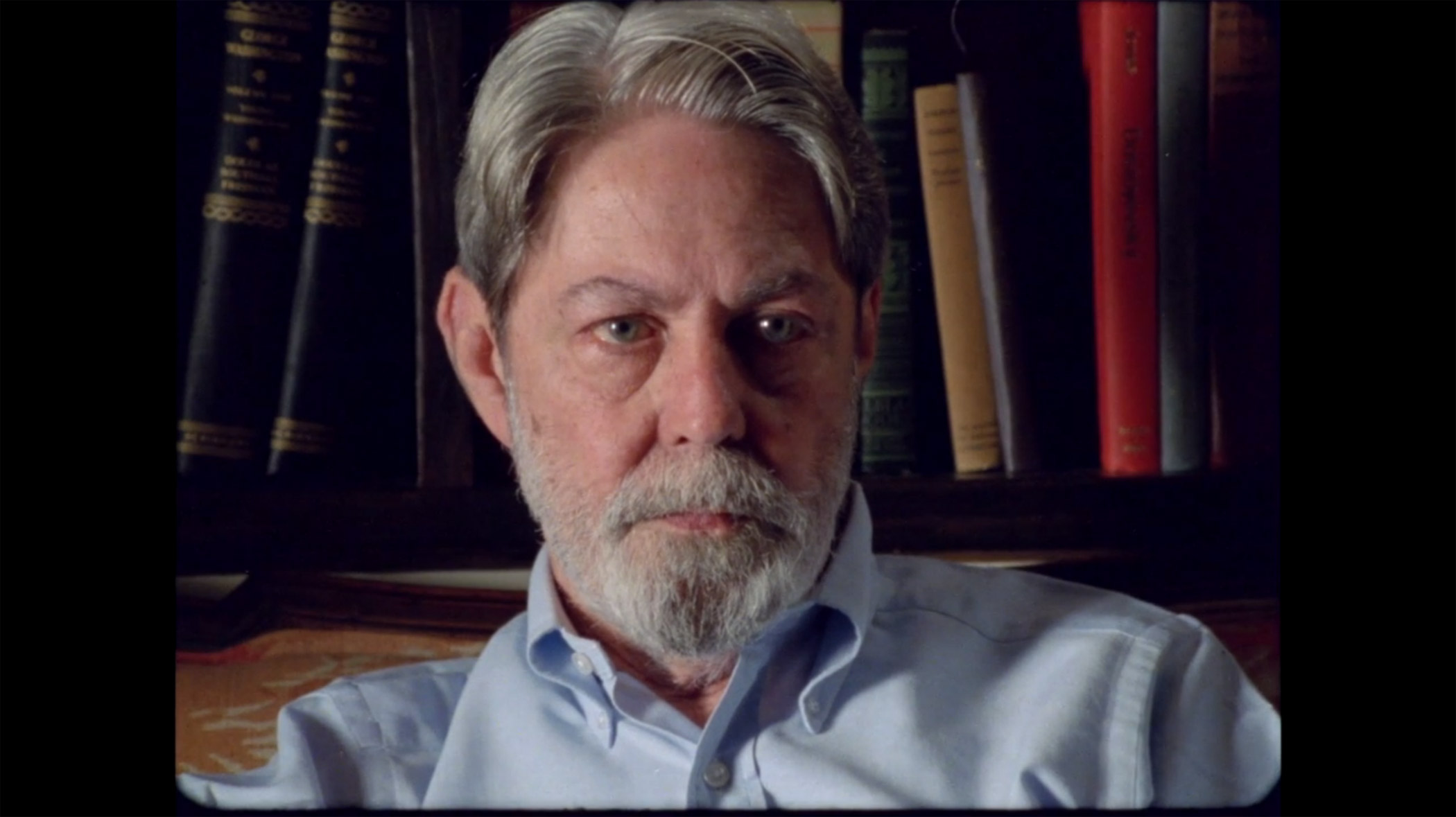
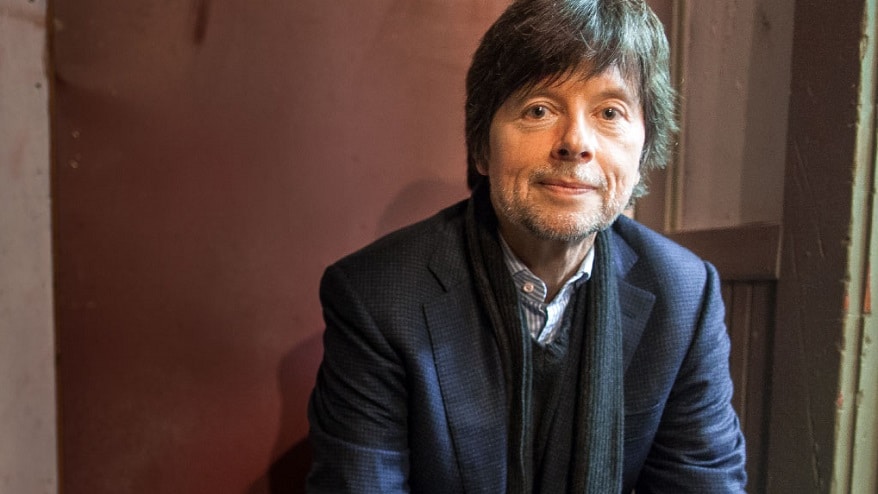
The documentary's treatment of Lincoln is somewhat godlike, something I find a little irking, though commentary from historian Barbara Fields highlights his real-life complicated and problematic racial views. After the documentary, continuing down the civil war optics rabbit hole, I felt myself compelled from this jump-off point to examine the 2012 Steven Spielberg Abe Lincoln film. There's something frustratingly obvious about the very concept of 'Lincoln', the biopic of the most famous president by the most successful director Steven Spielberg and starring The World's Greatest Actor™ Daniel Day-Lewis as the great man himself. It's like something out of this movie trivia board game for reel movie nerds that I had when I was a kid that featured fake but plausible-sounding titles of films attached to well-known Hollywood names. Unsurprisingly, the film does very little to dispel the notion that Lincoln was a god among men, though sometimes humanizing him superficially via scenes of marital discord, father-son conflict, and a penchant for joke-telling at cabinet meetings. To me, the real joke is that Daniel Day-Lewis famously lives his roles on and off-set, which conjures the bizzare image of Lewis as Lincoln at a lunch counter, awkwardly paying for a 5 dollar sandwich with a 5 dollar bill bearing his own likeness. (I'll pay 5 dollars to anyone who can find me an image of Daniel Day-Lewis dressed as Abe Lincoln in an everyday setting; at present all I can find is this weird painting:)

The film dramatizes the struggle that Lincoln went through to win the support of congress at the end of the war, to pass the 13th Amendment abolishing slavery, the last and most important act of Lincoln's tenure in office, and the film as written and directed plays as a paean to neoliberal incrementalism and compromise, Lincoln going to great lengths to convince radical abolitionists such as Thaddeus Stevens (Tommy Lee Jones) to reign it in to court the feelings of racist Southern Democrats in congress. This spirit of compromise comes back to bite Lincoln in the ass, however, when viewed today in context alongside Ava DuVernay's 'The 13th', a new documentary (free to watch on YouTube via Netflix) detailing the ways that the phrasing of the 13th Amendment created loopholes for Southern states to pass laws that turned Blacks into criminals, placed them back into servitude, and paved the way for the modern era of mass incarceration. This documentary is eye-opening particularly regarding the optics surrounding "urban crime" in our modern day and the way that Republicans and Democrats alike worked in the 80s and 90s to cement this terrible system of law enforcement. The legacy of slavery as documented in the Duvernay film includes discussion of how the 20th century incarnation of the KKK sprang from the brow of 'Birth of a Nation', which I saw when I was 19 and won't be watching again, nothing can prepare you for how racist that film is. However, I think its important to grapple with the blame Hollywood has to bear for perpetuating a racist culture in this country and the original sins of cinema-afer all, our first blockbuster was this virulently racist KKK film, and when the form was reborn in 1929 with talking pictures, we again drove the point home with a comic Blackface minstrel show at our first opportunity with 'The Jazz Singer', a film I've never seen but perhaps I'll finally have a look one of these days, to help buld a thesis.
June 1, 2020-"THE SHOPLiFTERS"
I made this film two years ago genuinely believing at the time it was a fanciful work of exaggerated satire. I'm afraid it turns out there was more truth in it than I'd hoped. IF YOU ARE A WHITE PERSON, this is NOT your opportunity to cosplay Ché Guevara and appoint yourself leader of a revolution-your actions will be used against you, and more so against the black and brown people at the center of this crisis. Stand in solidarity-the cause for protest is legitimate and necessary--BUT KNOW AND UNDERSTAND THIS: the violence is being incited by police (in many instances, enacted by undercovers infiltrating the crowds) and used as justification for their authoritarian escalation of the conflict. That conditions in this country would come to this feels sadly inevitable--Take care that your actions do not cause harm to come to very people who you wish to defend.
May 26, 2020-"Halloween Trick'r'Trio"
I don't undestand how its possible that so many people seem to sincerely make horror movies that are completely unscary and of low quality. This week I watched the first three 'Halloween' films. The first one is, of course, a classic and a major accomplishment and still scary and way cool etc. , and unsurprisingly, the law of diminishing returns applies here to the second film in a pretty serious way. But I think also what's going on here, is something that I noticed in the third movie, which has little to do with the first two. In the confusingly titled 'Halloween III: Season of the Witch', (which sadly also has nothing to do with the classic Donovan hit, and precious little to do with witches in general) a doctor uncovers a halloween mask conspiracy involving androids, TV-transmitted electric witchcraft via a section of stonehenge situated in a novelty factory and a town full of security cameras and people tearing each others faces in half and kids turning into piles of snakes and spiders.

It's funny how, when you describe it that way, it actually sounds like a great movie, but in execution it really just feels dumb ond overcooked and pretty far away from what anyone would consider "scary" (also how i feel about 'In the Mouth of Madness'). I think this must be the reason that this movie got made in the way it did, and also probably the reason why it doesn't work as a horror movie. Nothing that is that complicated really comes off as that scary, at least not in the visceral way that a horror movie ought to be. You might get scared if you stay up all night readng conspiracy theories, but it's not likely to make you "not go back in the water" or think twice about babysitting on Halloween. I think this also explains why, 'Halloween II', in spite of being a basically good idea for a sequel (picking up the moment the first leaves off), is not as scary as the first, because it complicates the premise by adding backstories and more locations and twists and more unnecessary nonsense. Michael Meyers is simply more scary as an unexplainable force that can't be killed or ever totally escaped, like the real evils of the world that exist just out of our realm of understanding. I, too, have a concept for a horror movie, and it's pretty simple, so I think that's a sign I'm on the right track.
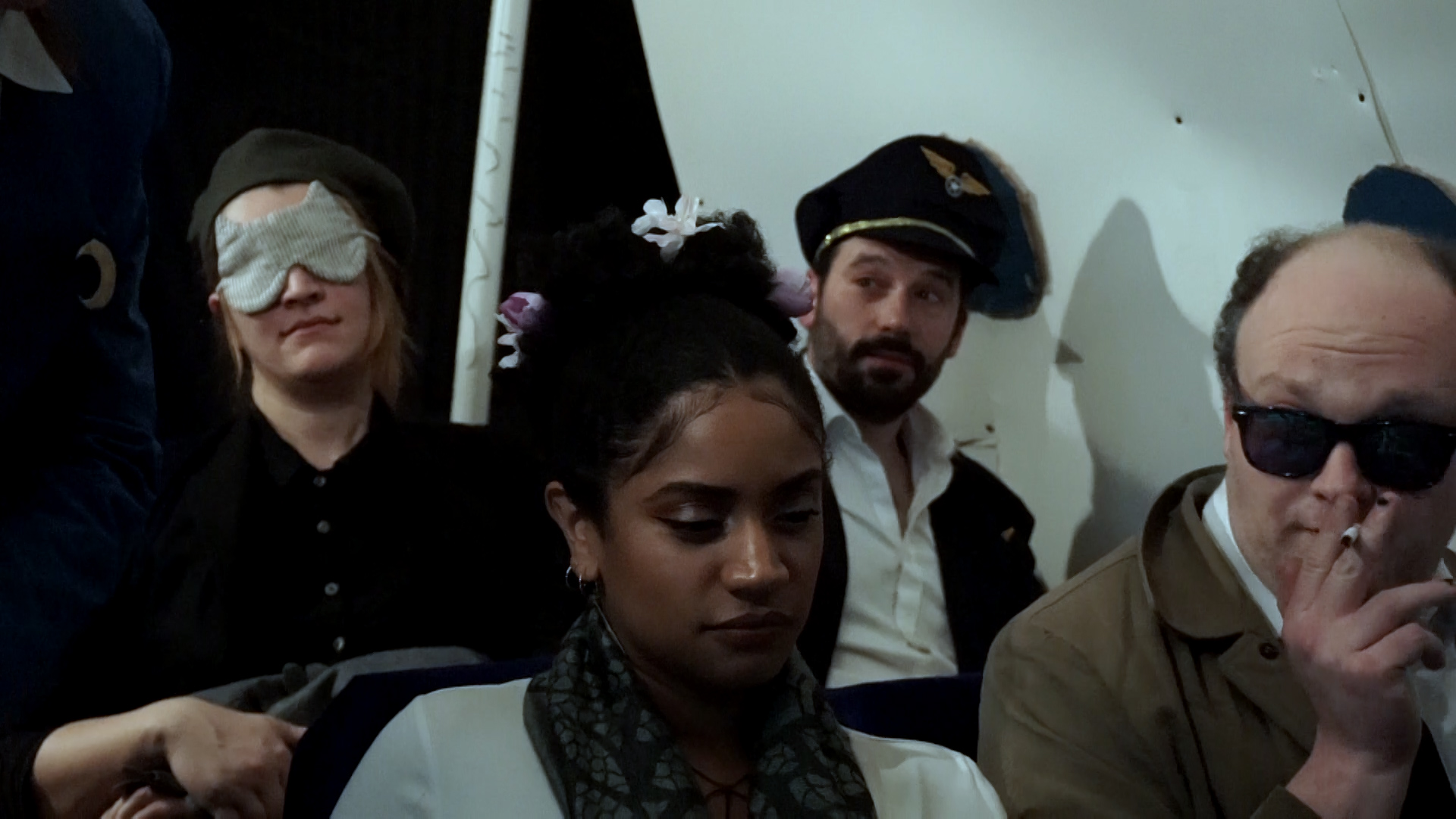
THIS FRIDAY I have a new music video coming out!! Sean Spada's 'Taking It Slow', which will be premiering at Look At My Records but maybe if you click around on the home page before then you might see it ; p
The video concept I had awhile back watching Sean perform at Secret Project Robot, and this track "Taking it Slow" sounded like something I wanted to hear an airline pilot soothingly tell us we're doing over the in-flight loudspeaker. It has a chilled out Burt Bacharach vibe, which conjured images of Pan-Am, which I can't afford to do so I spent 6 months collecting materials and then did the best I could to build an airplane by myself in Sean's living room. A few weeks after we shot the video, Tasha Lutek, who was enormously helpful building my airplane, built her own airplane for the single cover, and I think it looks much better than mine, so I guess (maybe thankfully) I'm no Howard Hughes.
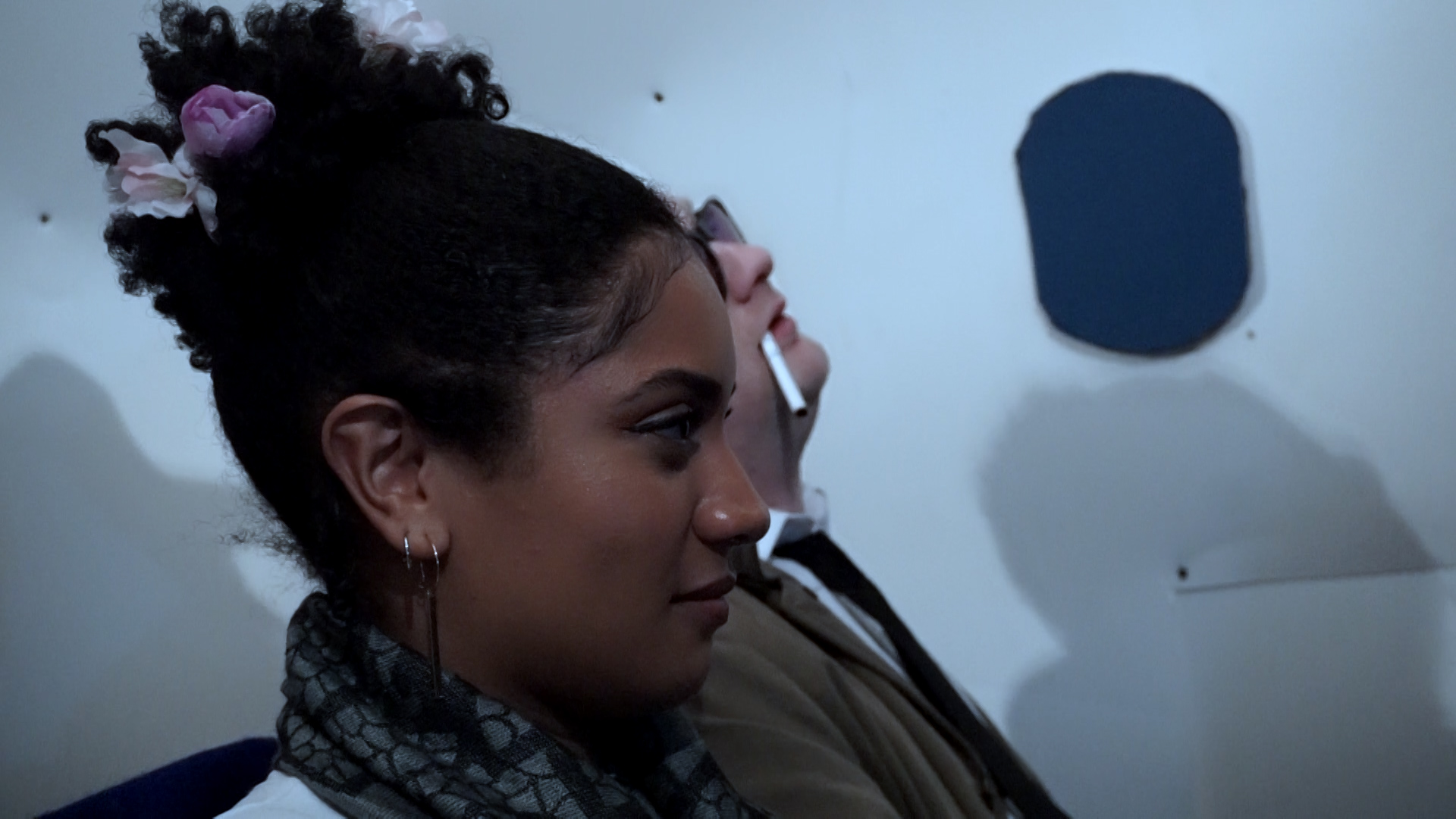
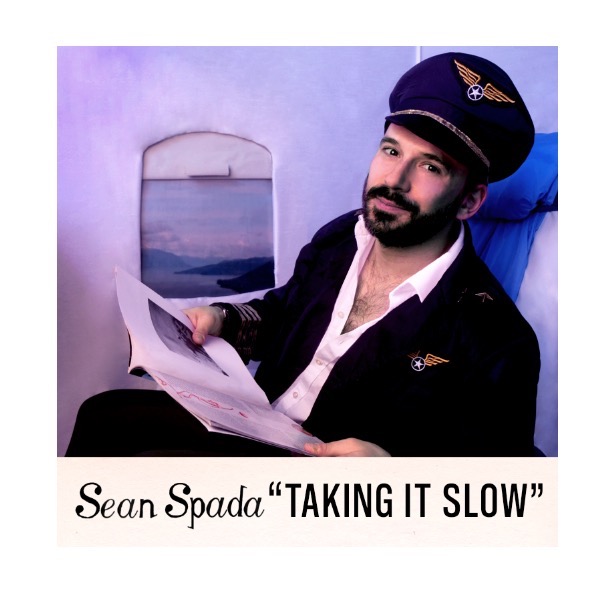
(The last one, the single cover, is Tasha Lutek's)
May 10, 2020-"Cast Away and Fed Ex: Our Brand Could Save Your Life"
I'm a big fan of Karina Longworth and her podcast, 'You Must Remember This,' an extremely well-written, researched and produced collection of tales of (mostly) Old Hollywood, and was pleased to hear she had a new podcast, 'It's The Pictures That Got Small', with another critic Nate DiMeo, where the movie buffs watch well-known films they haven't seen before and discuss their relative merits. From listening to a few episodes the other night, it was vindicating to learn, among other things, that Ms. Longworth and I hold the same low opinion of Martin Scorsese's 'Casino.' In another episode of the podcast, Longworth & co. discuss Robert Zemeckis' 2000 Tom Hanks desert island survival epic 'Cast Away.' After listening to the podcast I learned that Holly also had never seen this movie so we dug up a putlocker online and checked it out.
The joke I've always made about this movie (which is really pretty good) is that it's a 3 hour FedEx commercial, and in revisiting, it's a little shocking just how accurate that assessment can feel in certain scenes. Zemeckis claims that no money was proferred by FedEx (or Wilson, for that matter) for product placement; however obviously FedEx provided airplanes, trucks, facilities, etc. Who needs $100,000 in production cash when you can just get a whole fleet of airplanes? Of course, the element of the film which most aggregiously smacks of FedEx commercial propaganda is the mysterious Angel Wings package which gives Tom Hanks hope throughout his ordeal, and which, in the film's closing scenes, Hanks returns to its rightful owner as a dutiful employee of the FedEx corporation, meeting a beautiful Texan artist in the process and hinting at the probability of future love for our courageous hero now that Helen Hunt has moved on and married a schlubby dentist.
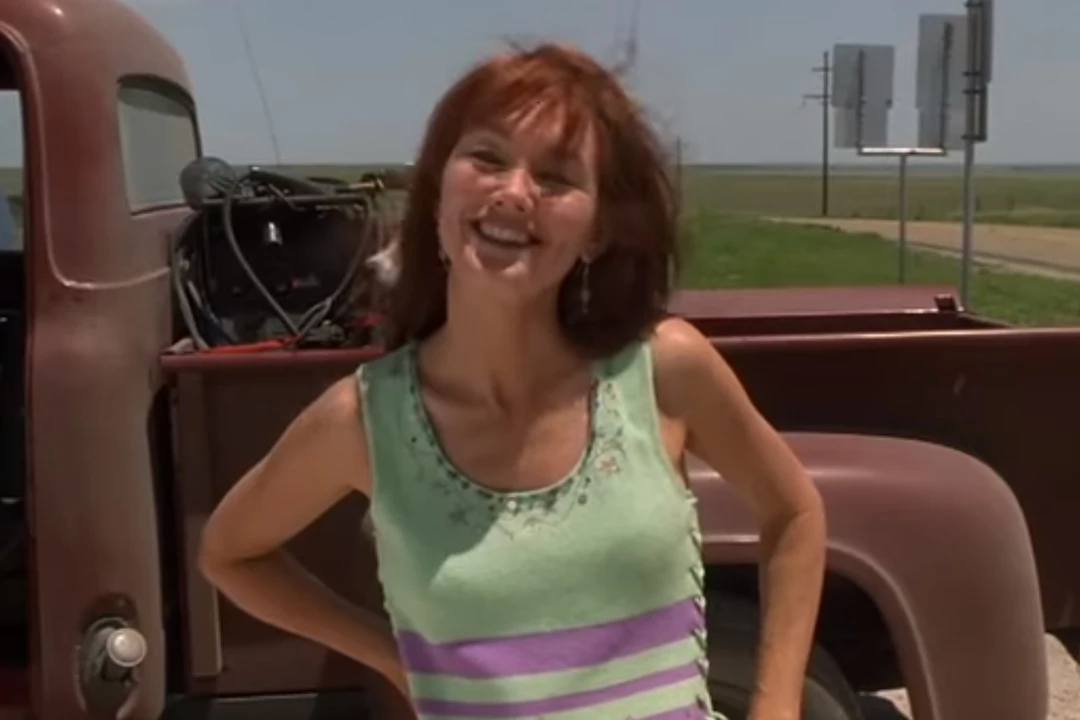 This scene almost feels like it was insisted upon by FedEx, like it's important to send the message that FedEx will get you your package, no matter what.
This scene almost feels like it was insisted upon by FedEx, like it's important to send the message that FedEx will get you your package, no matter what.
After my initial cynical appraisals of the way corporate interests are rolled up inextricably into the fabric of this movie, I began to reflect a little bit about how, in a certain sense, 'Cast Away' is one of the rare movies that illustrates just how deeply intertwined corporate interests are with our day-to-day lives. If you think about it, Tom Hanks, is an upper-level shipping and receiving efficiency expert for FedEx, a real job that real people must have. In his life he must be inundated with FedEx's propaganda, and as his livelihood, must take their corporate line pretty seriously (as must his real-life counterparts). But in a larger sense, when you look at the scene in the film's opening minutes which tracks the path of a FedEx delivery from Texas to Moscow, and you see the trucks passing through rural and urban, international regions, it's apparent that what's going on here, is not that this movie by itself is a 3 hour FedEx commercial, but in fact, we all live in a continuous FedEx commercial in real life. Branding is ubiquitous, it can't be escaped, even on a deserted island, and there's a certain truth inherent in this film's depiction of that reality. In fact, theres a prescient element (given weight by the timing of the film's release, the year 2000) when you consider the angel wings emblazoned acrosss the motivational unopened package, a laid-on-thick symbol of "hope" obviously, but also, within the movie, revealed to be the personal brand of an individual artist, something which has become de rigeur today in the Instagram age. Branding here has saved Tom Hanks' life, and offers a path for his future with a woman communicated in her short appearance as a truck-driving rugged individualist, that All-American brand.
May 6, 2020-"PEOPLE WHO LIVE IN GLASS HOUSES"
This week on the Millennium Film Workshop site, we're featuring one of my own videos, "People Who Live in Glass Houses" which I completed in January. It's on rotation currently on the homepage, but here's a fresh link to the featured page on the MFW site: "CLICK HERE"
There's a brief interview with me there that I conducted myself, I hope that's not too obvious to most readers but I don't really mind if they figure it out. Tonight another series that I curated via Millennium Film Workshop begins on the Spectacle Theater twitch channel, at 7 PM. The movie tonight is 'Satori' by our friend Erica Schreiner. I'm excited because I've been saving up the experience of watching this movie for this event, which was postponed and switched to streaming because of the pandemic. Here's the trailer for fun, and if you miss the broadcast, the whole movie is on vimeo on
Erica's vimeo channel
APRIL 25, 2020-"The '70s"
Last night to kill some time I watched a few episodes of 'Mrs. America,' the new miniseries starring the Cate Blanchett as Phyllis Schlafly, Republican anti-ERA crusader and foe of the Gloria Steinem, portrayed improbably as a chic glamorous hippie babe here by Rose Byrne. The show was mostly boring and I kept zoning out, though I liked the stuff about Shirley Chisolm's presidential campaign, it felt very current re: 2020 election, Bernie and Liz and the historically diverse field being narrowed down to a doddering old white man Joe Biden. BUt while my mind wandered I began really to focus on the 1970s signifiers at play in the show-bellbotoms, disco, anti-war pins and the like, and I stumbled upon an idea that I've been fixated on since:
Is it possible that the collective movie we have been making about the 70s for decades is longer, in hours, than the actual historical decade of the 70s?
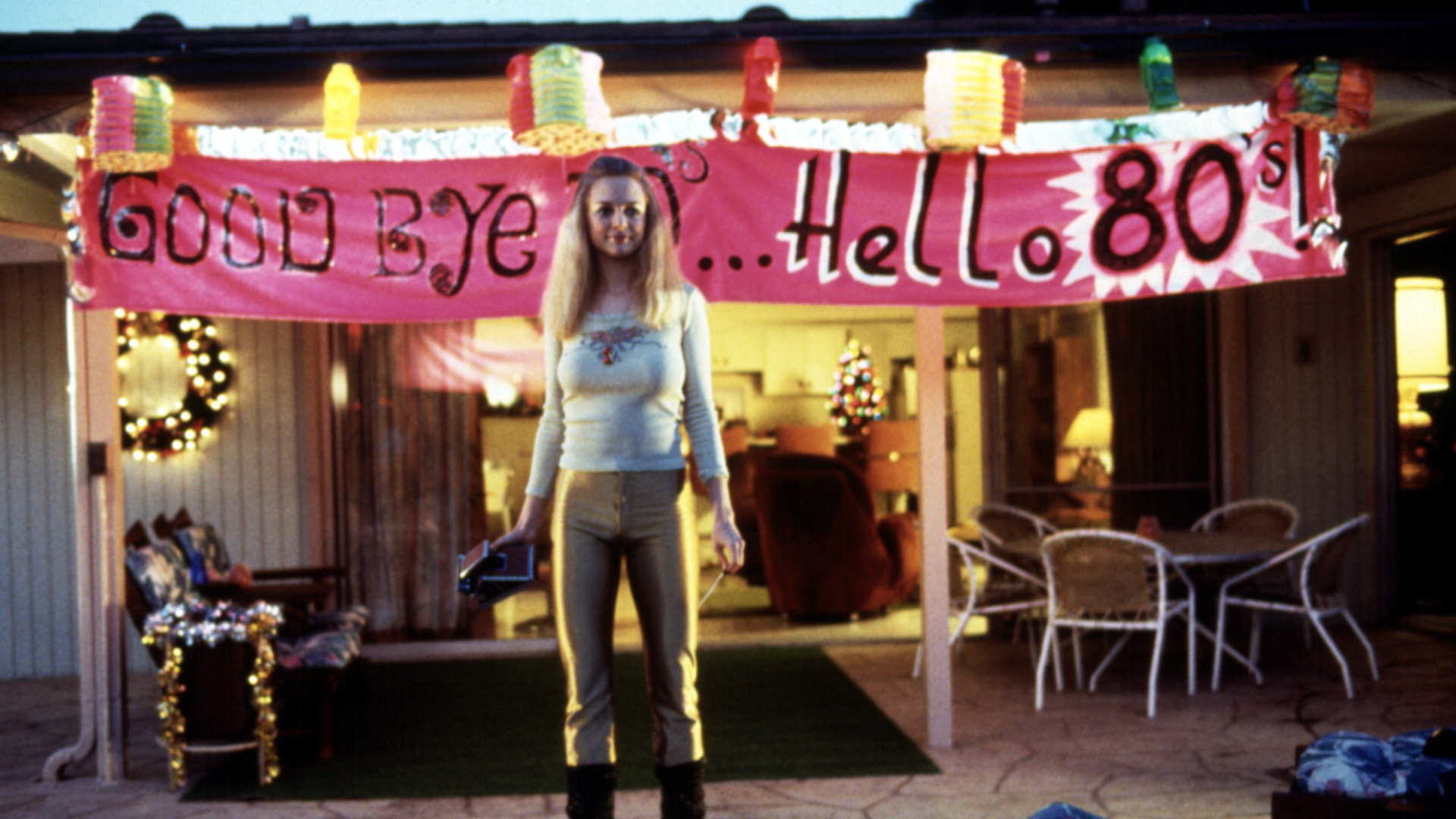
For instance, I added up the length of all 200 episodes of 'That 70s Show', and that equals 4700 (assuming theyre all about 22 minutes long). By contrast, in a span of ten years there are 87600 hours. With that in mind, it seems distinctly possible that our imagination of the 70s has produced a span of time realer and more substantial than the real-life ten year period we think of as "the 70s."
I brought this concept up with my brother Billy (who, sidenote, just released an excellent EP this week, 'HENRY HUDSON') and he pointed out that likewise, the number of films made and being made about WWII probably add up to longer than the span of time of the actual war, and that interestingly, many films and TV about the War made by the generation that fought it, such as 'The Dirty Dozen' or 'Hogan's Heroes' tends toward the fantastic, whereas a film like 'Saving Private Ryan,' made by Spielberg, a filmmaker who was born in 1946, tries so hard for realism that it's said to have given veterans D-Day flashbacks while watching it. Returning to the '70s, something like 'Boogie Nights' seems even stranger, since its made by Paul Thomas Anderson, born in 1970, but seems to be a vision of the period based more on Robert Altman and Scorsese films than a lived experience of the decade (after all, it's most likely 10 year old PTA wasn't doing blow with porn stars too regularly in that time.) It could be then that we are still in the 'Hogan's Heroes' age of films about the 70s, but it seems that via our infinite engine of culture and nostalgia which fires at all cylinders and ramps production exponentially every year, the fantasy has already eclipsed the reality in terms of substance. Then again, is Spielberg's realism merely a complex fantasy of violence handed down from his father's generation that made a reality of it?
More on this subject another time, perhaps could be the basis of a conceptual art project. (Christian Marclay, if you're reading this, fuck off, I'm copyrighting this idea here and now ©JOEWAKEMANMOONGOGGGLESFILMS).
In other news, I just completed a new website for Holly this week, and you should check it out to get a comprehensive taste of her amazing music and paintings. I'm also pretty proud of the coding job, which I'm new to and had to learn how to execute a whole bunch of concepts to make the site function according to her wishes, and I think it's a great success: HOLLYOVERTON.COM/
Enjoy!
APRIL 22, 2020-"The Dog, Cambia Tutto, They oughta call it copy-wrong"
So it appears that the video from 'Beau Geste' that I published last week was swiftly blocked by the cruel copyright lawyers at NBC Universal, who appear to own everything. I do not see how watching a one-minute clip from a film is in any way a substitute for viewing the whole picture (Gary Cooper has about 5 seconds of screen time in that clip!) but we are powerless to stop the AIs and pencil-pushers that keep us under their fat thumb. I'm only disappointed because the clip was really for my Dad's entertainment and mine.
The last two nights Holly and I binge-watched all 10 episodes of 'Sister Wendy Beckett's Story of Painting', a BBC documentary show from the 90s hosted by the titular lovable art-nerd nun. If you're unfamilliar with Sister Wendy, all of the episodes are free on youtube, and for a nun, she's got very strong passions about human physical devotion in art, and if you don't know much about about the Western canon of painting, it's very informative. I was first introduced to her poring over her coffee-table book of the same name while idling at the Life Boutique Thrift. On this viewing I found myself drawn to her discussion of Francisco Goya, his 'black paintings' and in particular, 'The Dog'. I wasn't familiar with this painting and its extreme composition shocked me, and the dog's expression-pathetic, beggarly, not abnormal for a dog of course, but in its context (what looks like a sea of sand but is also something a lot more abstract) it's deeply tragic and the dog manages to be both totally dog-like but emotionally beyond comprehension.

On the Millennium Film Workshop site today there's a new entry in my online screening series, 'Cambia Tutto', a photo-animation shot in Italy by Ana Mouyis, an old school friend of my cool girlfriend Holly Overton, check it out if you have 5 minutes.
APRIL 17, 2020-"Laugh, you human Jackal!"
Have you ever seen this film, 'Beau Geste'? It was based on an adventure novel about young men running off the French foreign legion, that was filmed a few times, (Marty Feldman did a 70s farce version called "The Last Remake of Beau Geste" which I think also really was the last remake.) Anyway, The version I'm most familiar with is the 1939 Hollywood version with Gary Cooper as Beau and Robert Preston as Digby, his brother-in-arms. My dad used to watch it a lot when we were kids, and still does, I saw it with him as recently as last year. The film is notable for this bizarre scene, where the sadistic Sergeant Markoff compels his men to laugh and make merry, to attract the ire of the arab hordes laying seige to their fort. (this is after he giddily forces them to prop the corpses of their own dead against the ramparts to artificially inflate their numbers).I upploaded this clip to YouTube at my Dad's request because it was somehow missing from there and I felt the world had to hear the unthinkable giggling of pig-mouse-rat-man lookout Radzinoff. Enjoy, you human jackals:
APRIL 15, 2020-"ISOLATED EXPERIMENTS, 'sweet pie'"
I've been curating a weekly shorts showcase for MILLENNIUM FILM WORKSHOP on our website, and new entry went up today,
"sweetpie-or,goodbyetoLoathing-(or,goodbyetoMetrograph)"
by a filmmaker named cherry brice, jr who was recently introduced to me by Molly. You can view the film (or any films included in the series as they go live each Wednesday) at the following link: ISOLATED EXPERIMENTSAPRIL 14, 2020-"NEWS ON THE MARCH"
APRIL 14 2020-A NEW WEBSITE
I HAVE A NEW WEBSITE, JOSEFWAKEMAN.COM. HOWEVER IF YOU ARE READING THIS BLOG ENTRY, I SUSPECT YOU KNOW THAT. IN ORDER TO TAKE UP SPACE INSIDE THIS BLOG ENTRY, (MAINLY SO I CAN TEST THE SCROLL FUNCTION IN THE HTML) I AM GOING TO WRITE A LITTLE BIT TO INTRODUCE YOU TO THE FUNCTIONALITY OF THIS WEBSITE. ON THE MAIN PAGE, IN THE VIDEO PLAYER THERE IS AN ASSORTMENT OF MY WORKS ACCESSIBLE AT RANDOM, BY CLICKING THE REFRESH BUTTON LOCATED IN THE CENTER OF THE PAGE BELOW IT. THIS WAY, IF YOU GET BORED OF A PARTICULAR VIDEO, OR IT IS ONE YOU HAVE ALREADY SEEN, JUST RELOAD THE PAGE AND A NEW ONE WILL REPLACE IT. FOR FURTHER INFORMATION ON THE VIDEOS THEMSELVES WITHIN THE PLAYER, CLICK THE "VIDEO GUIDE" OPTION IN THE SIDEBAR MENU ACCESSIBLE BY CLICKING THE ARROW SYMBOL ON THE MAIN PAGE (THE ONE YOU CLICKED IN ORDER TO REACH "NEWS ON THE MARCH."